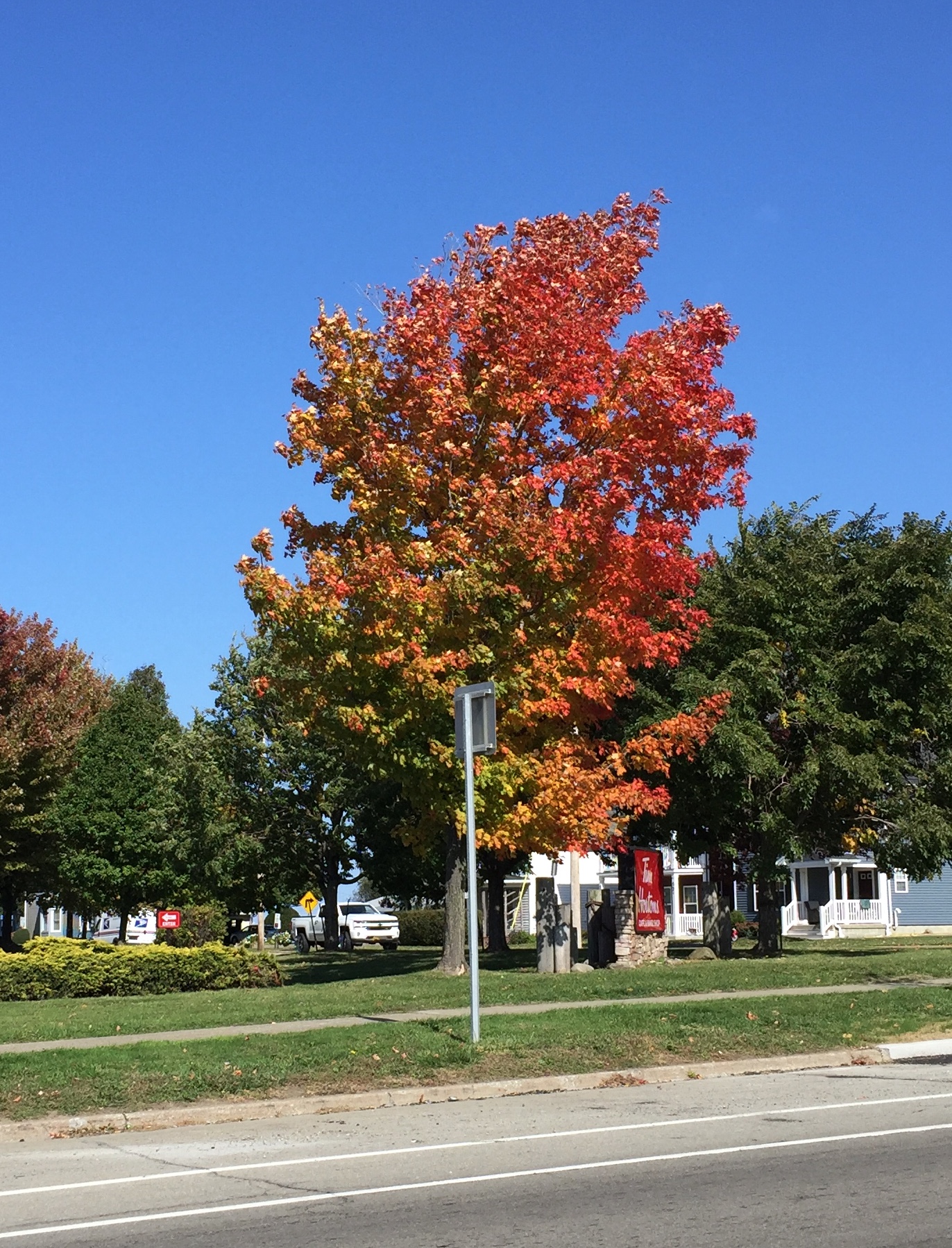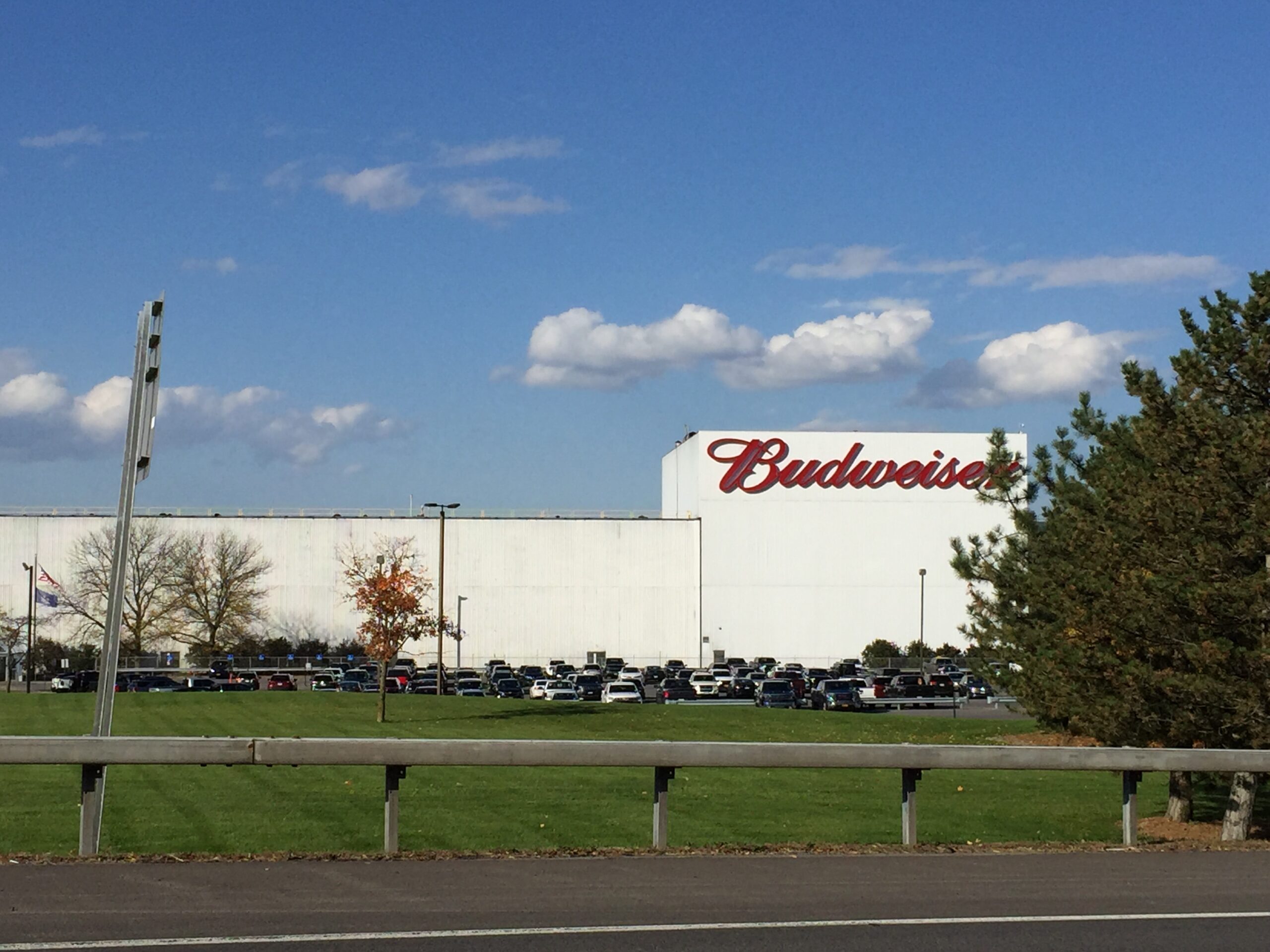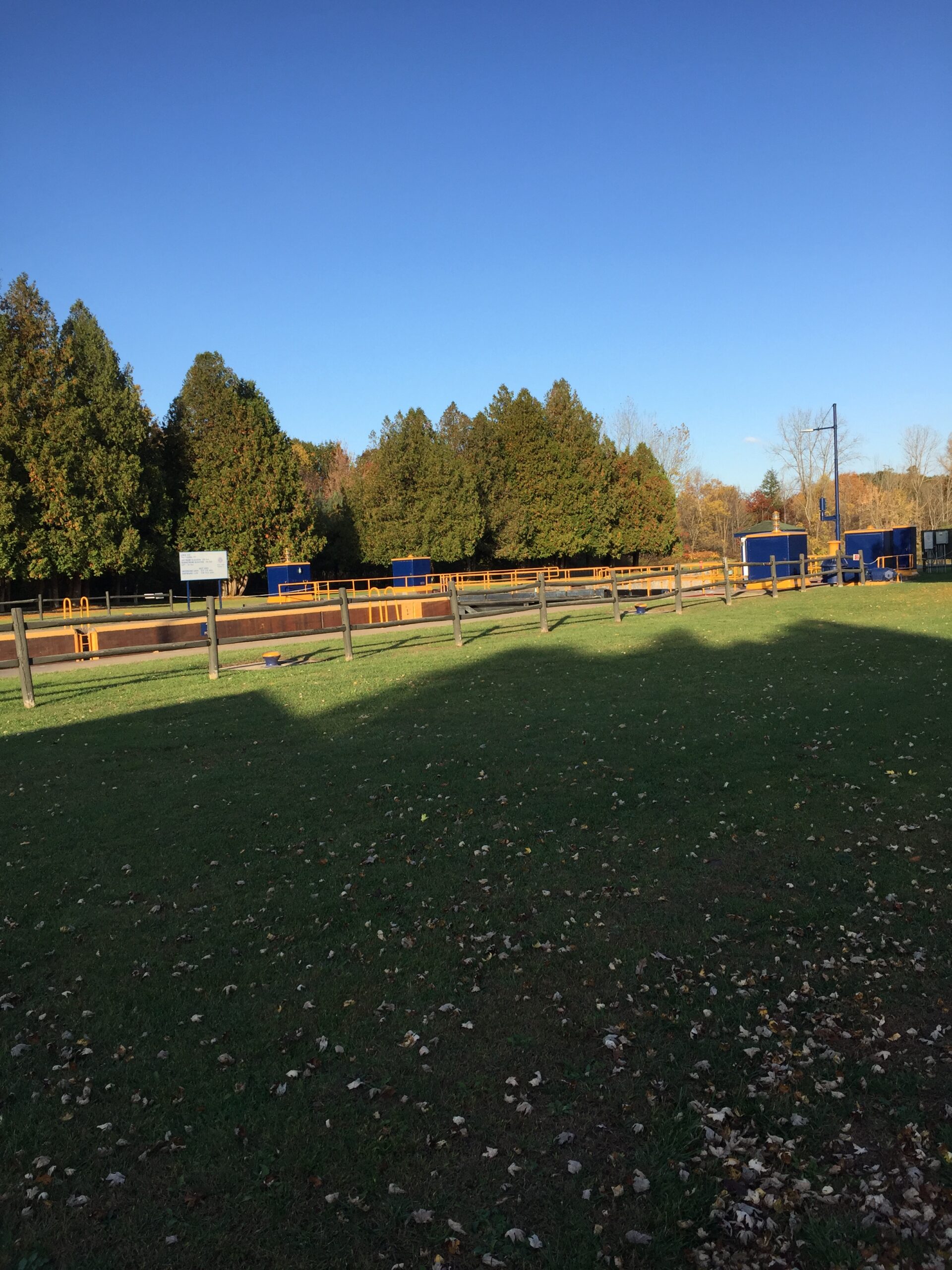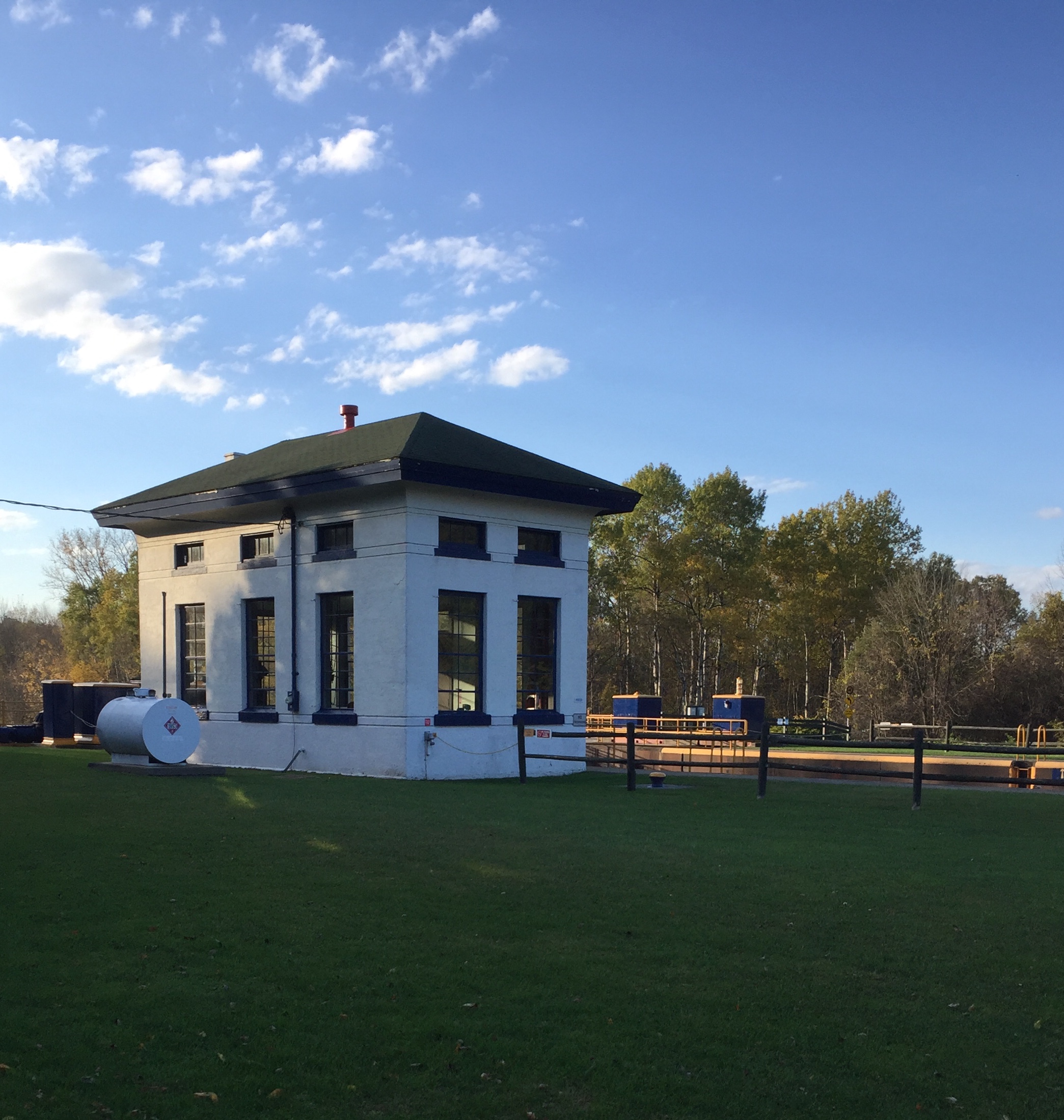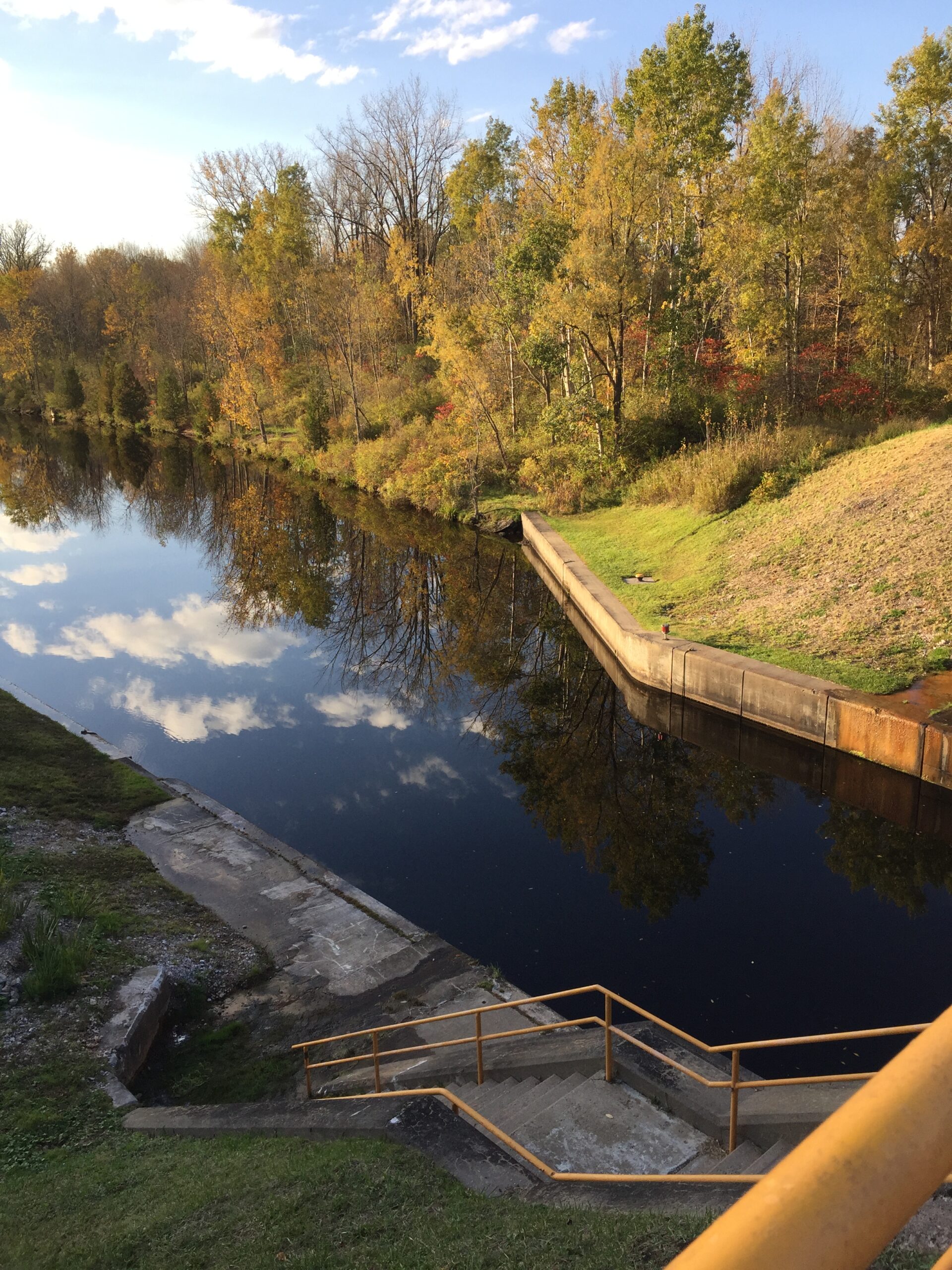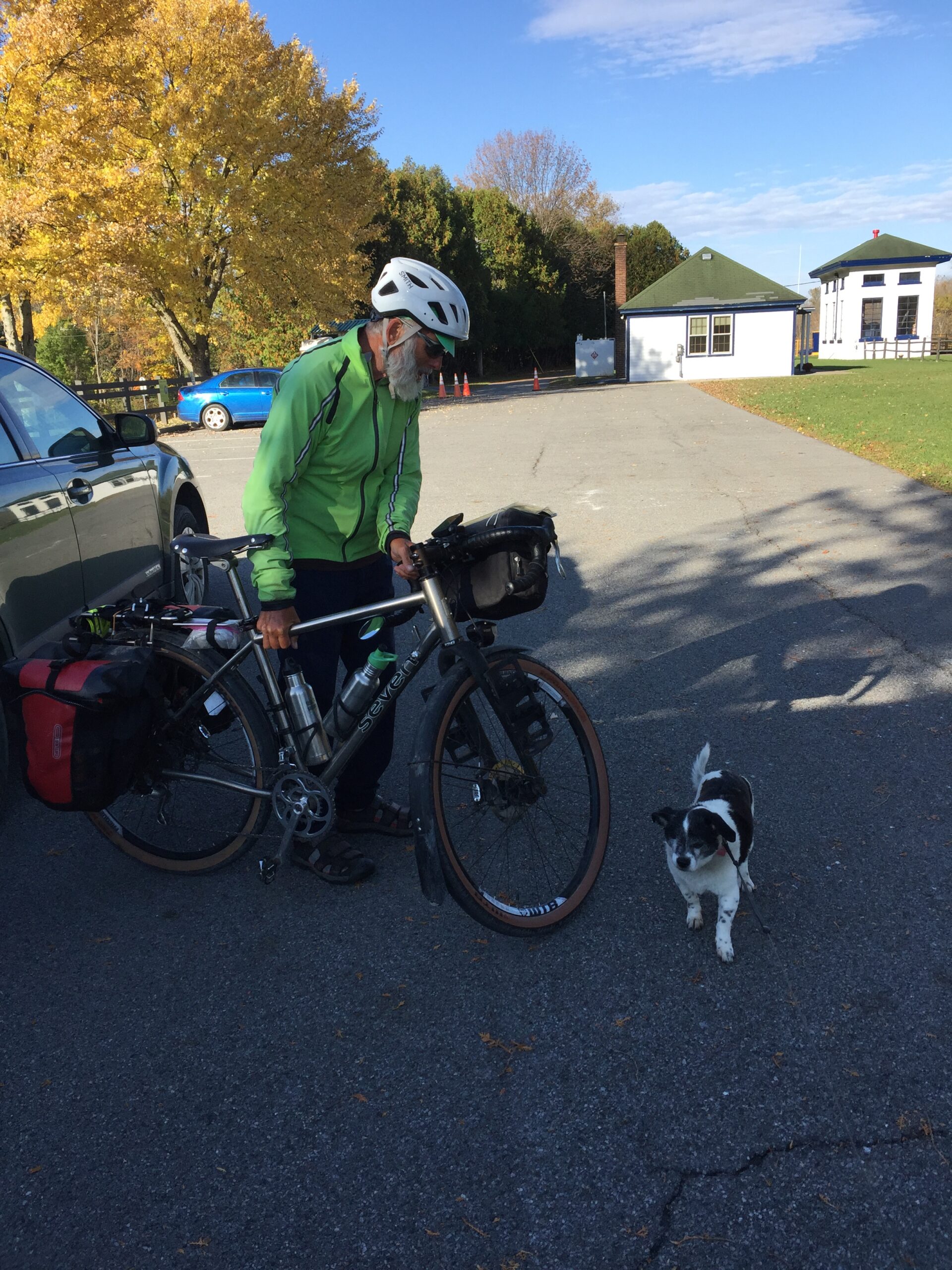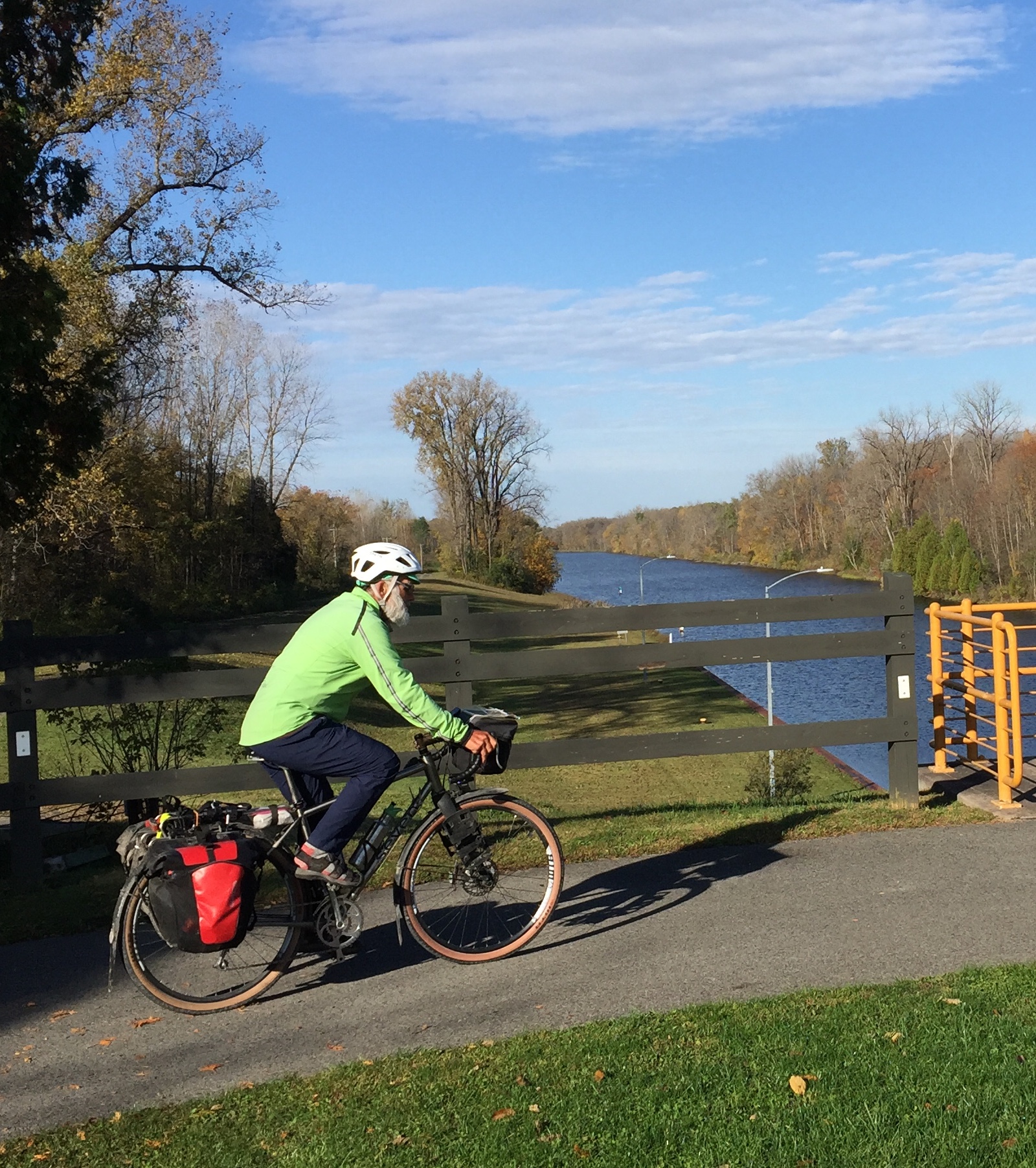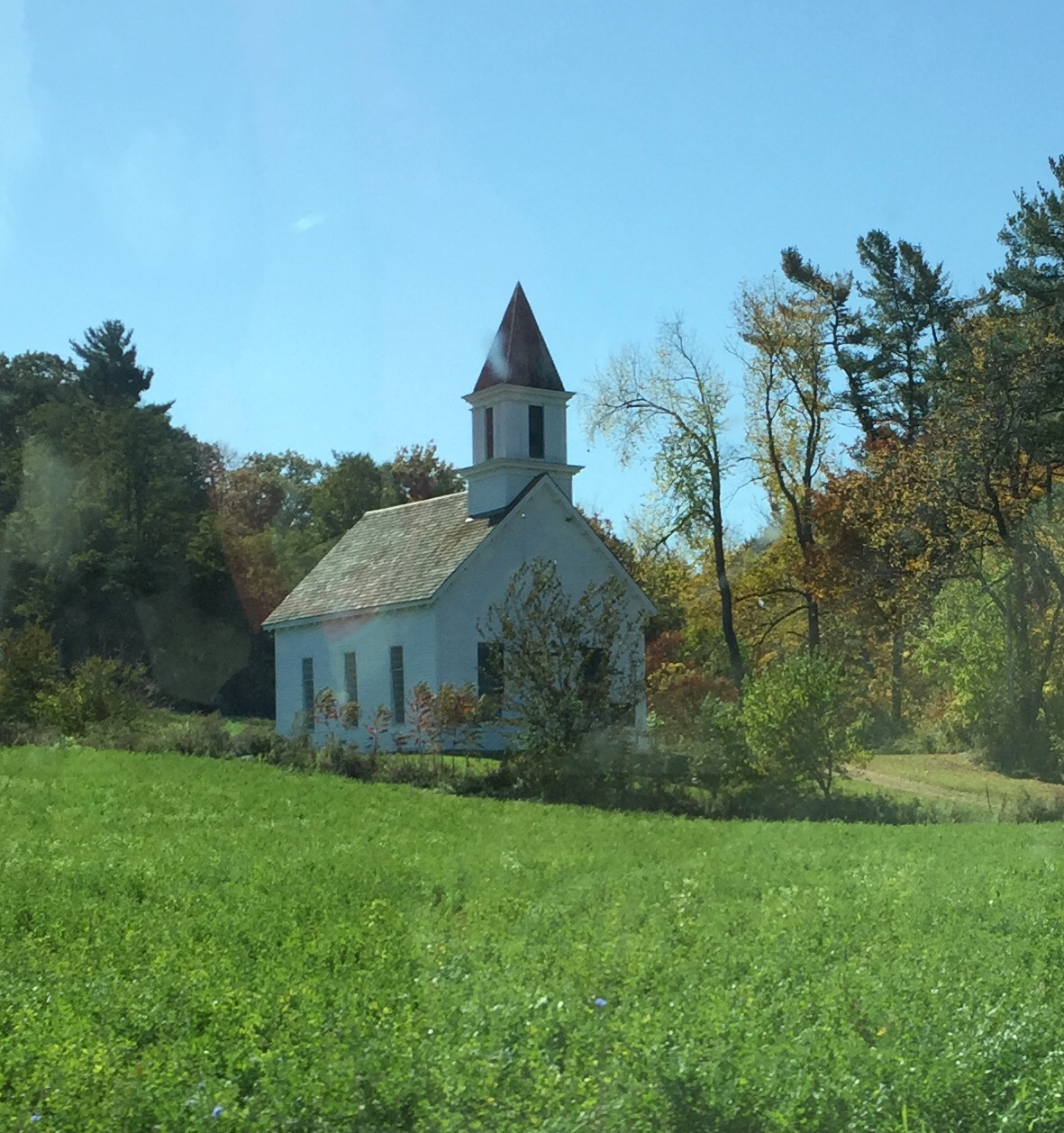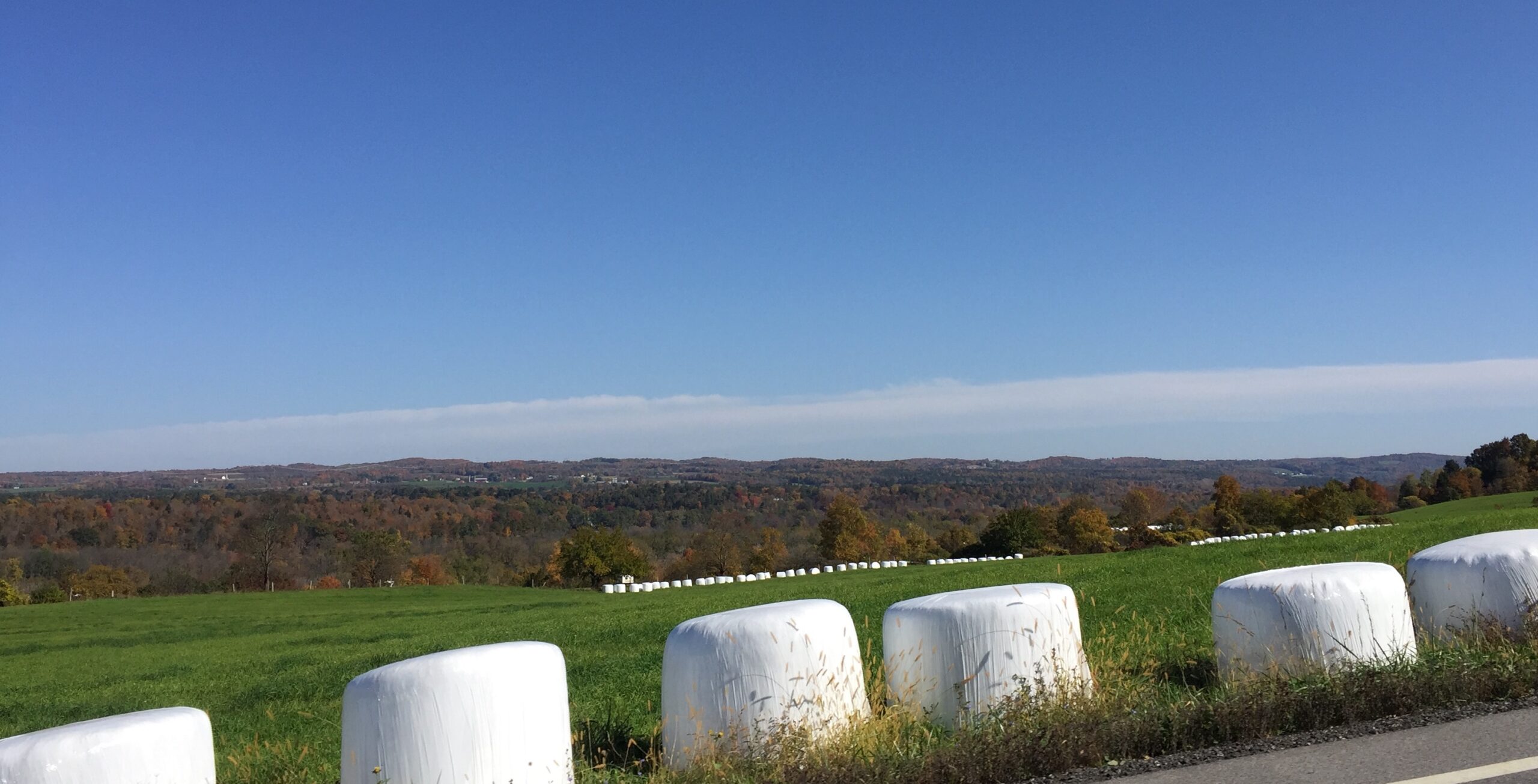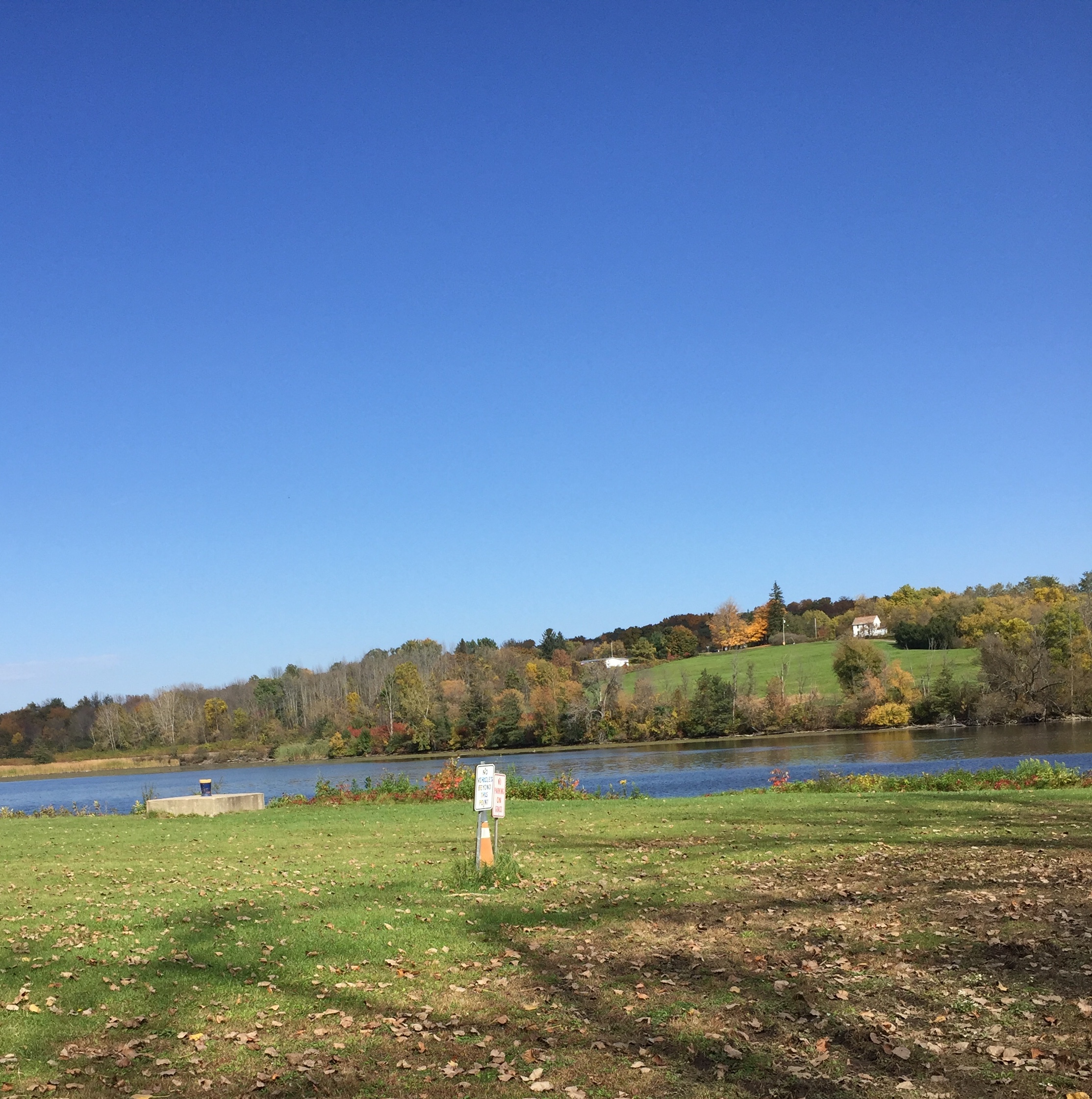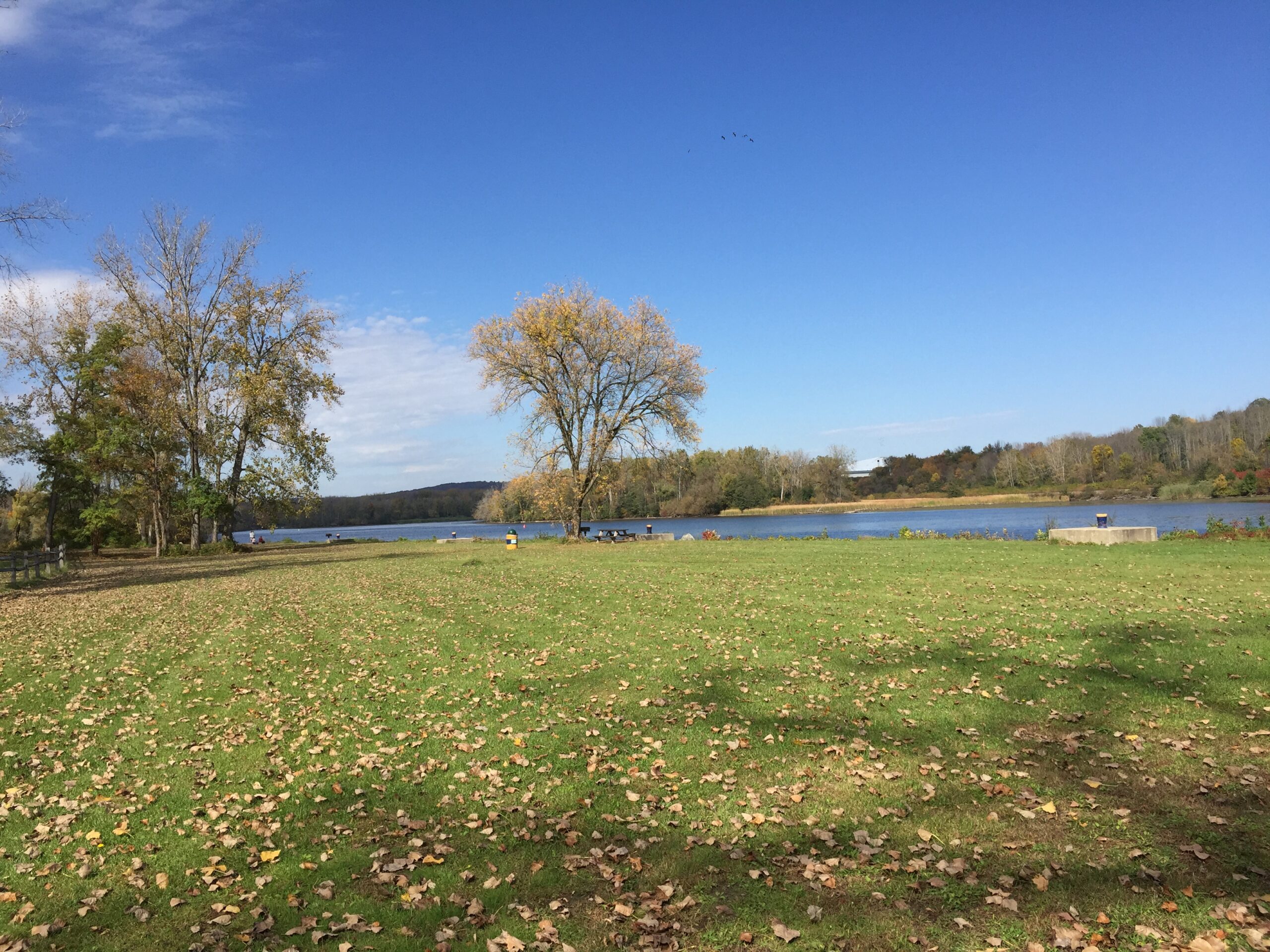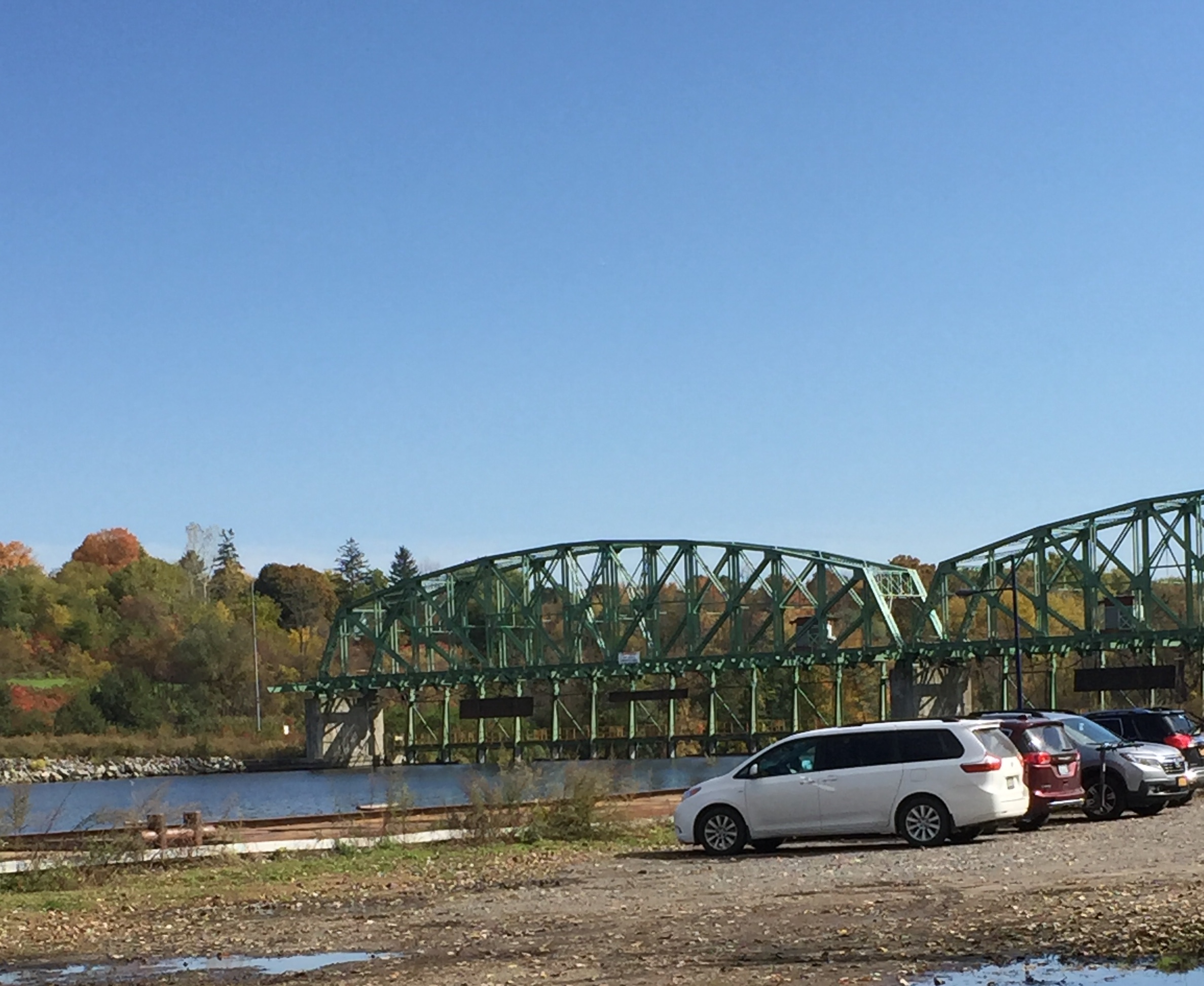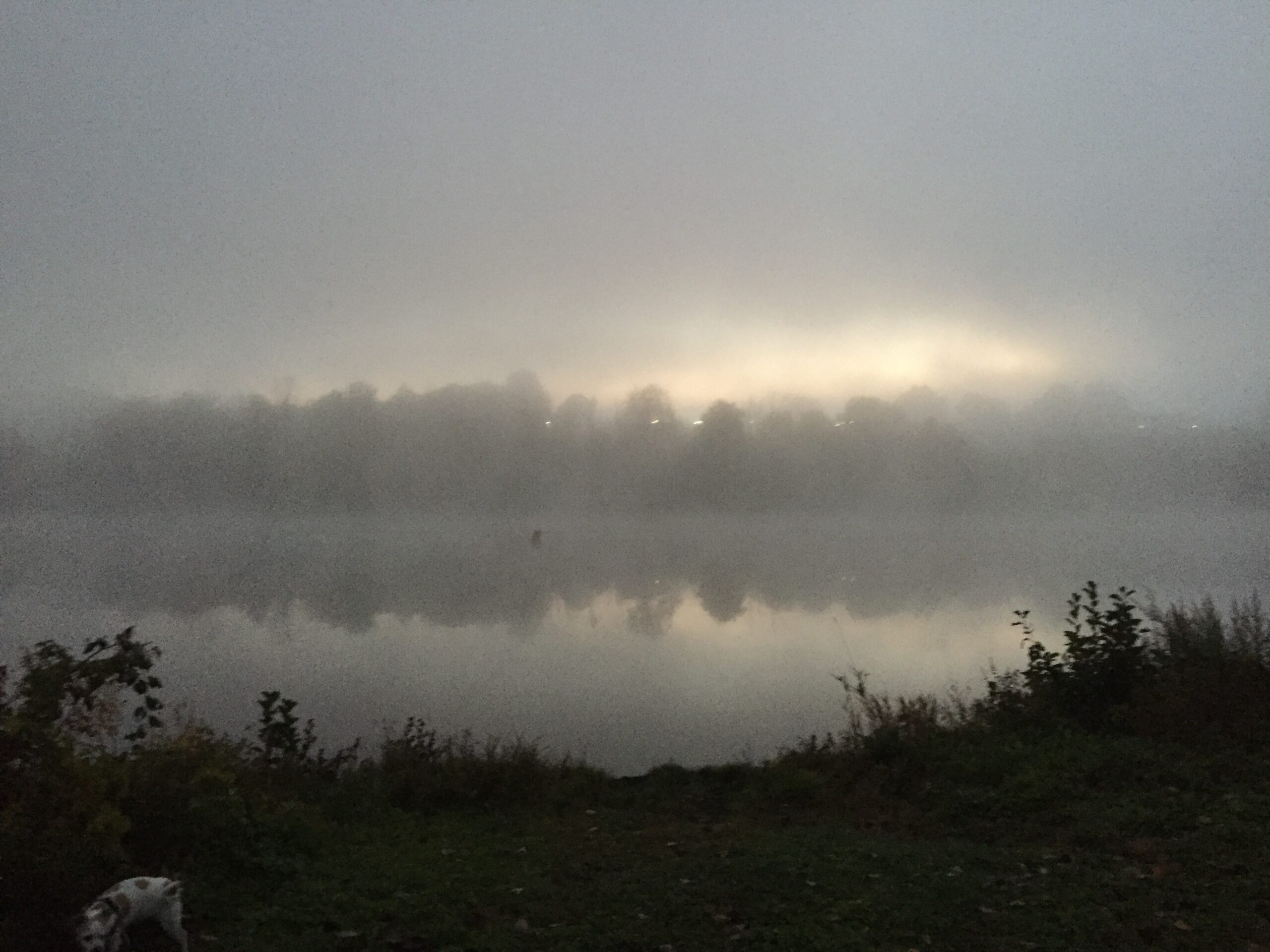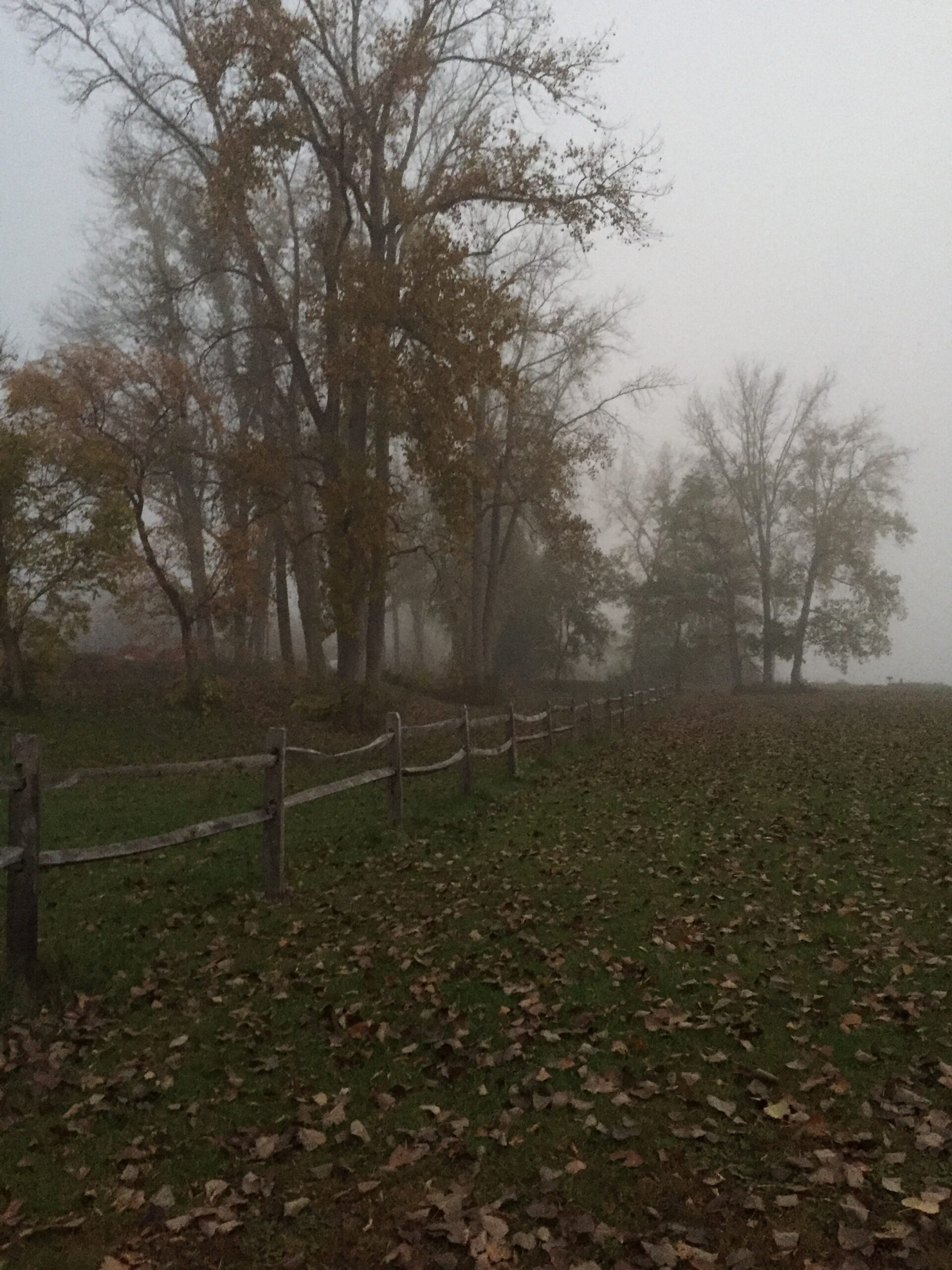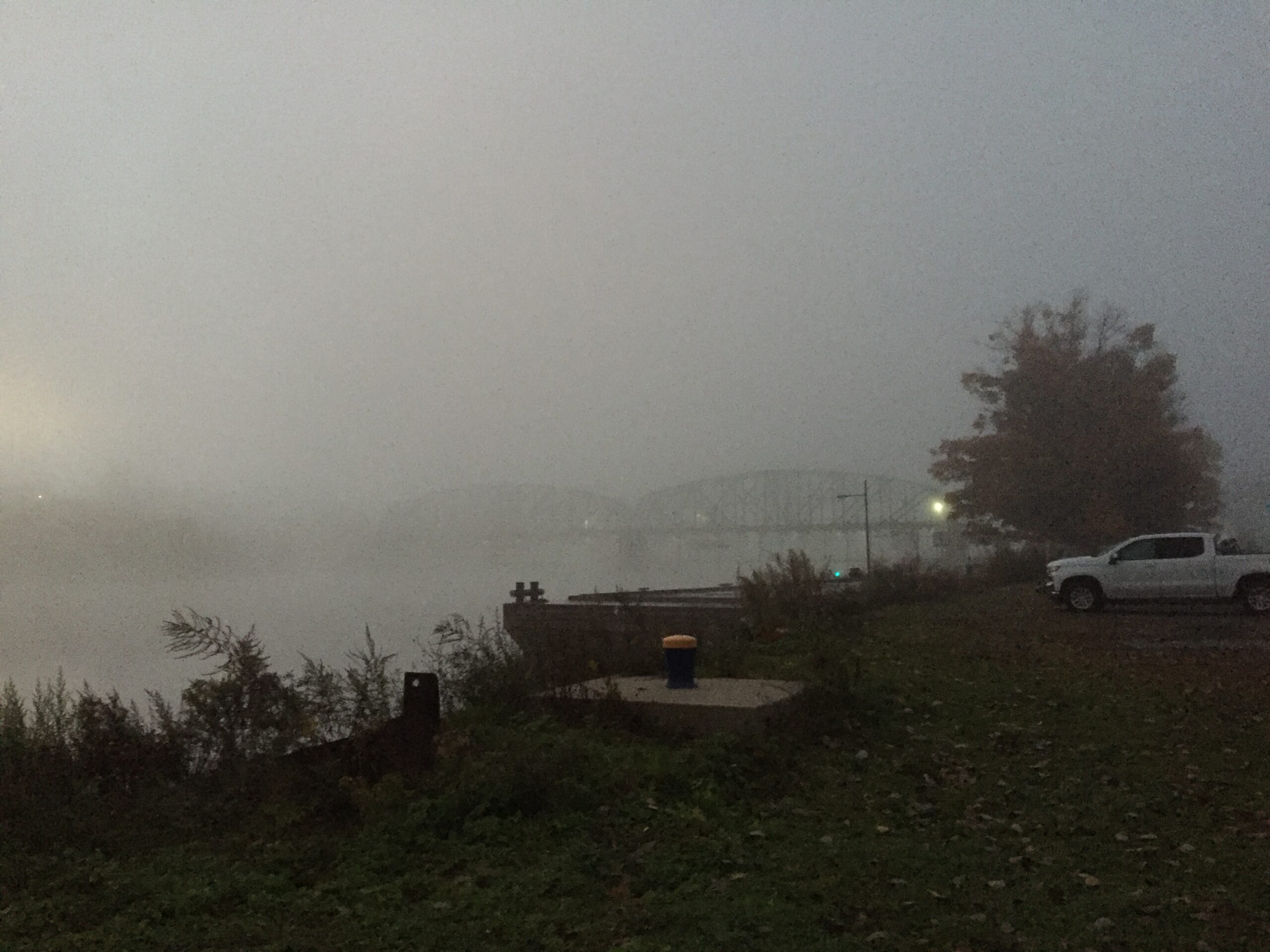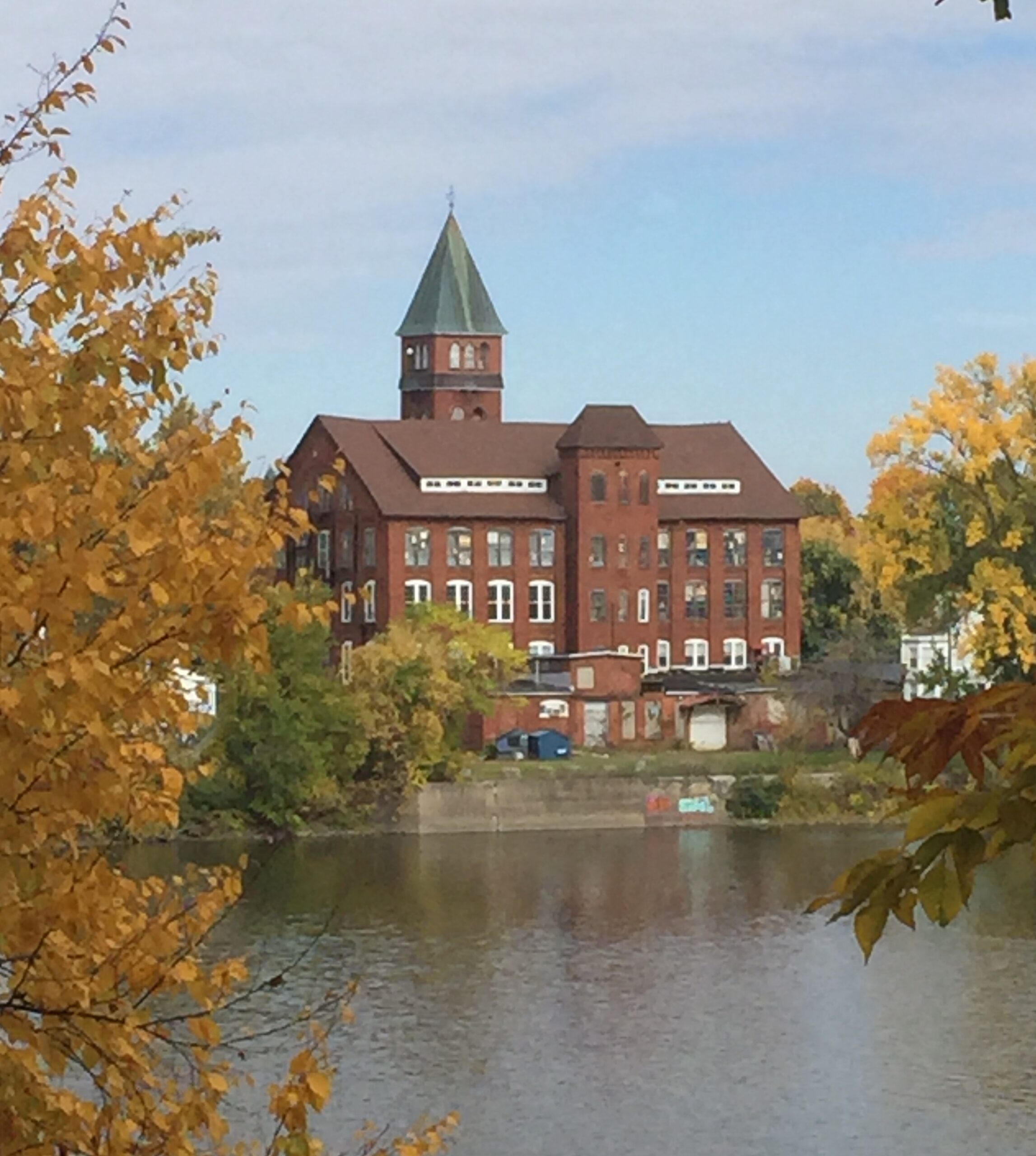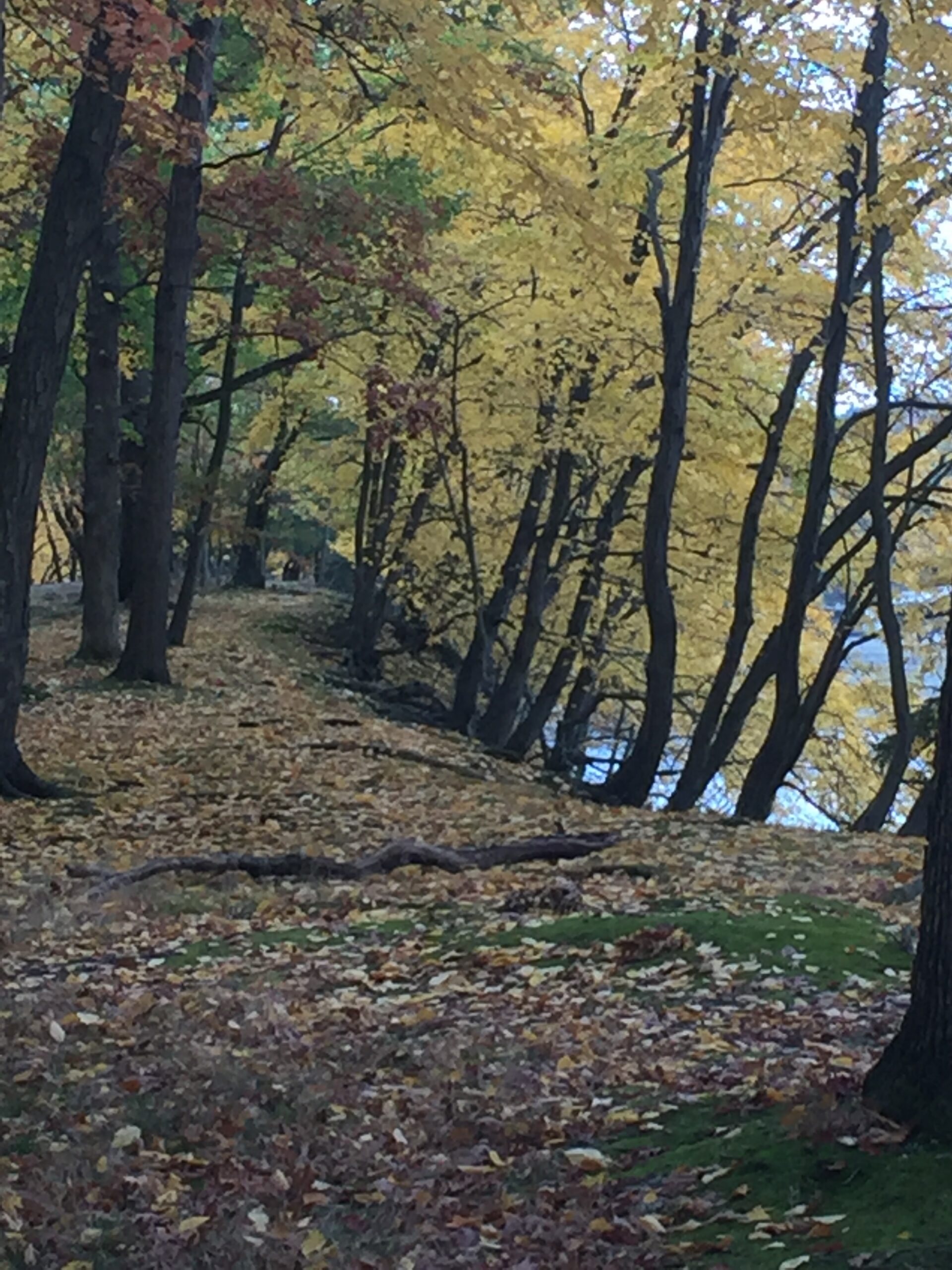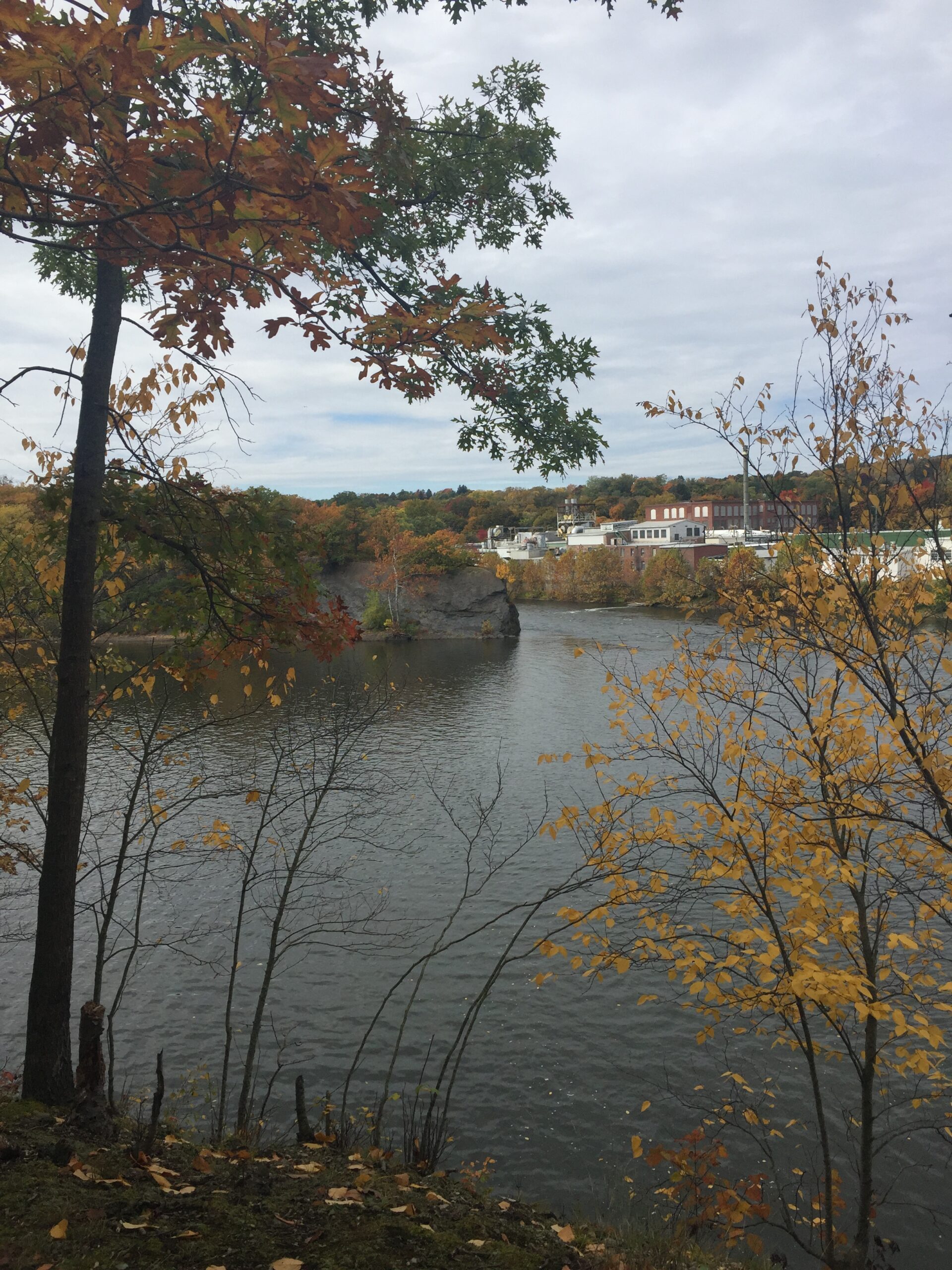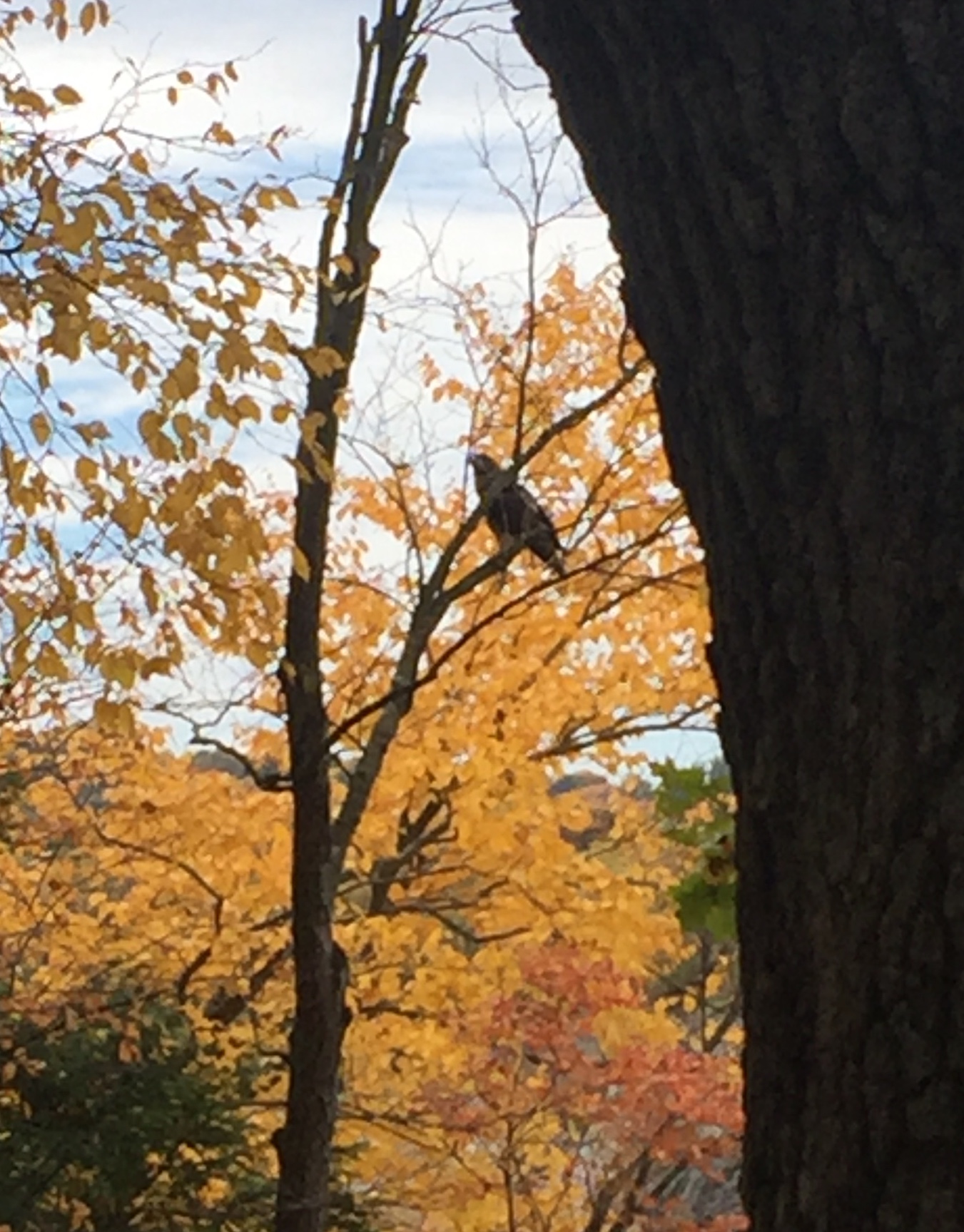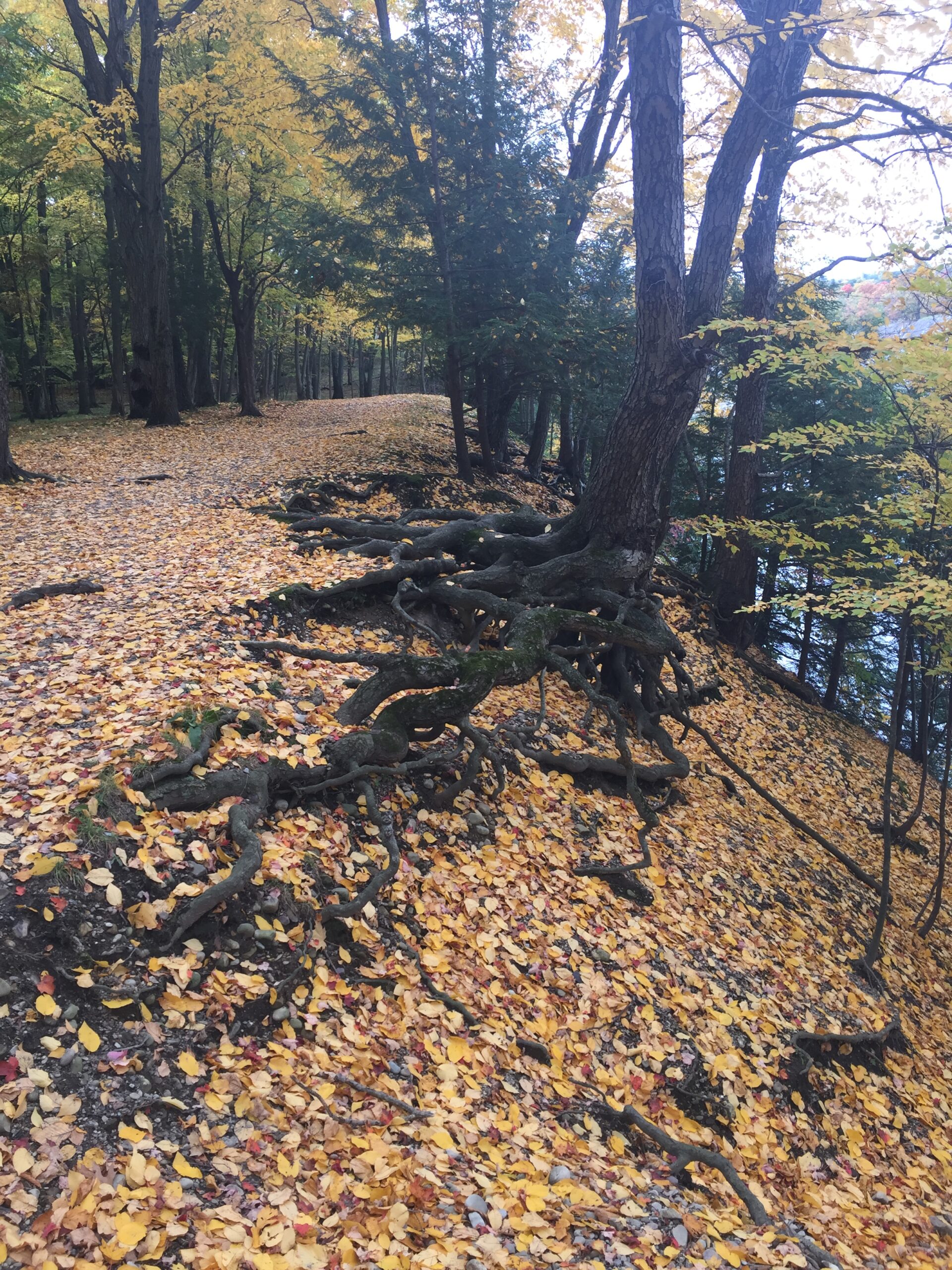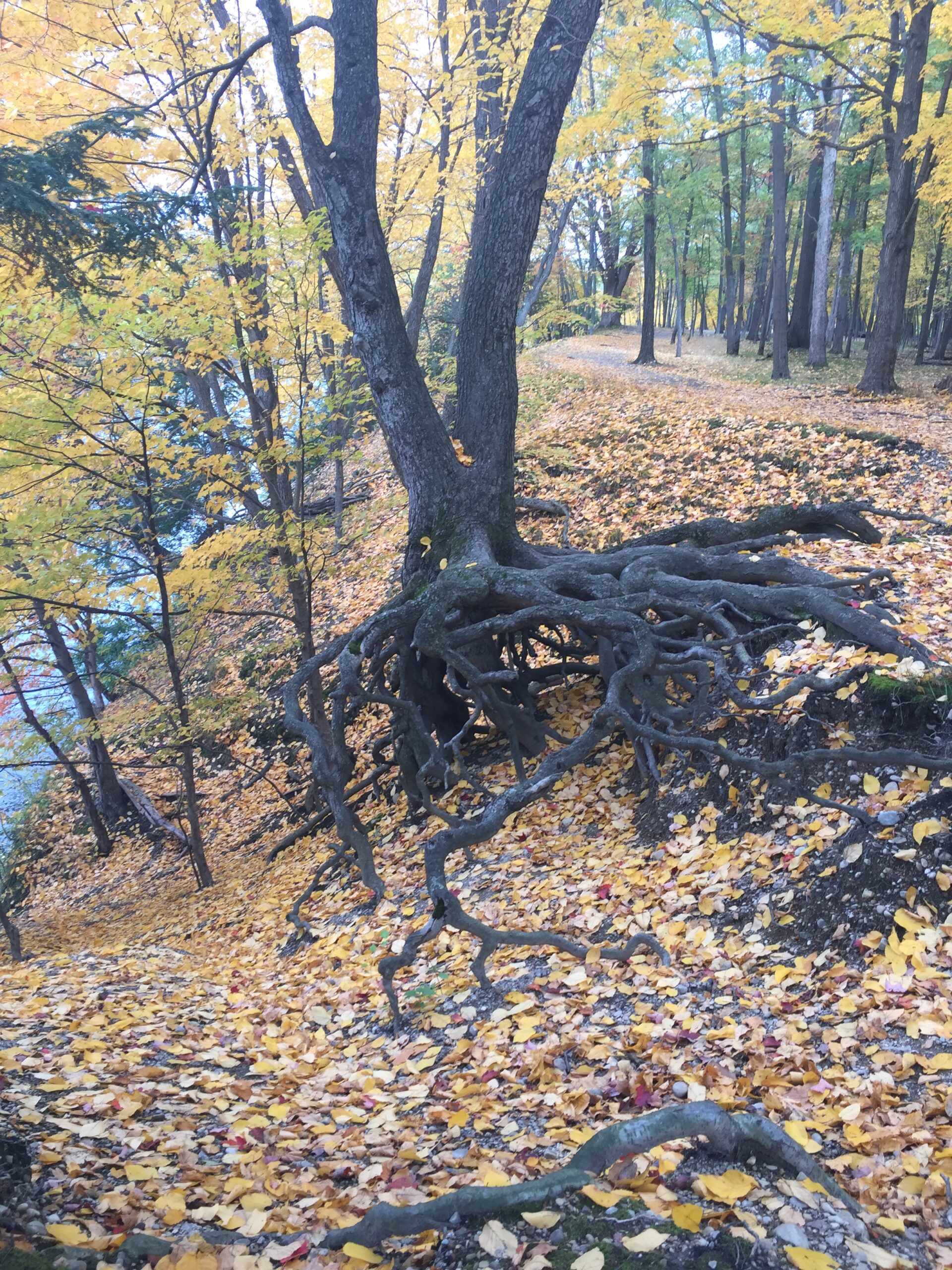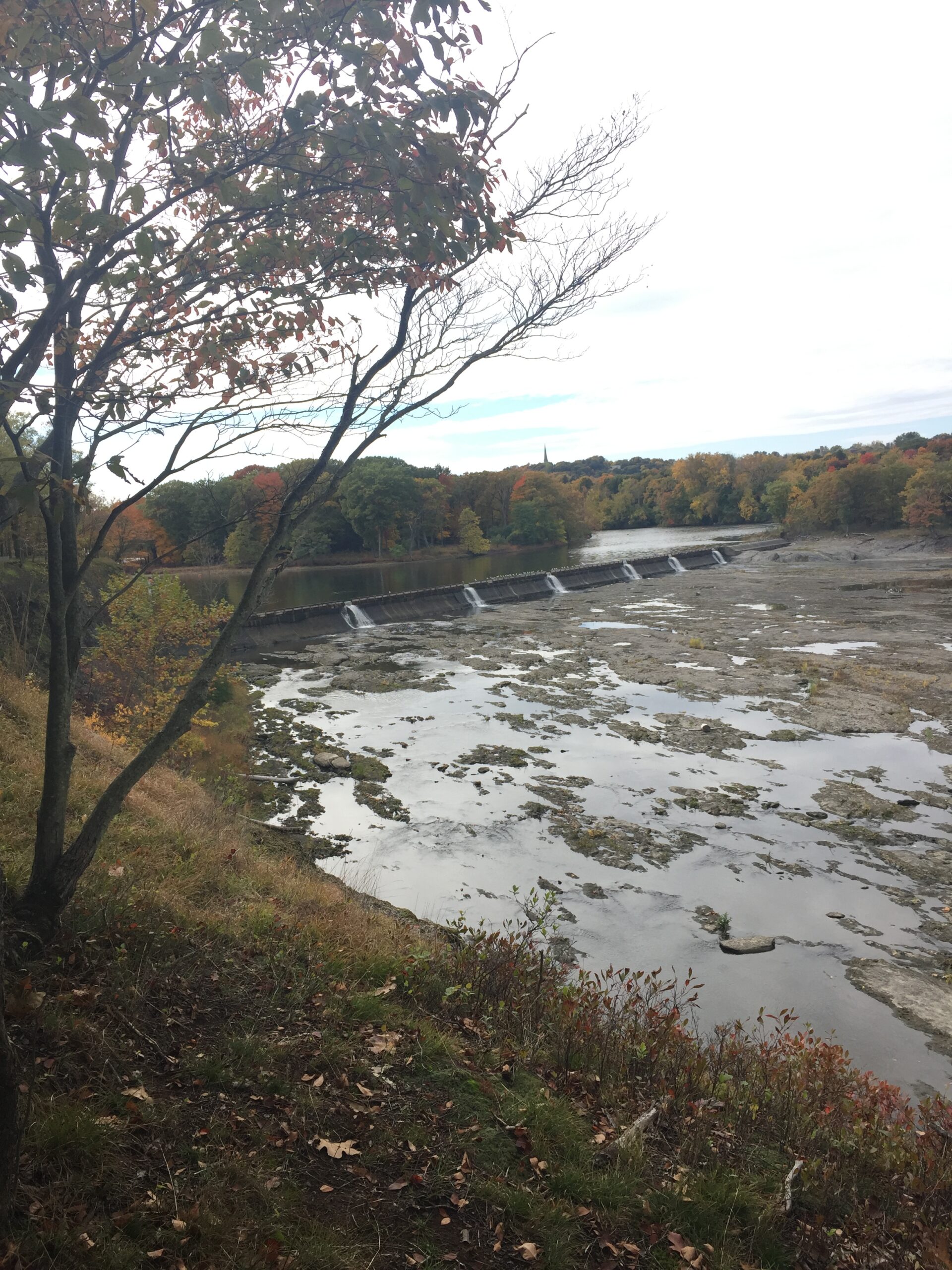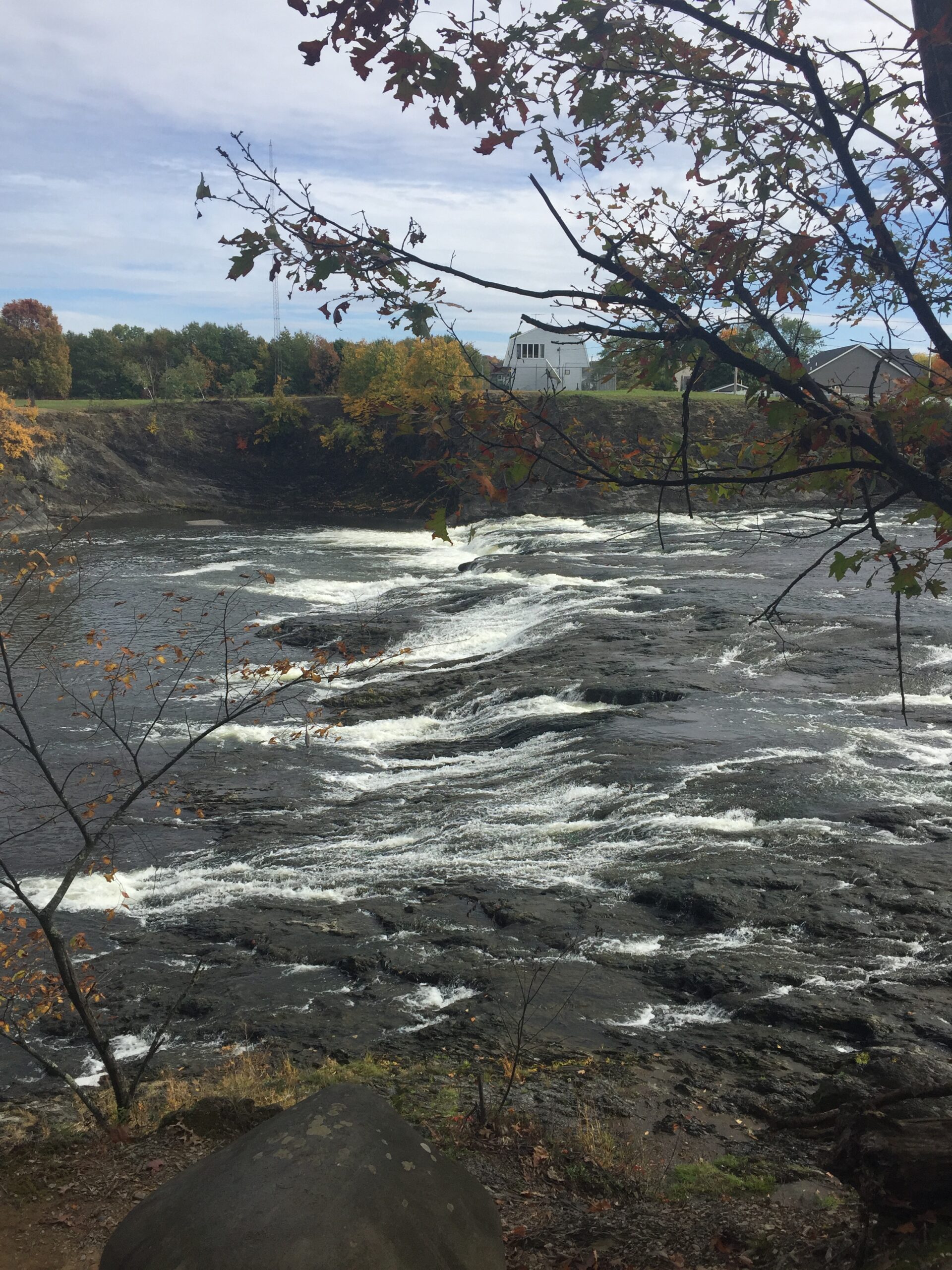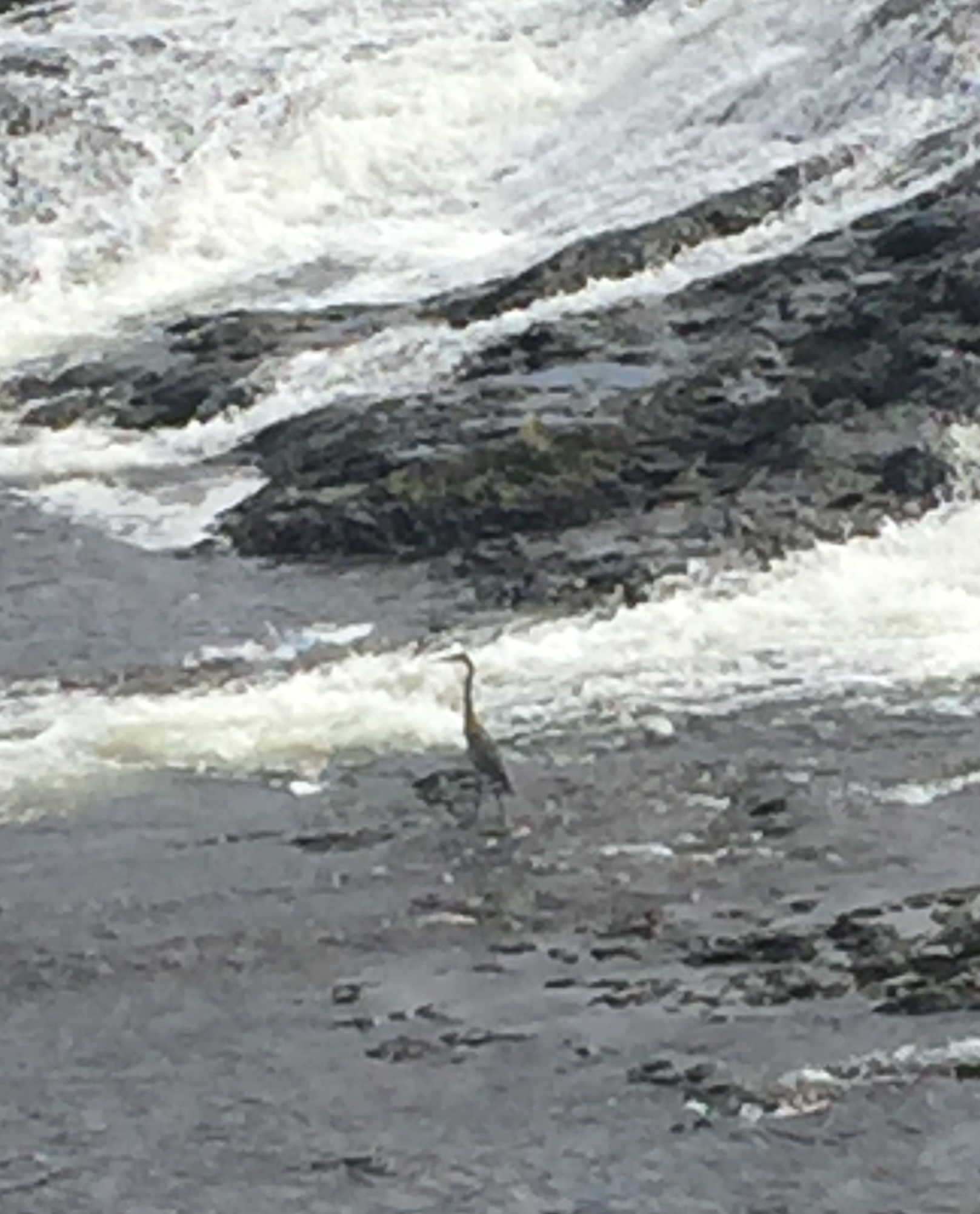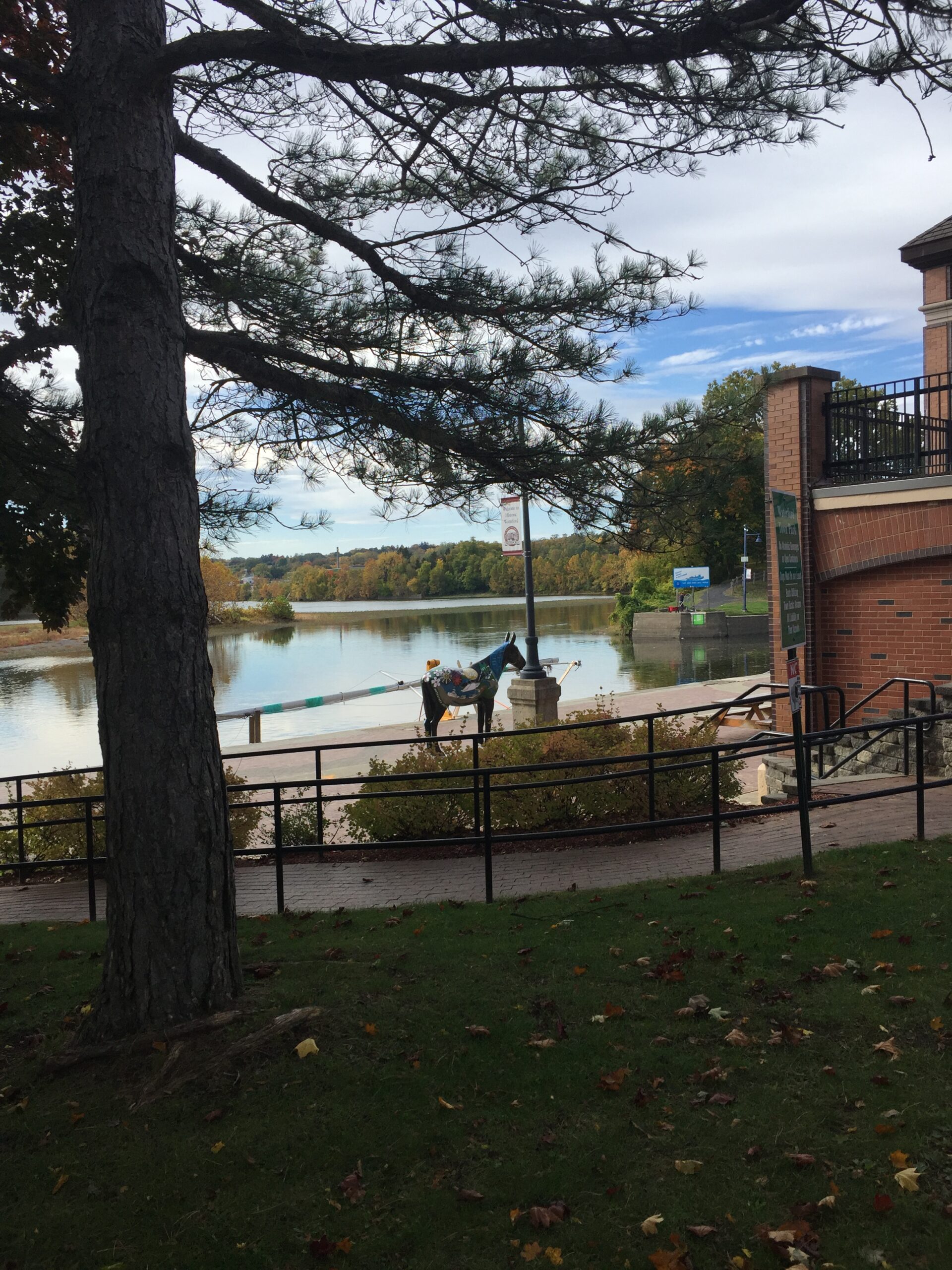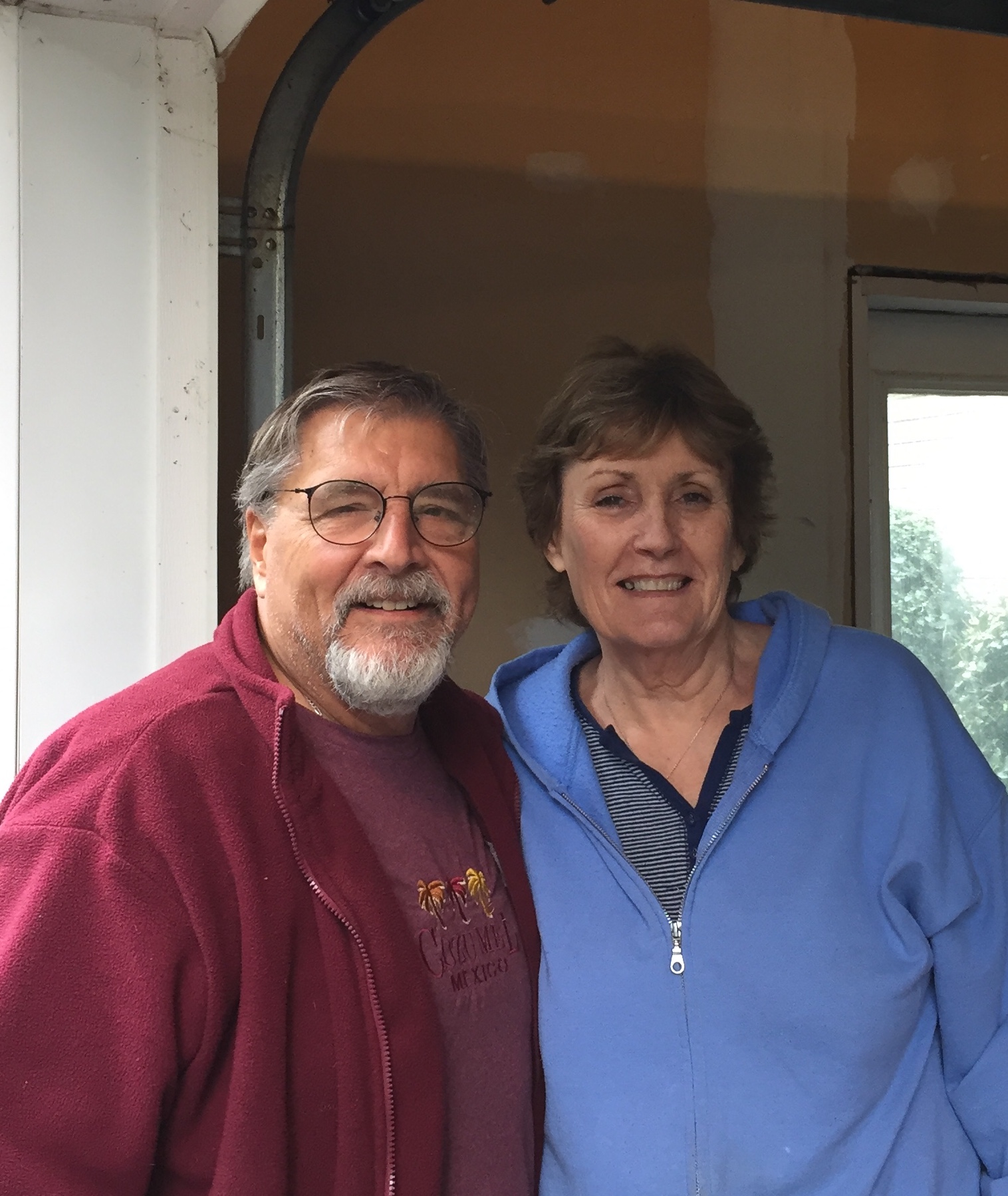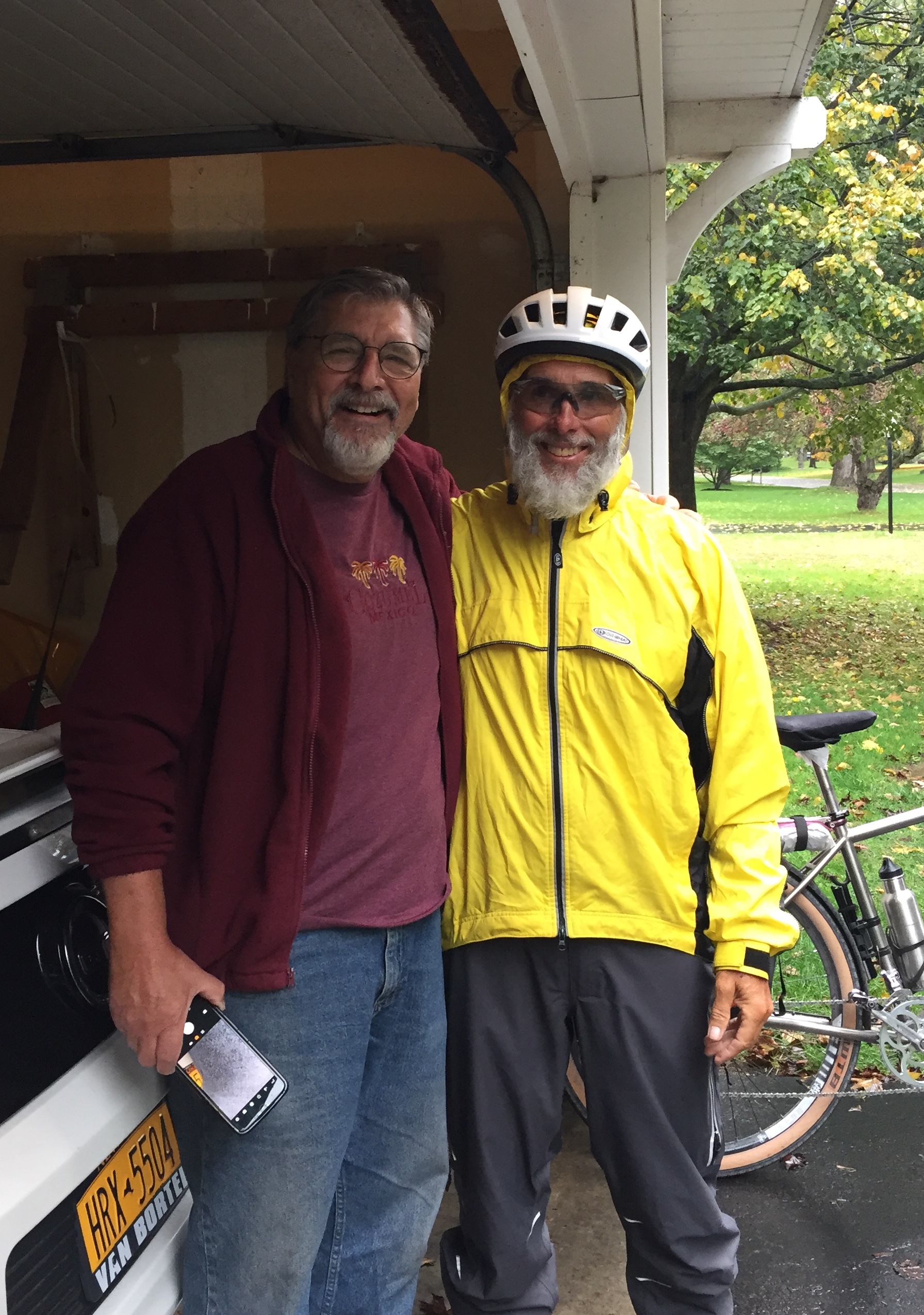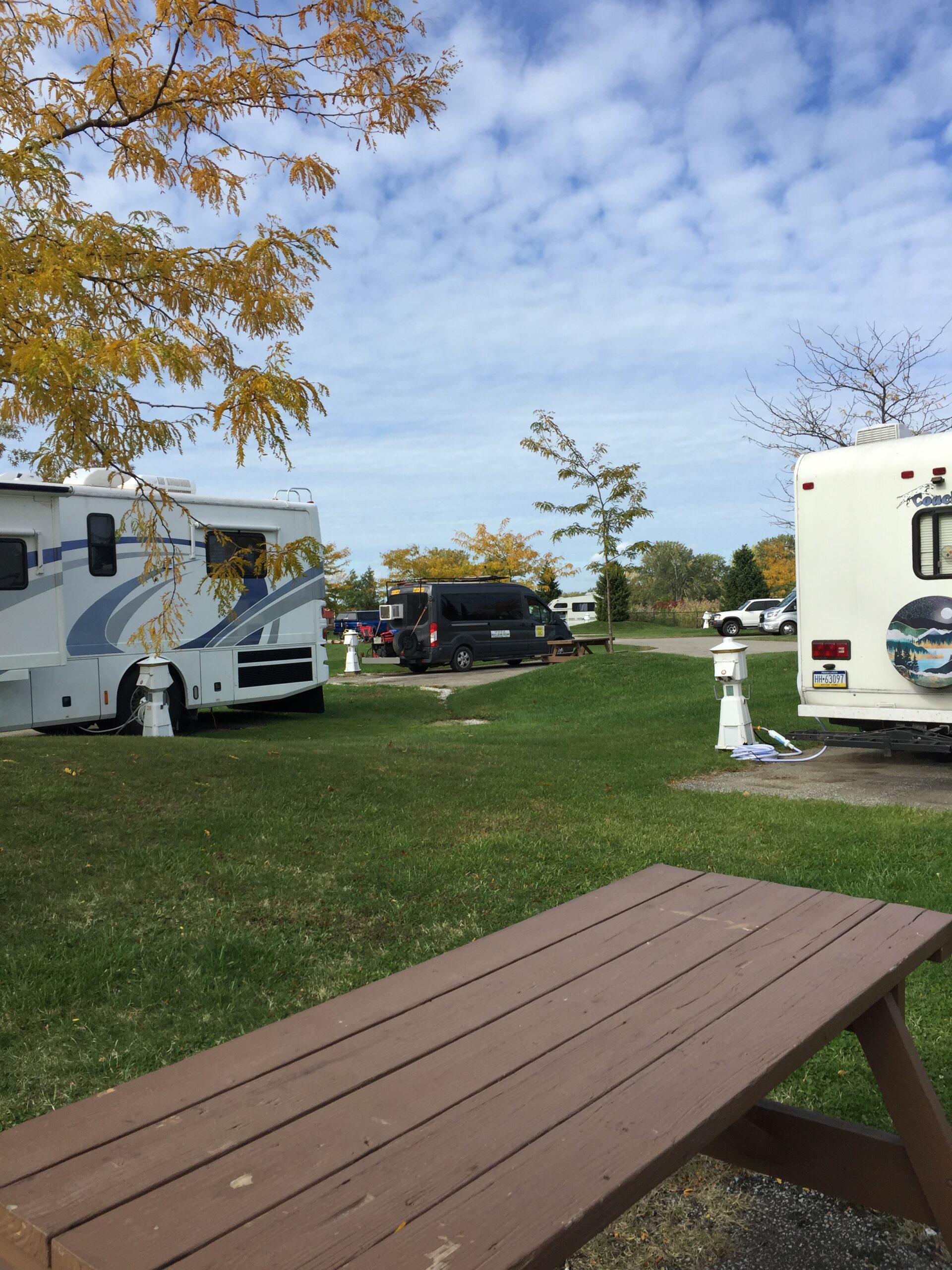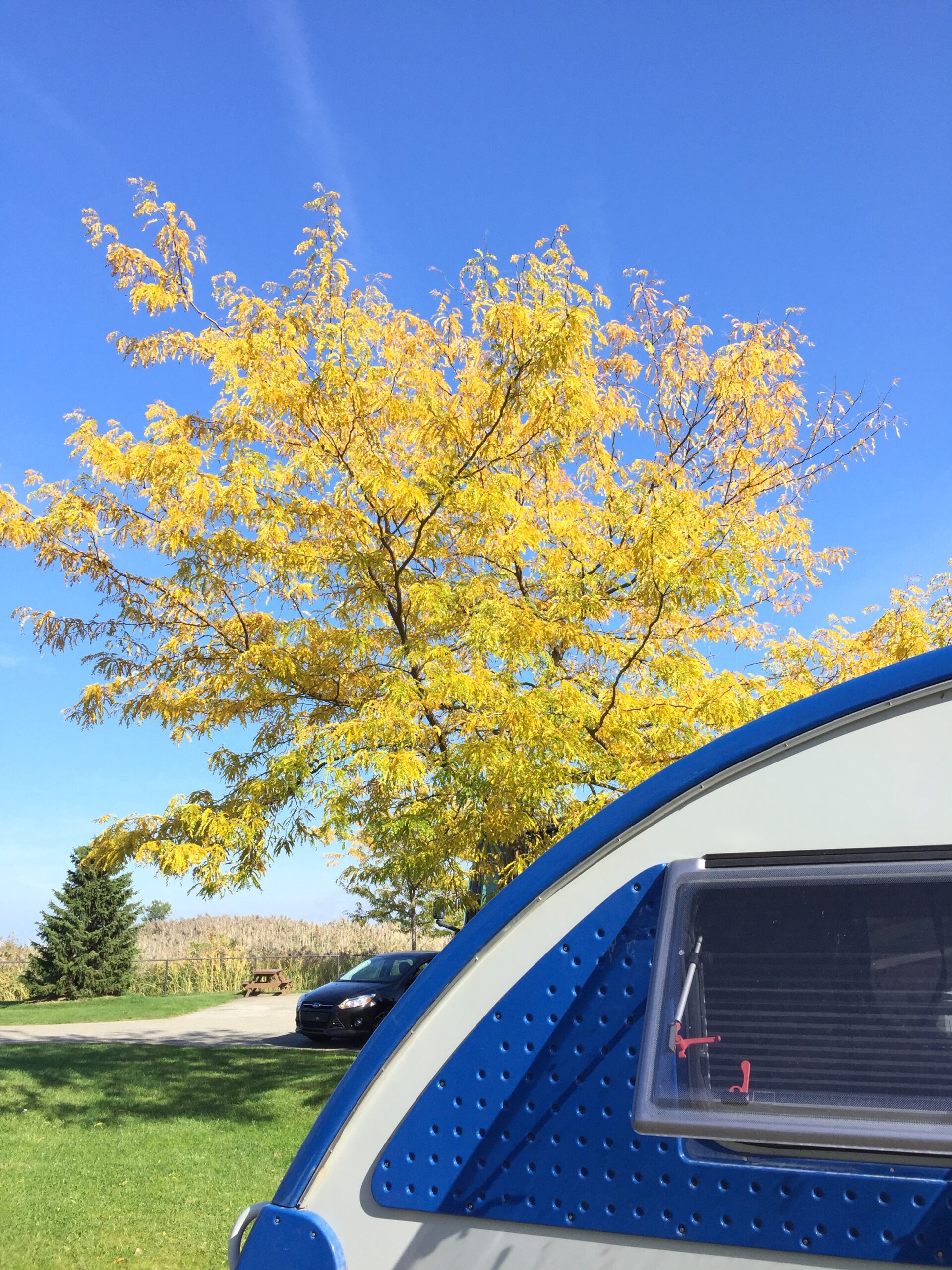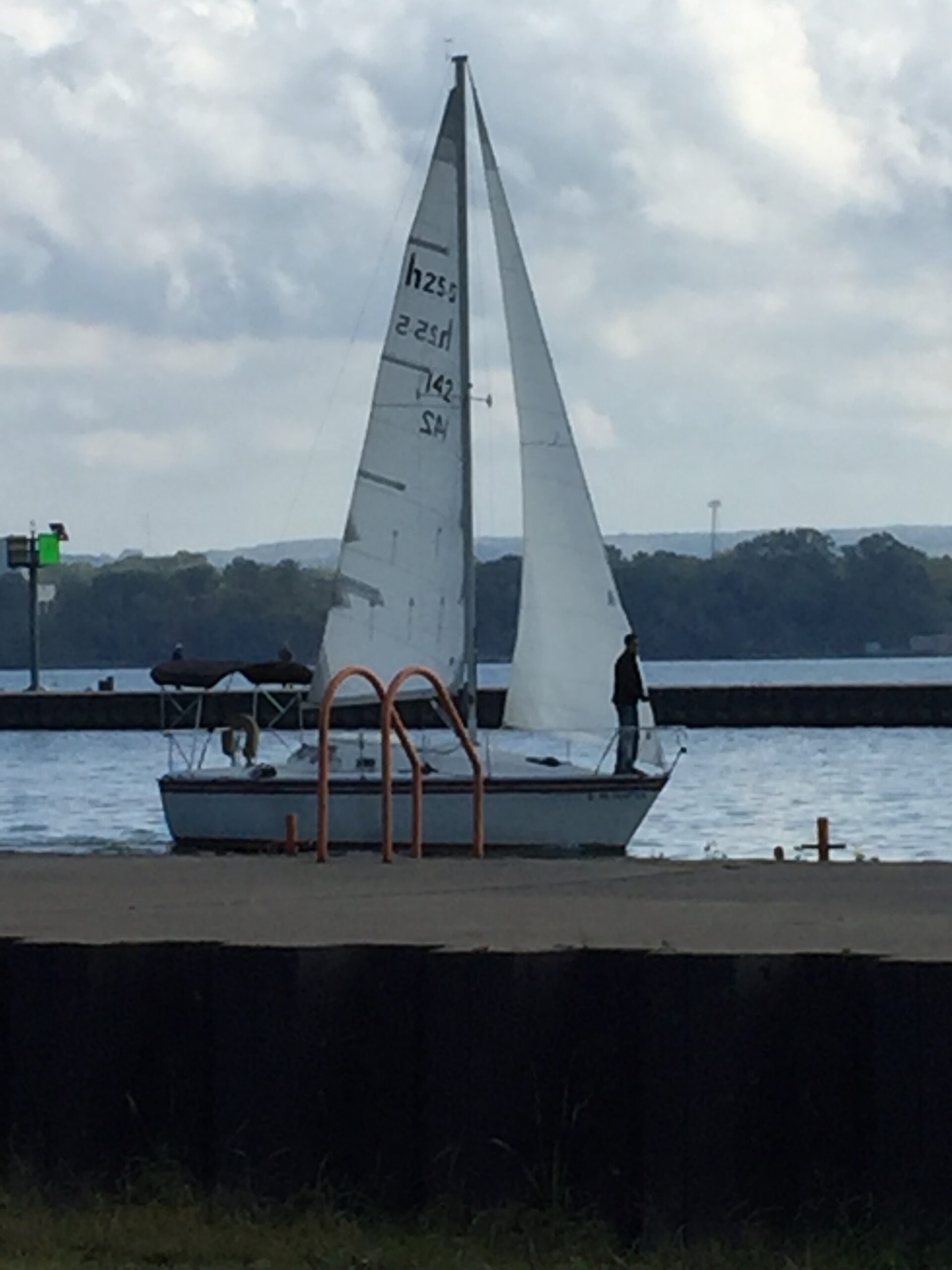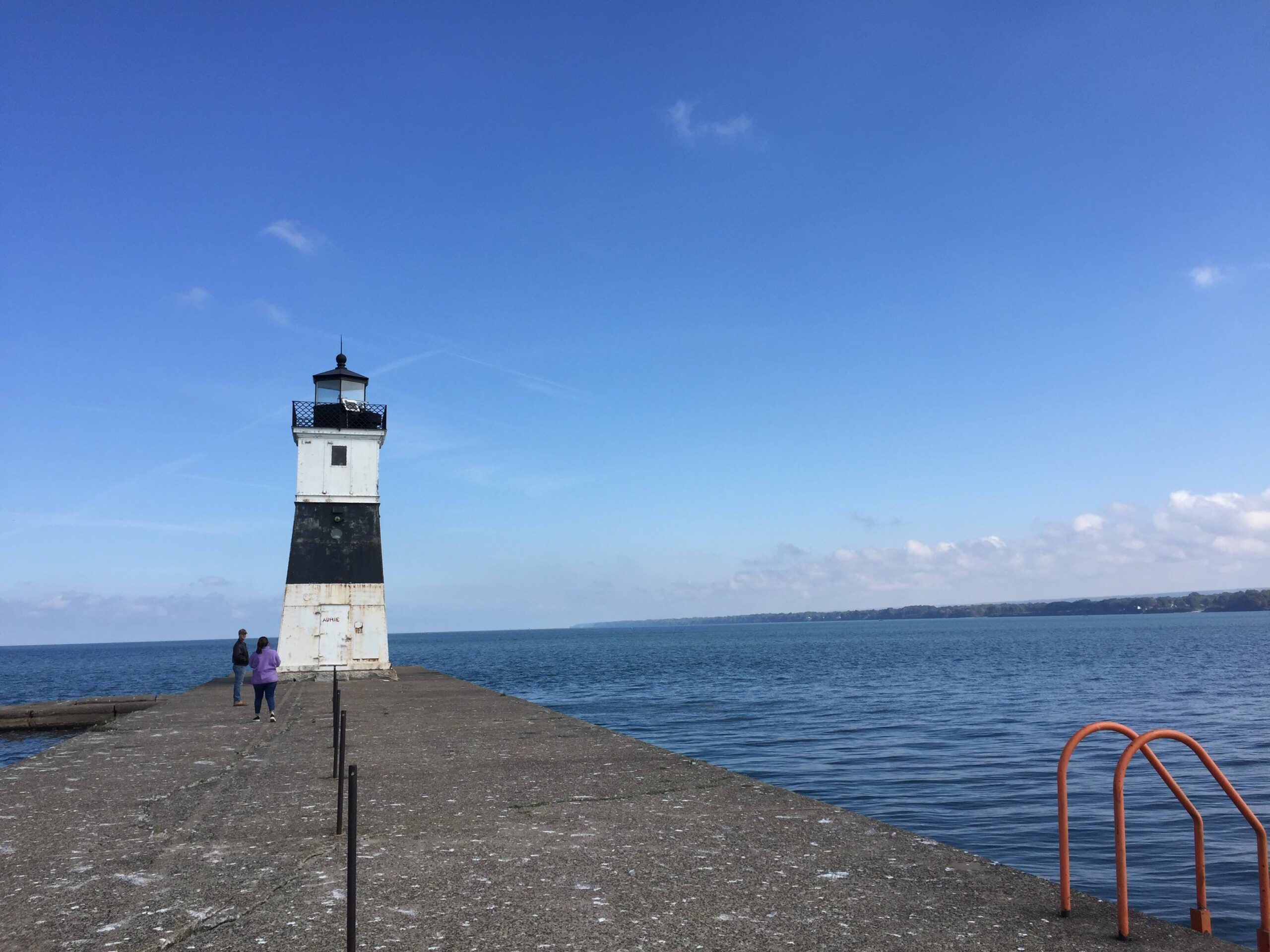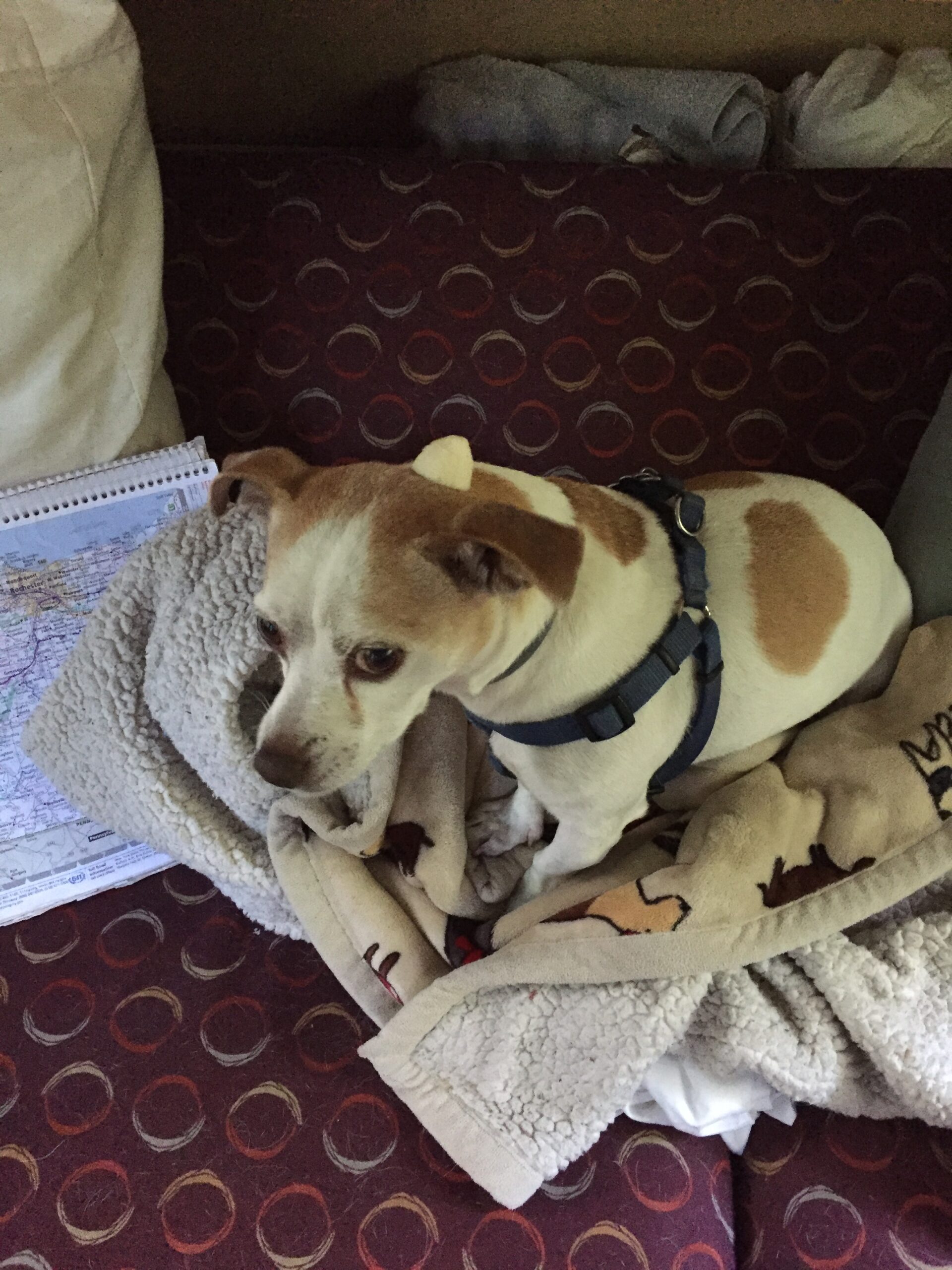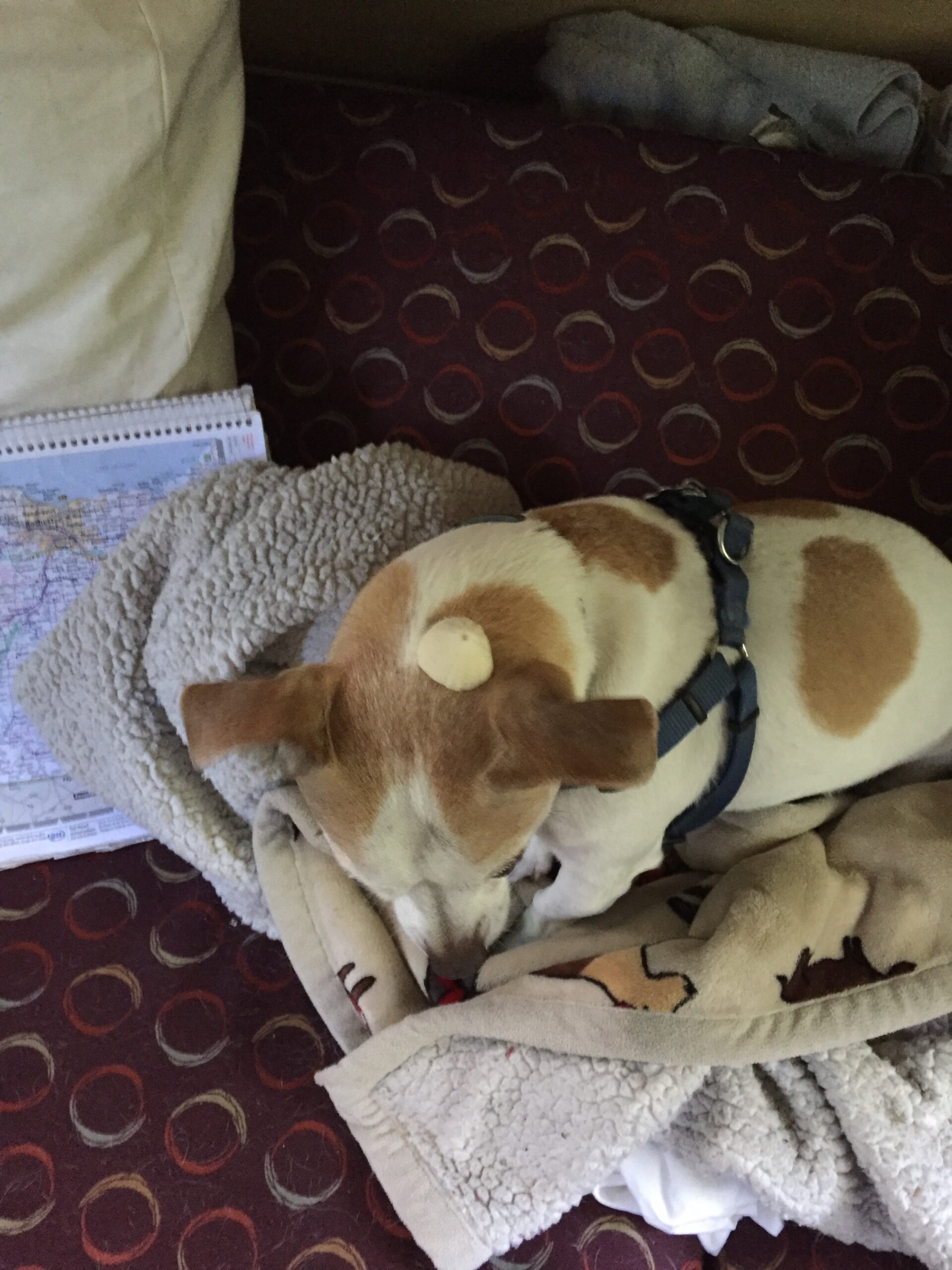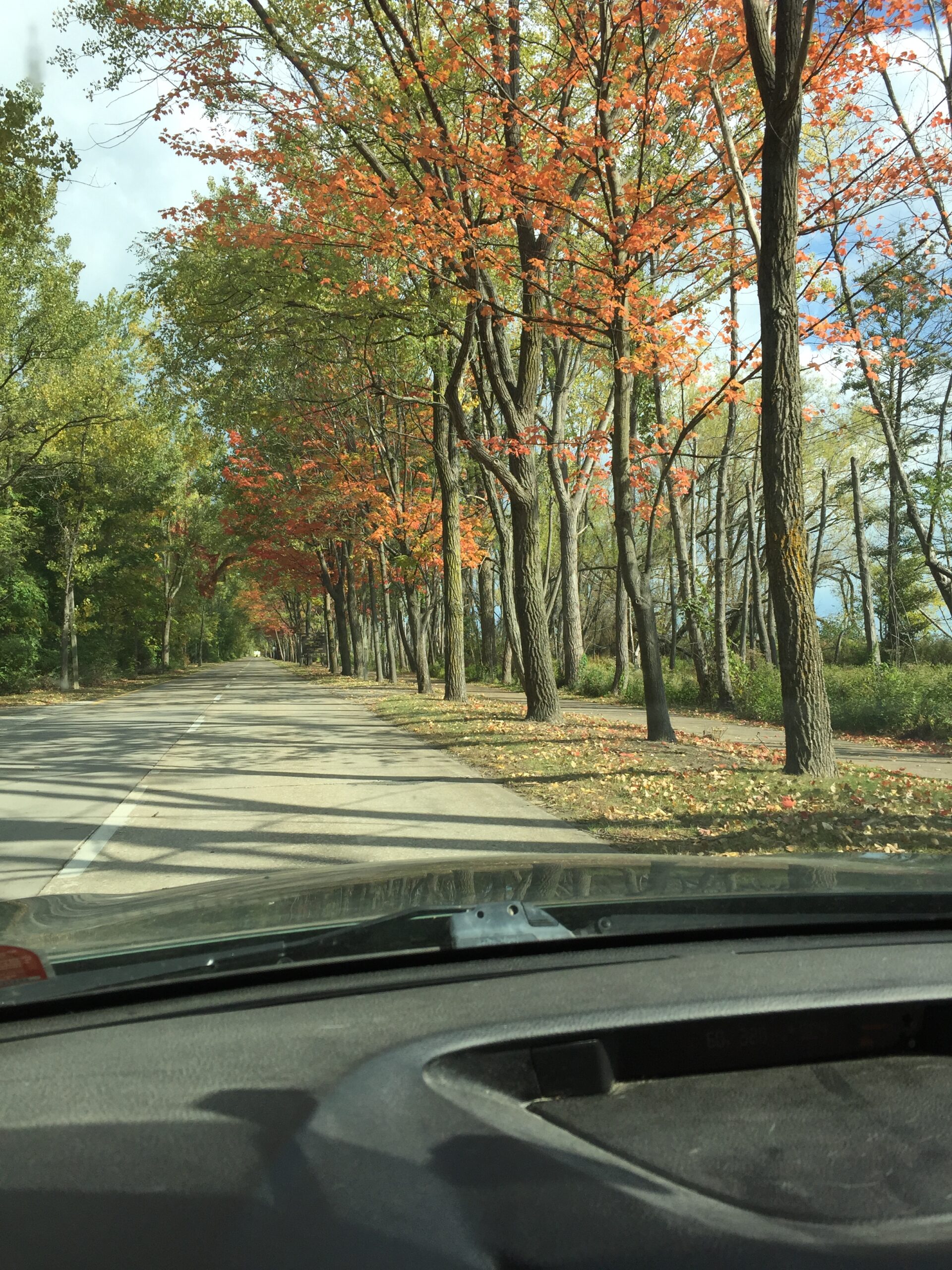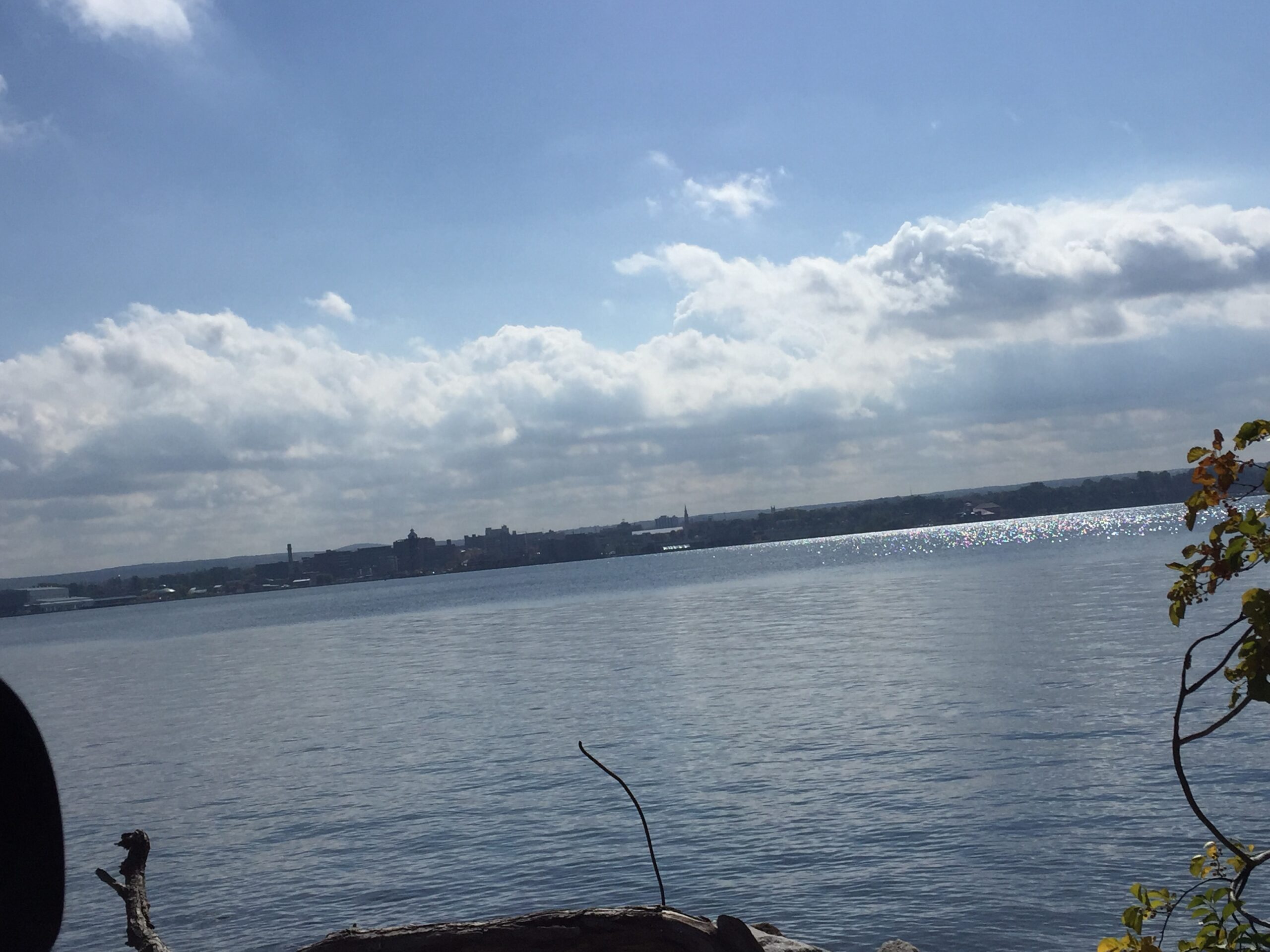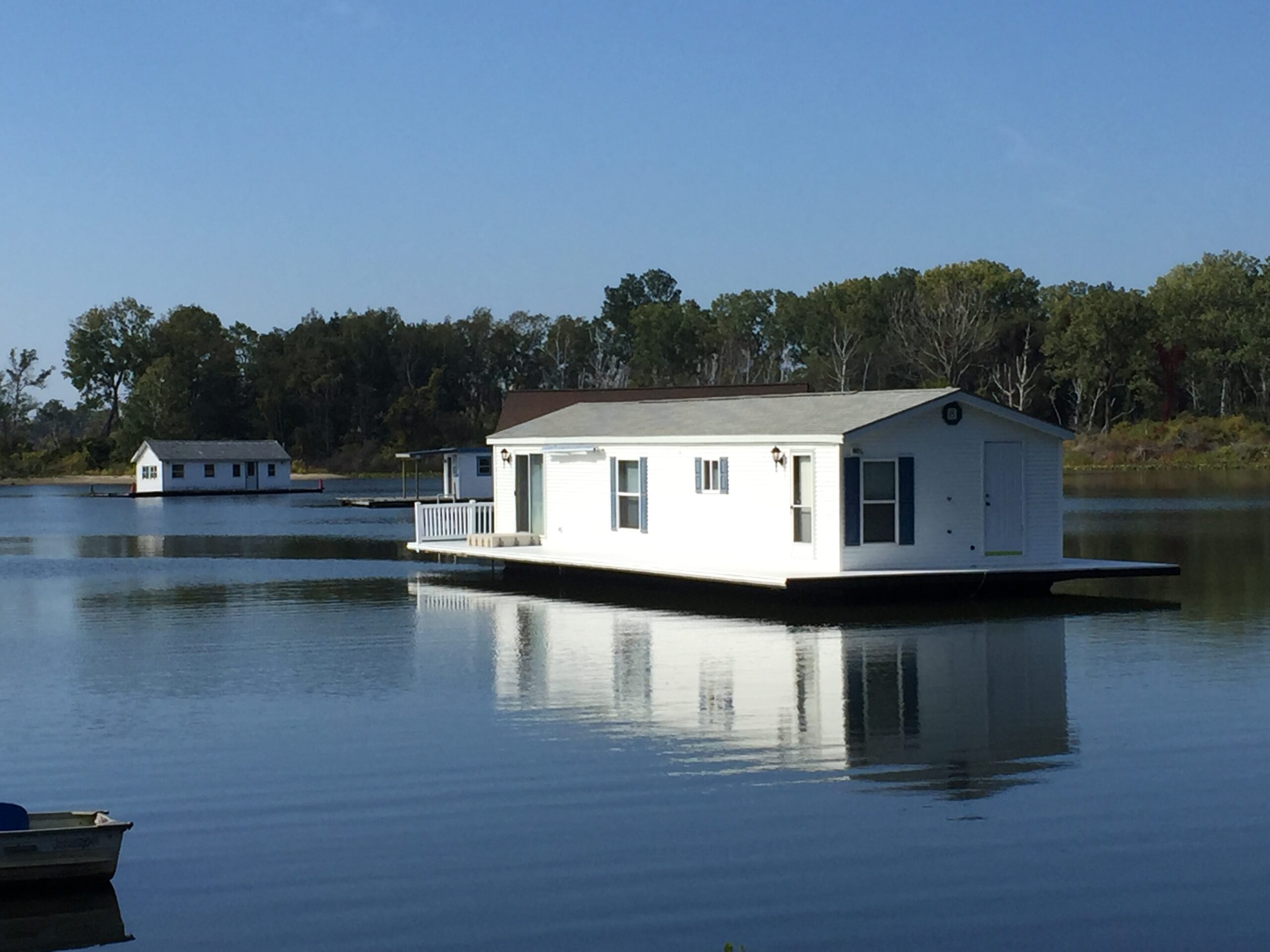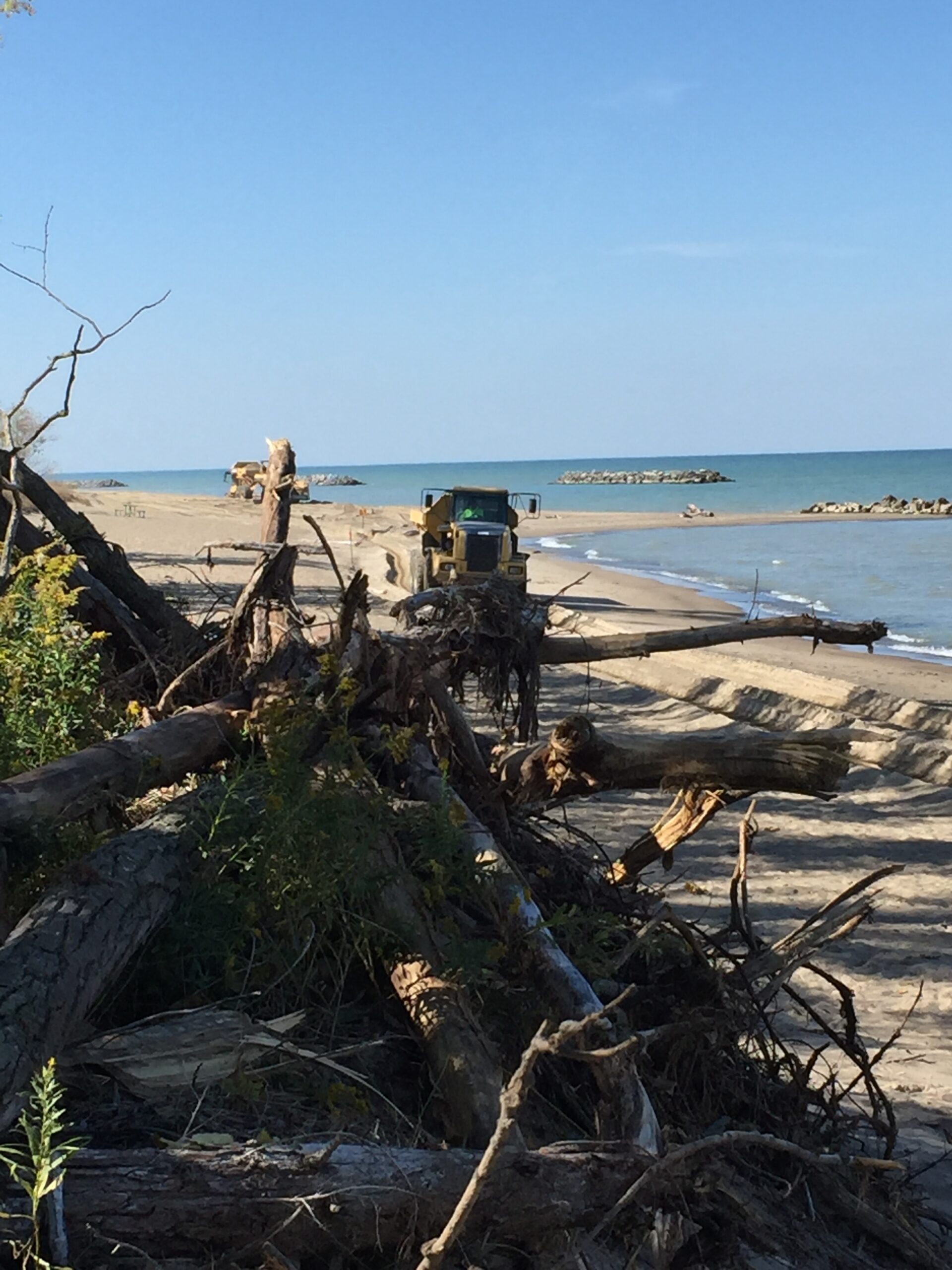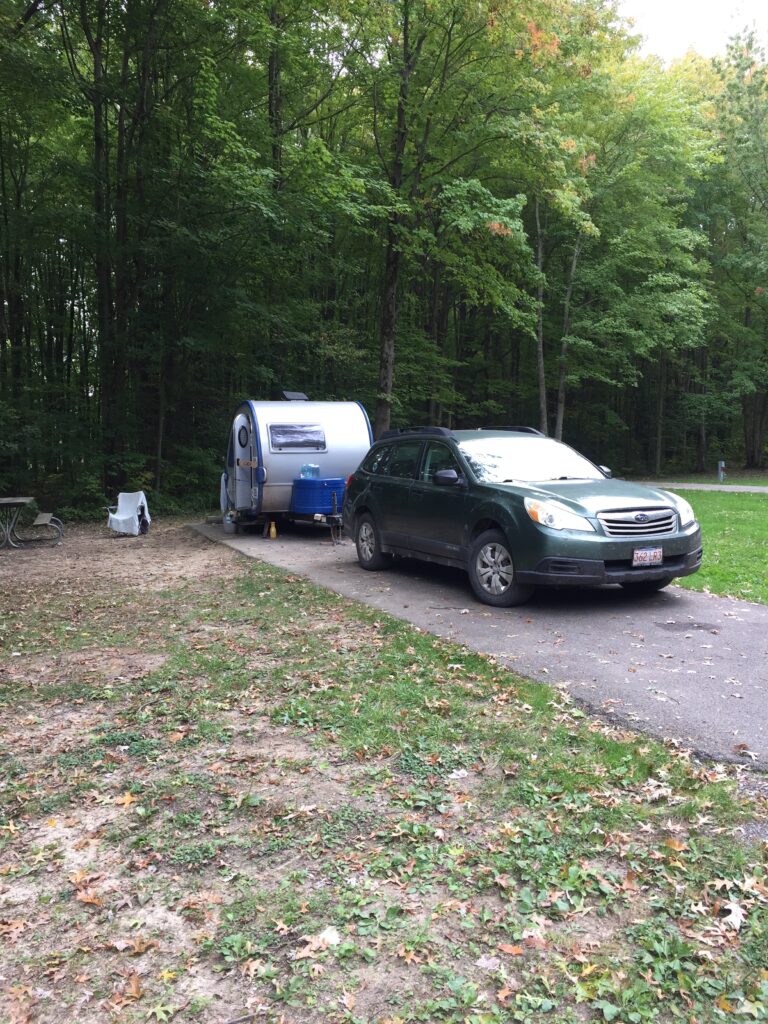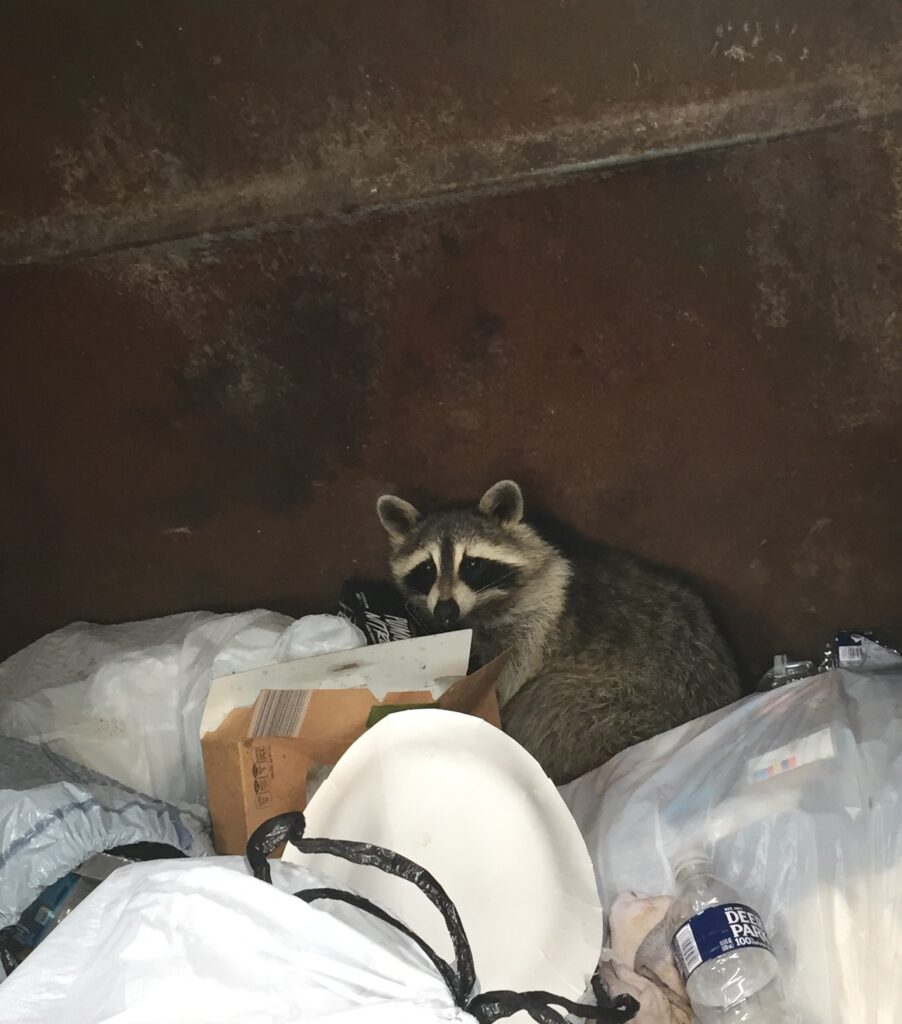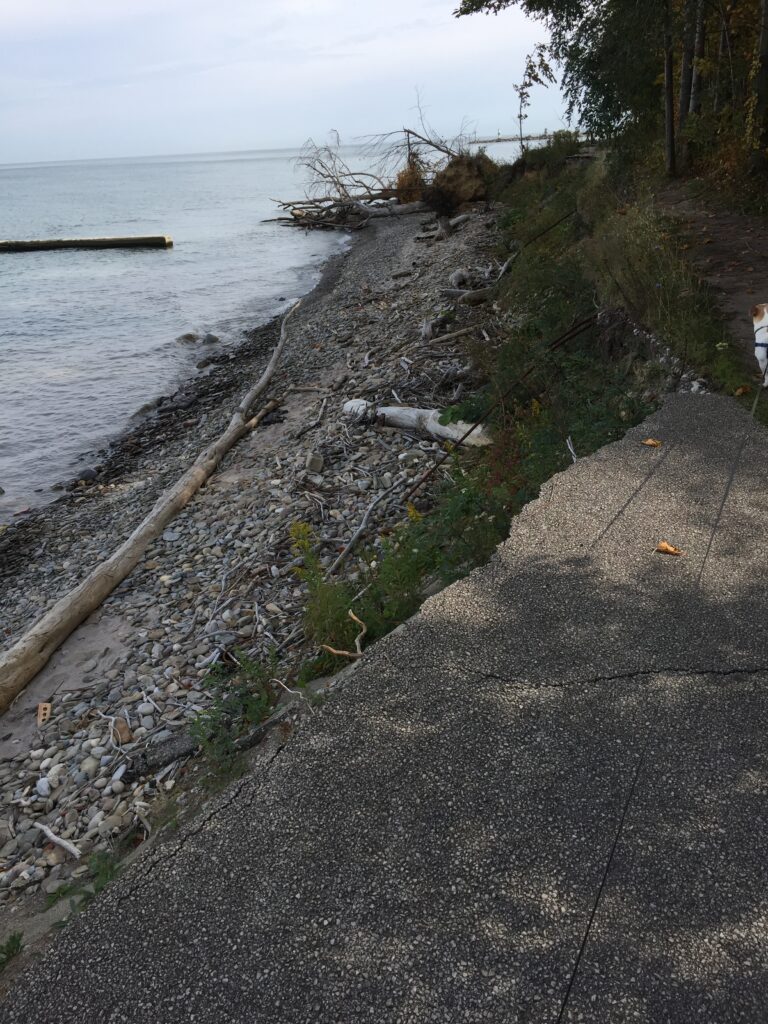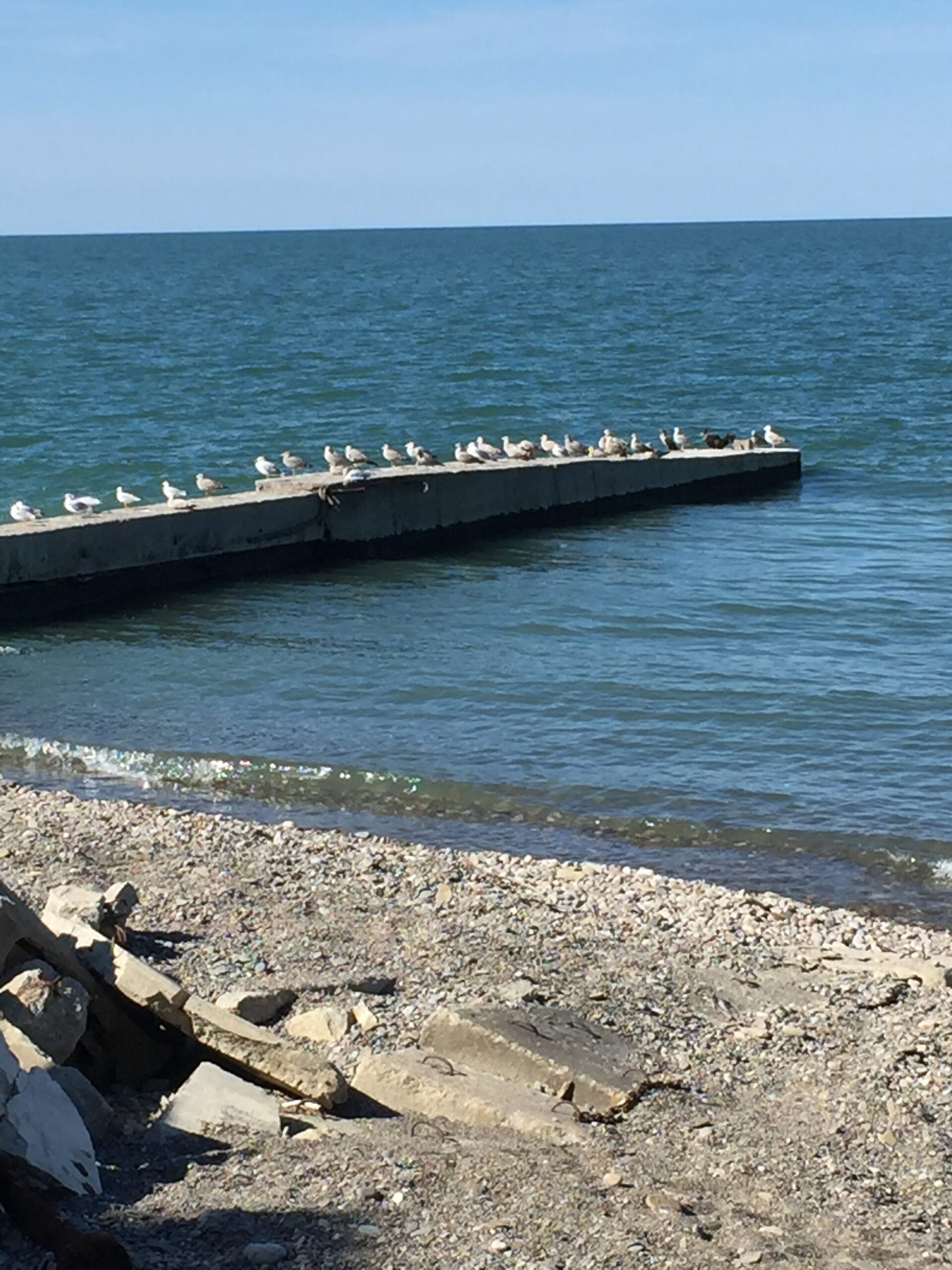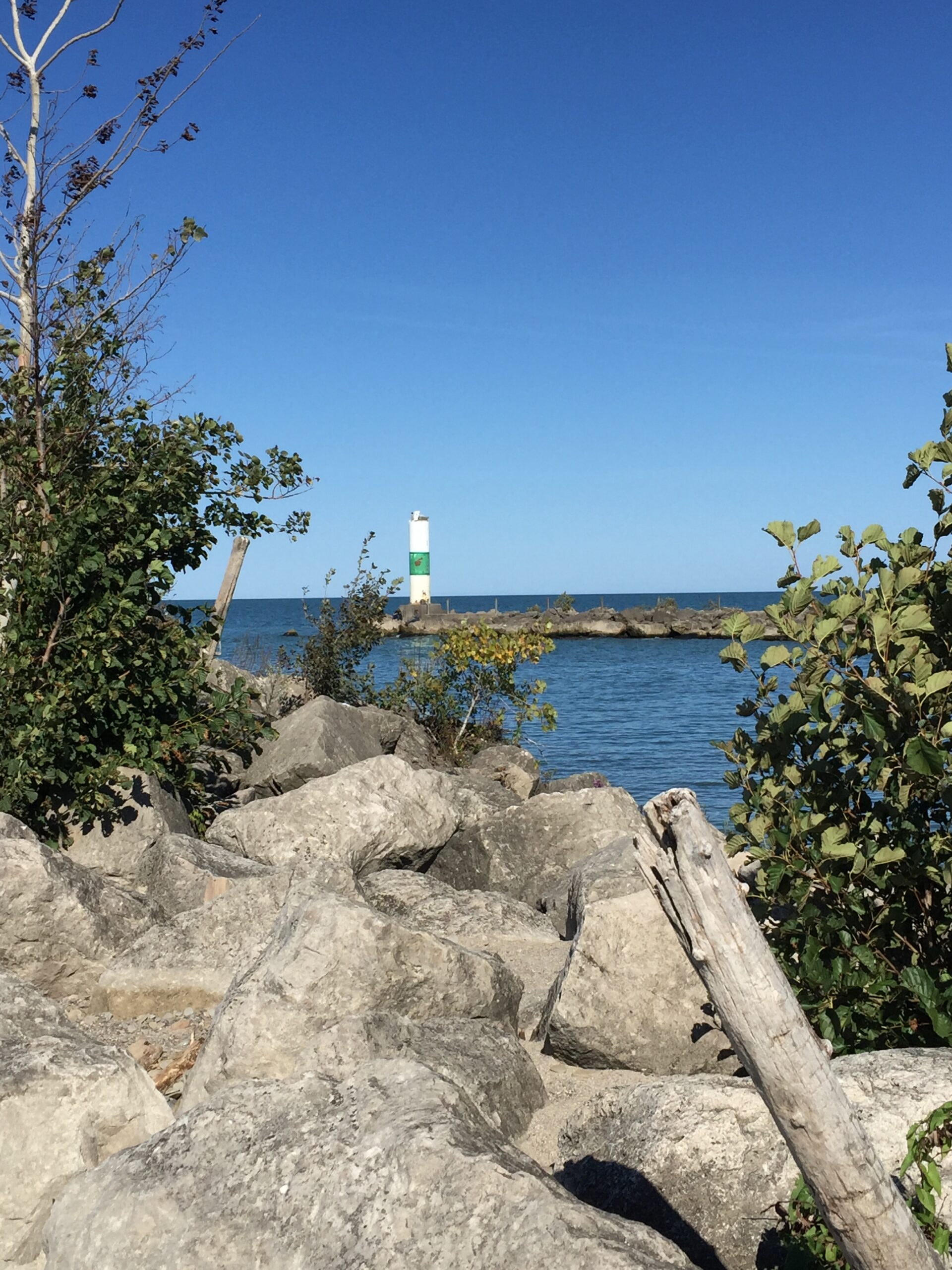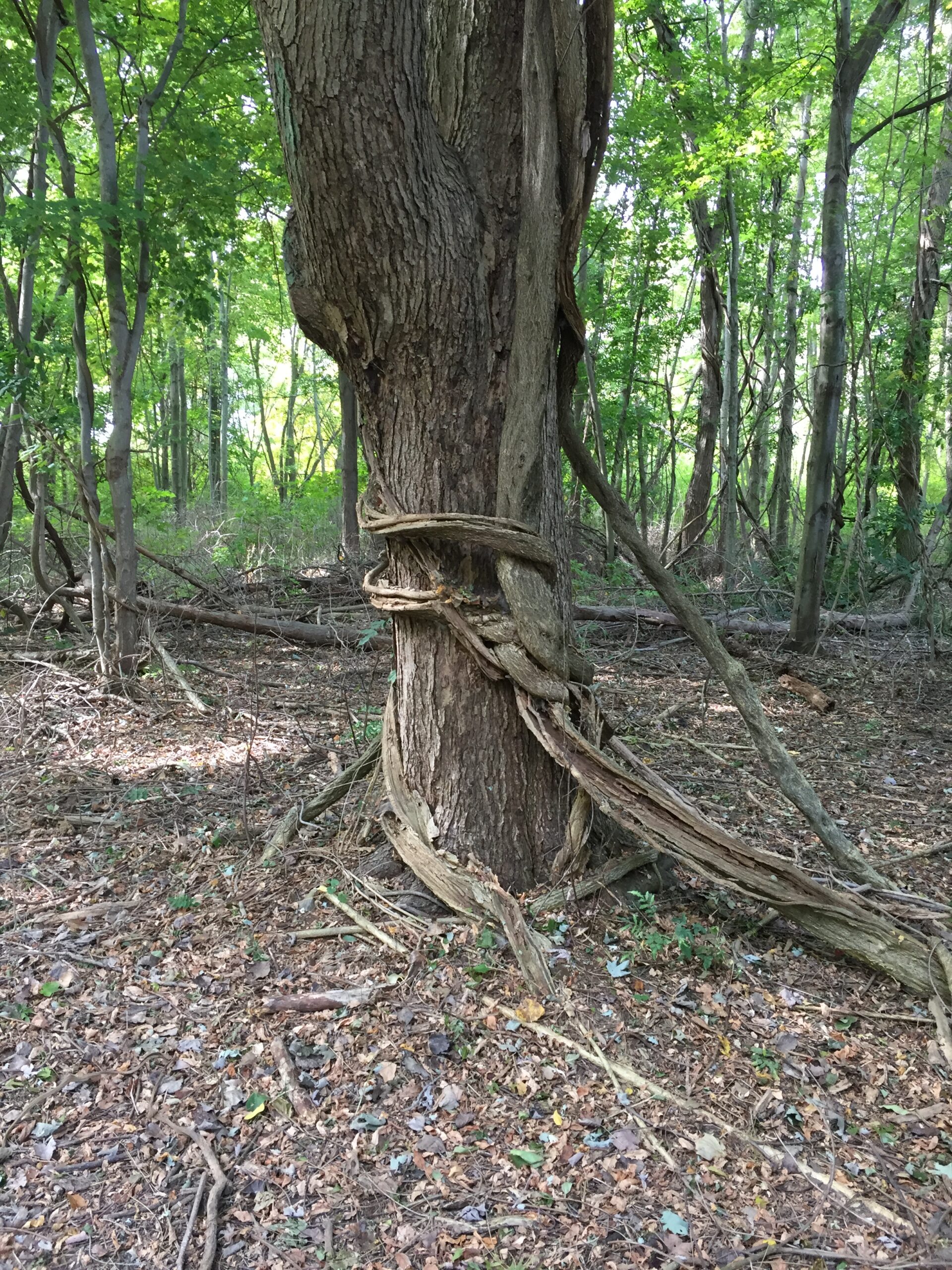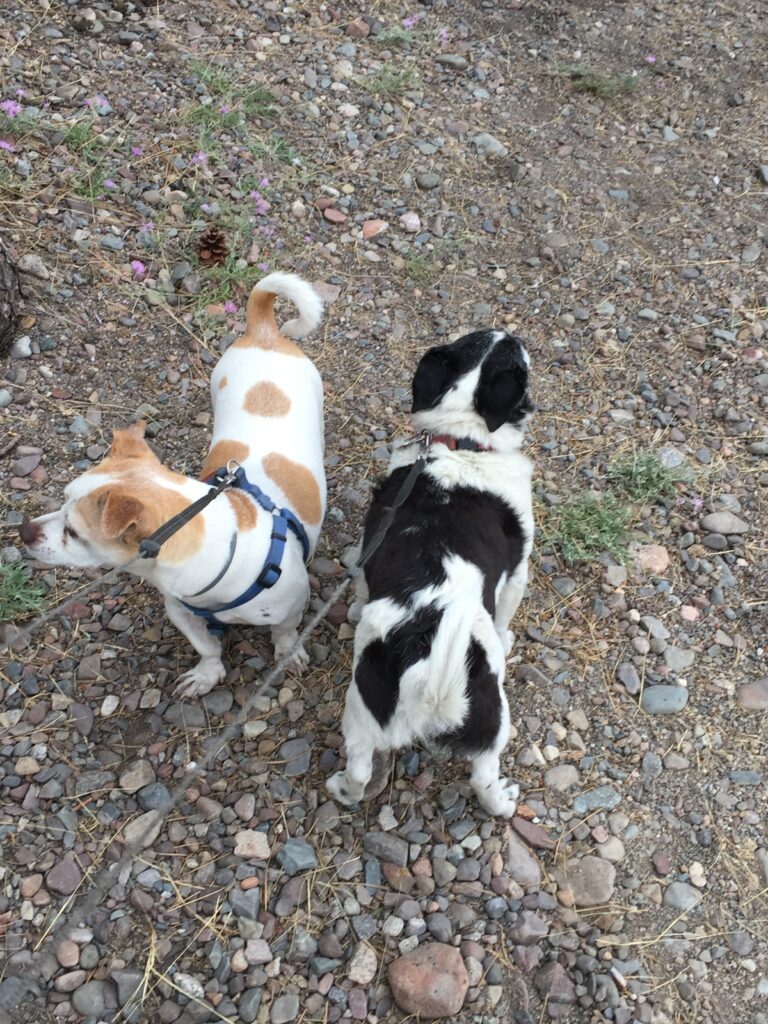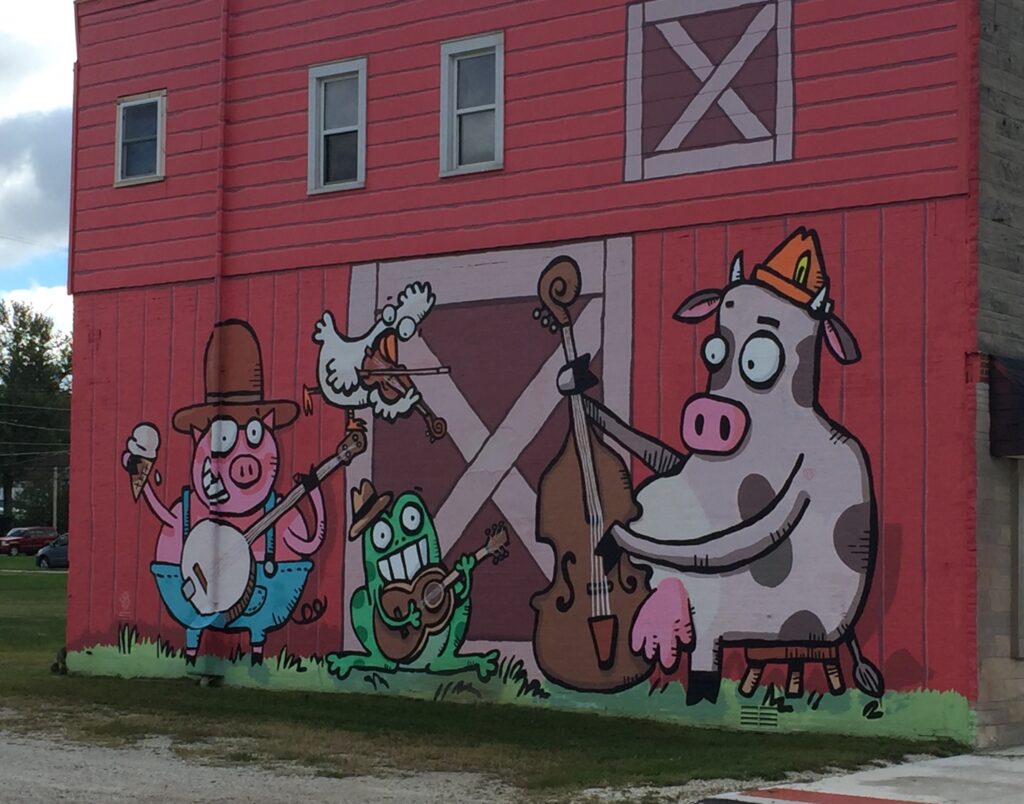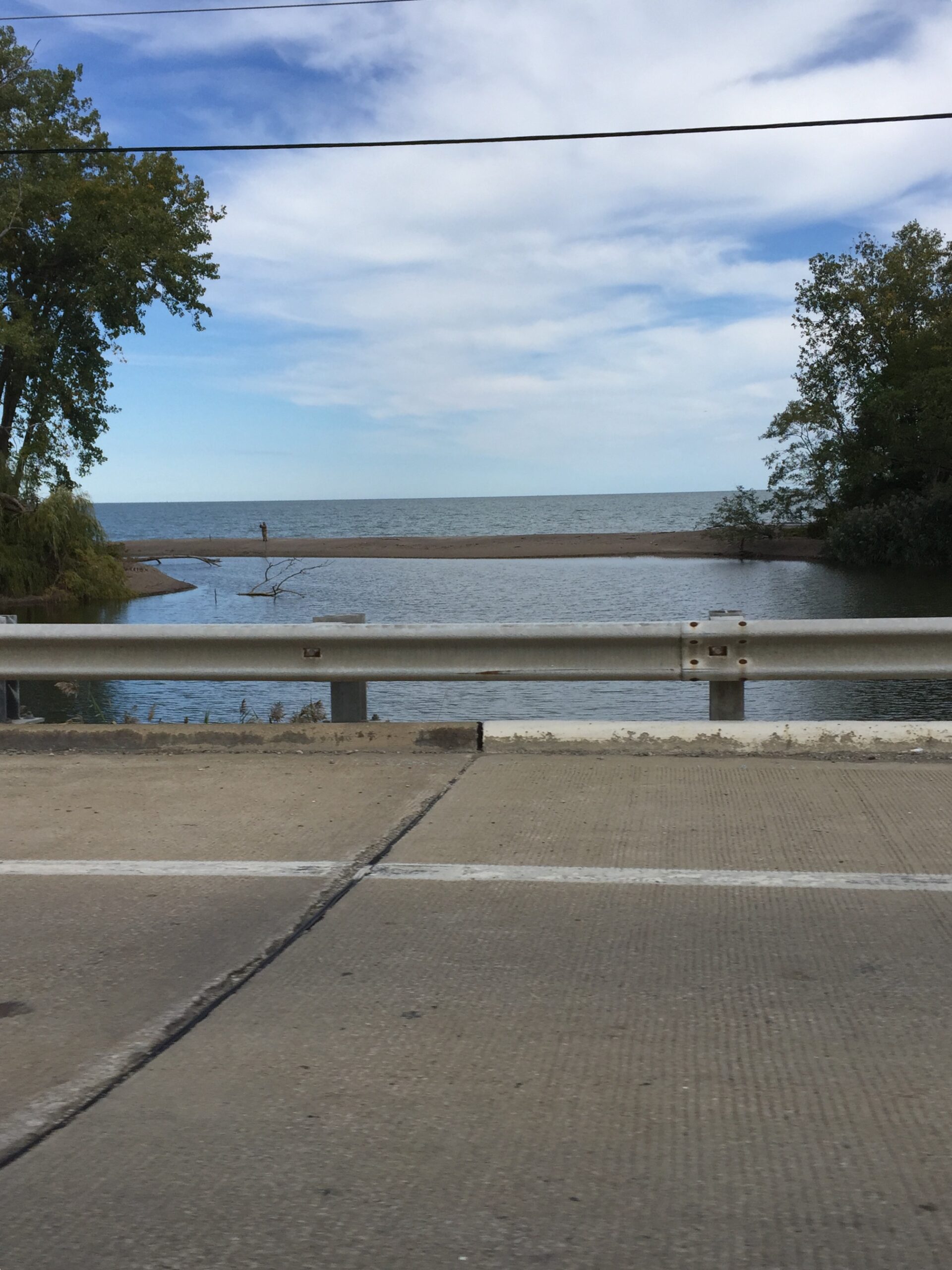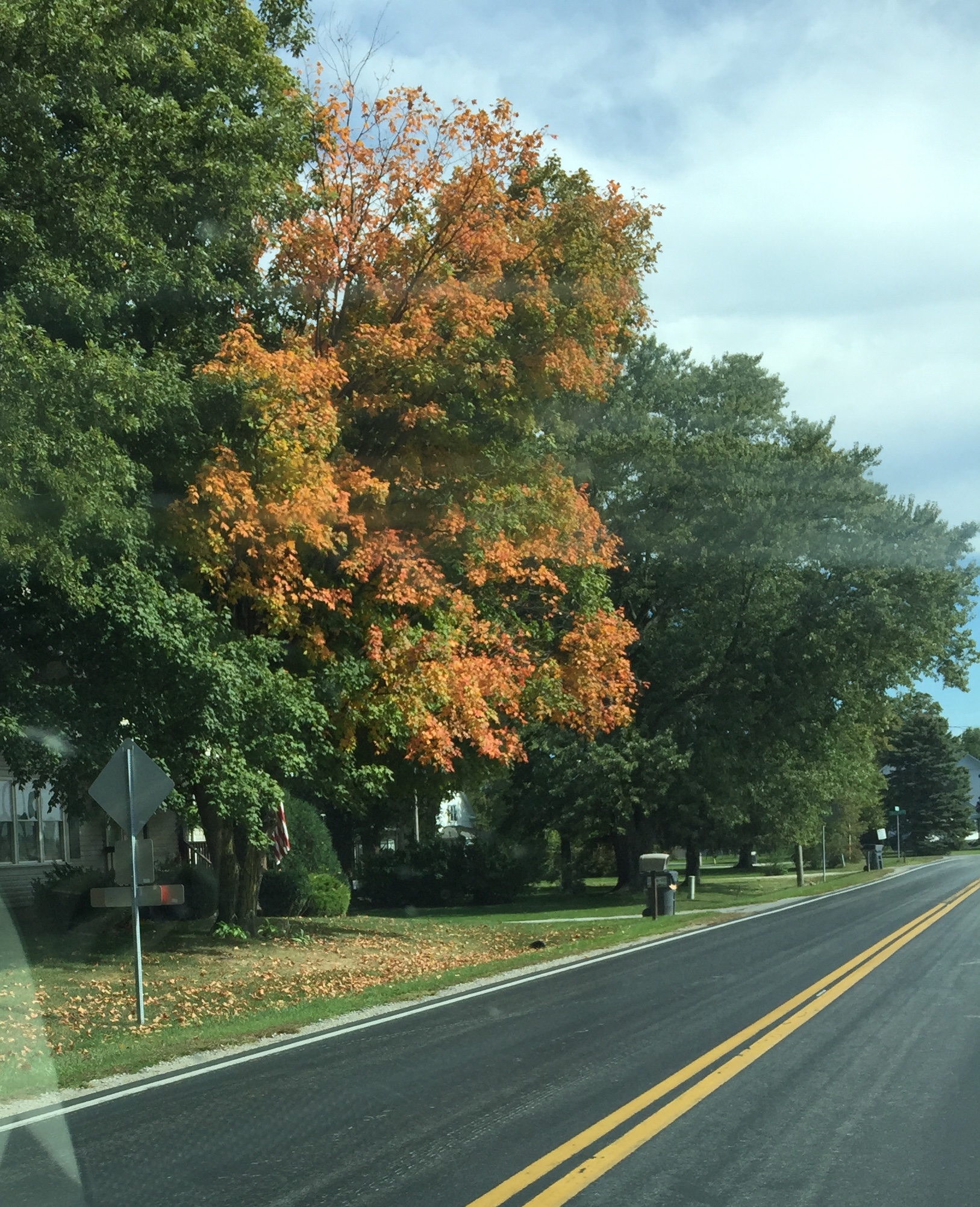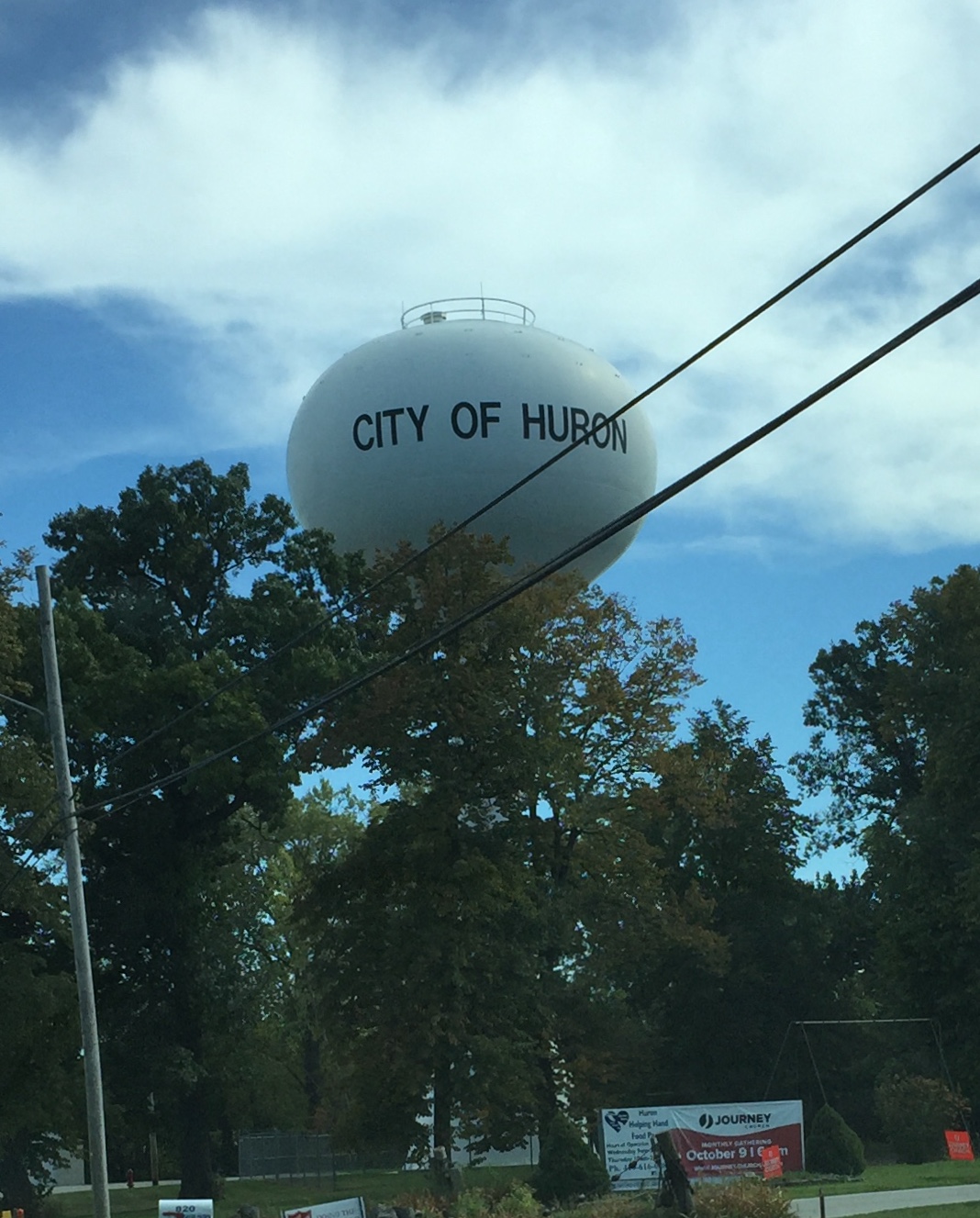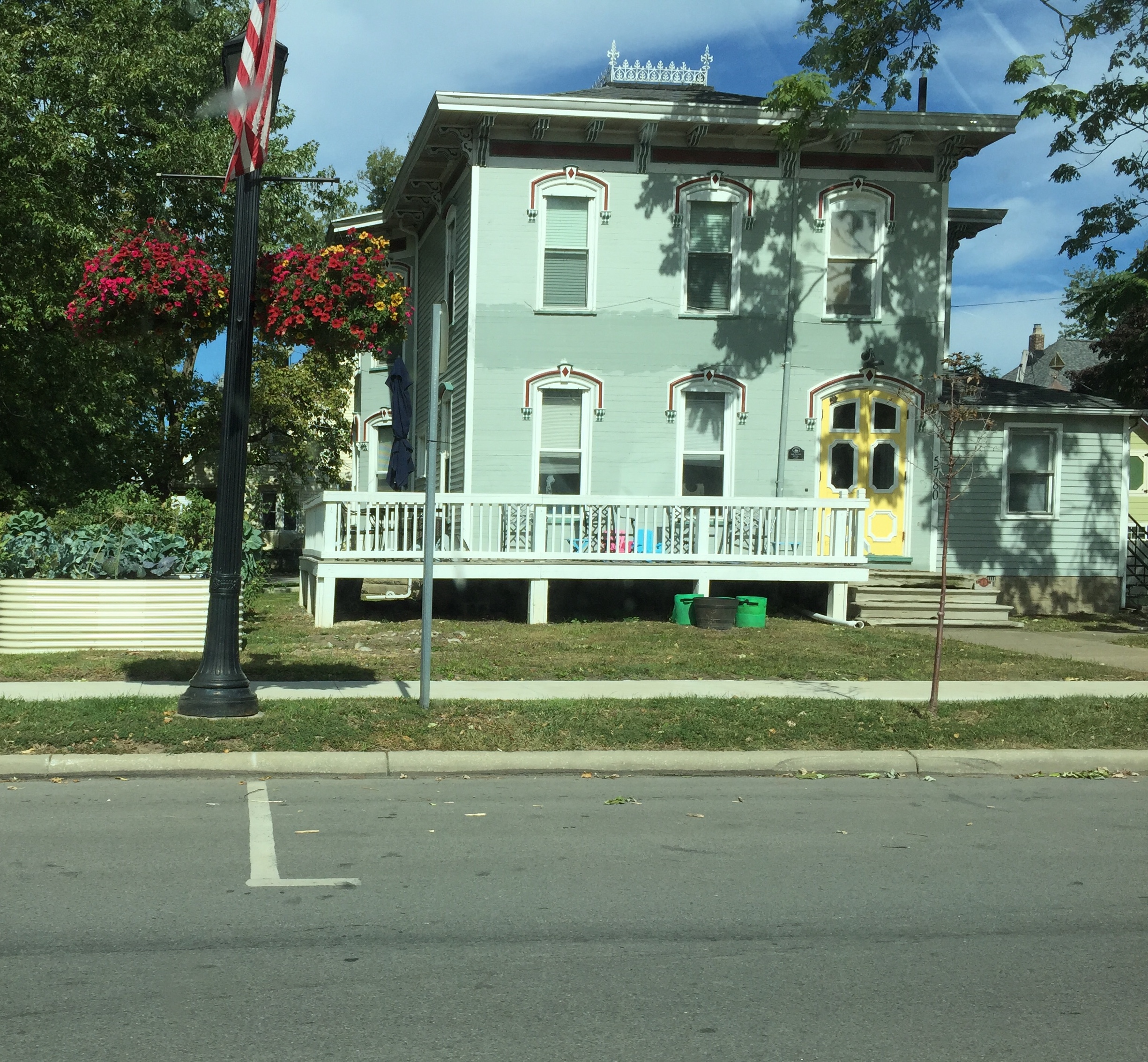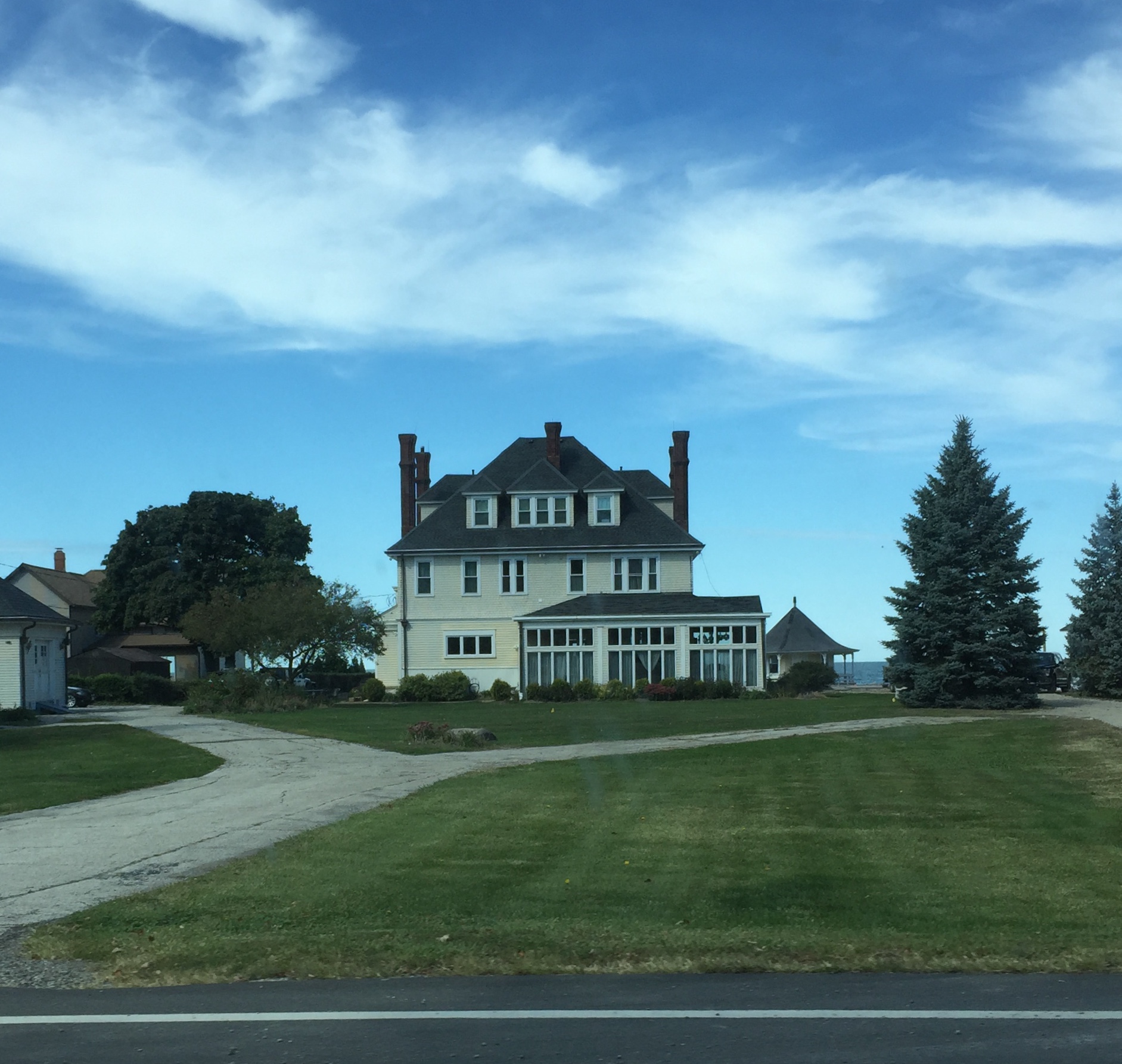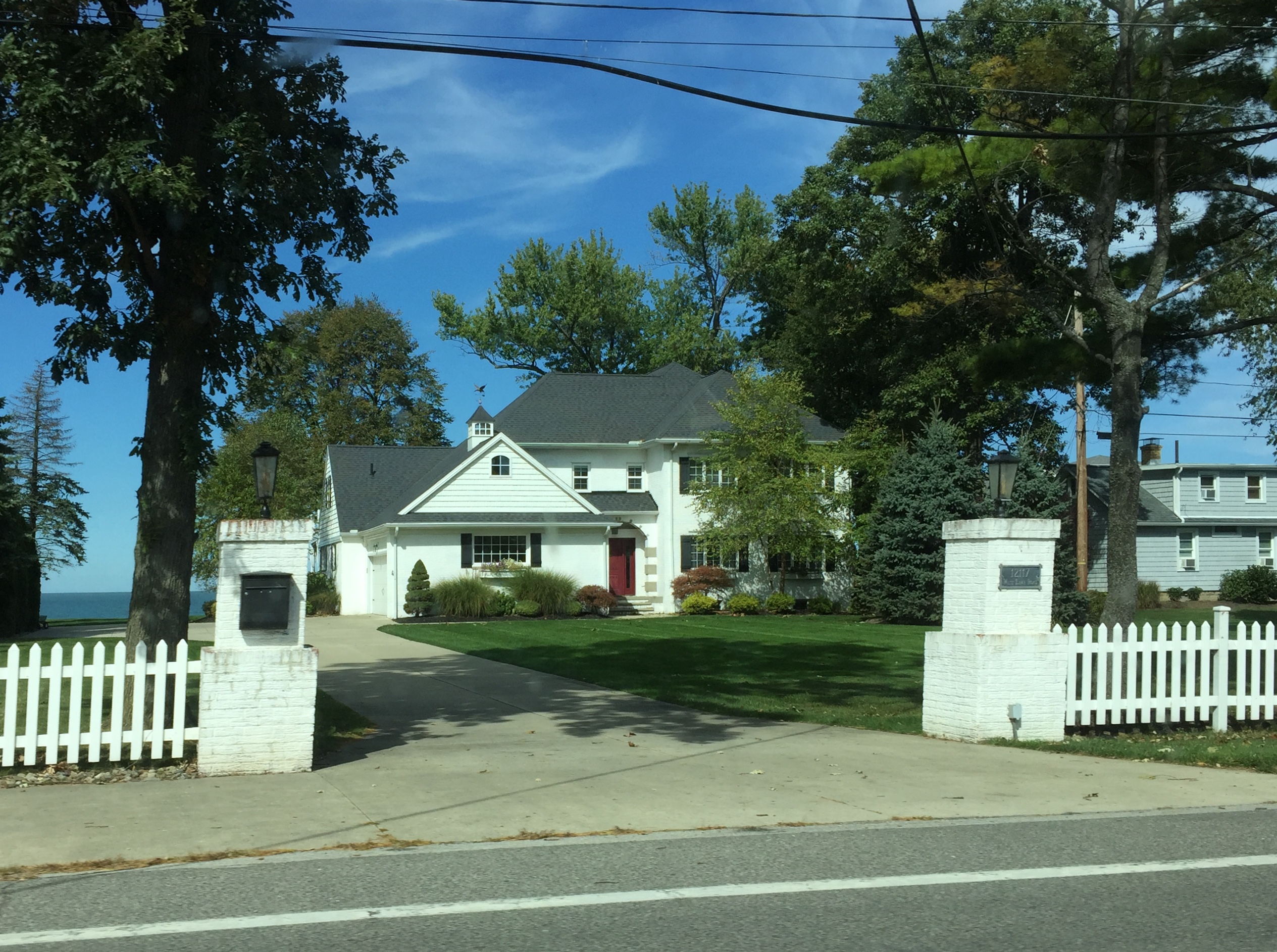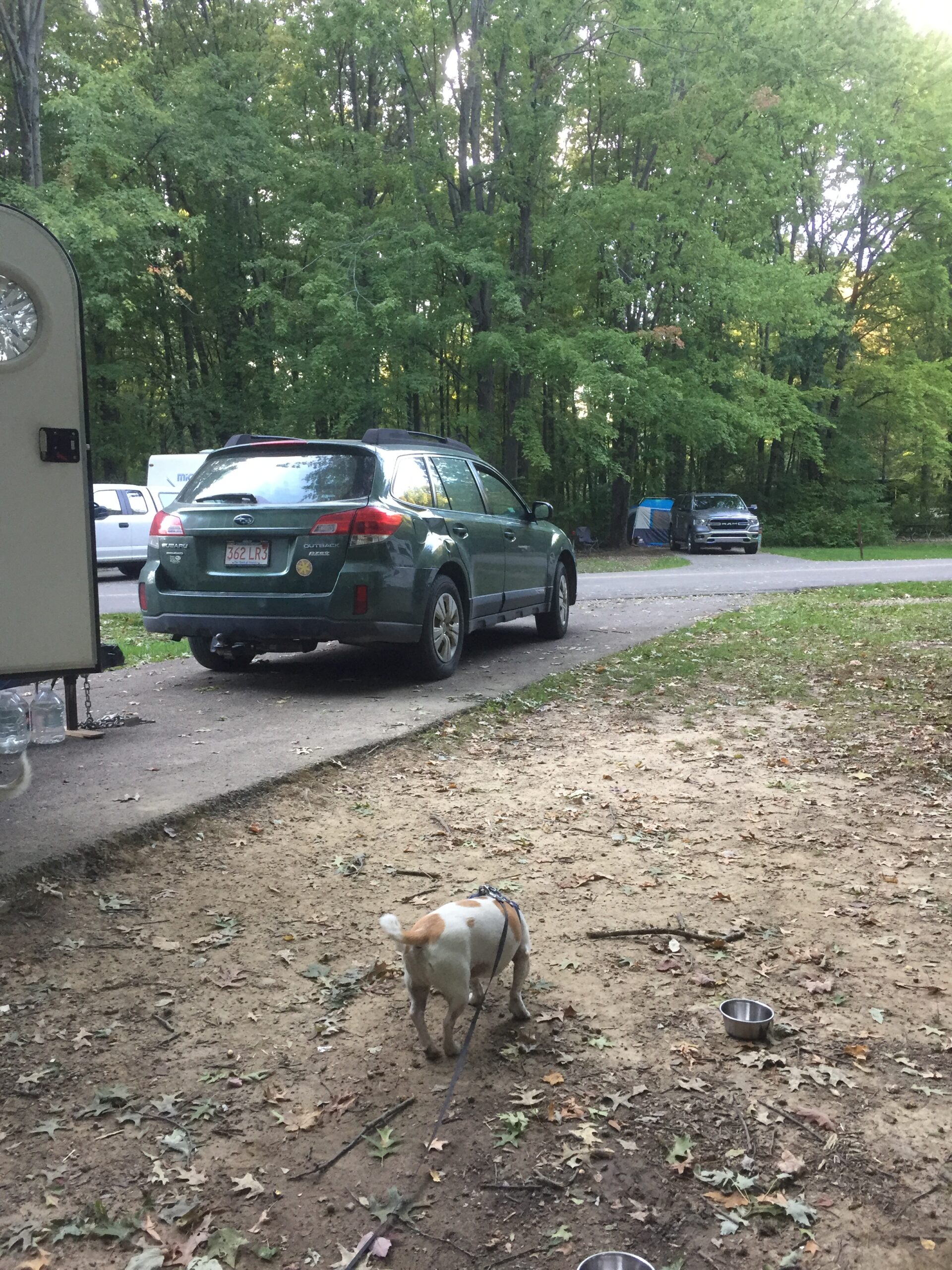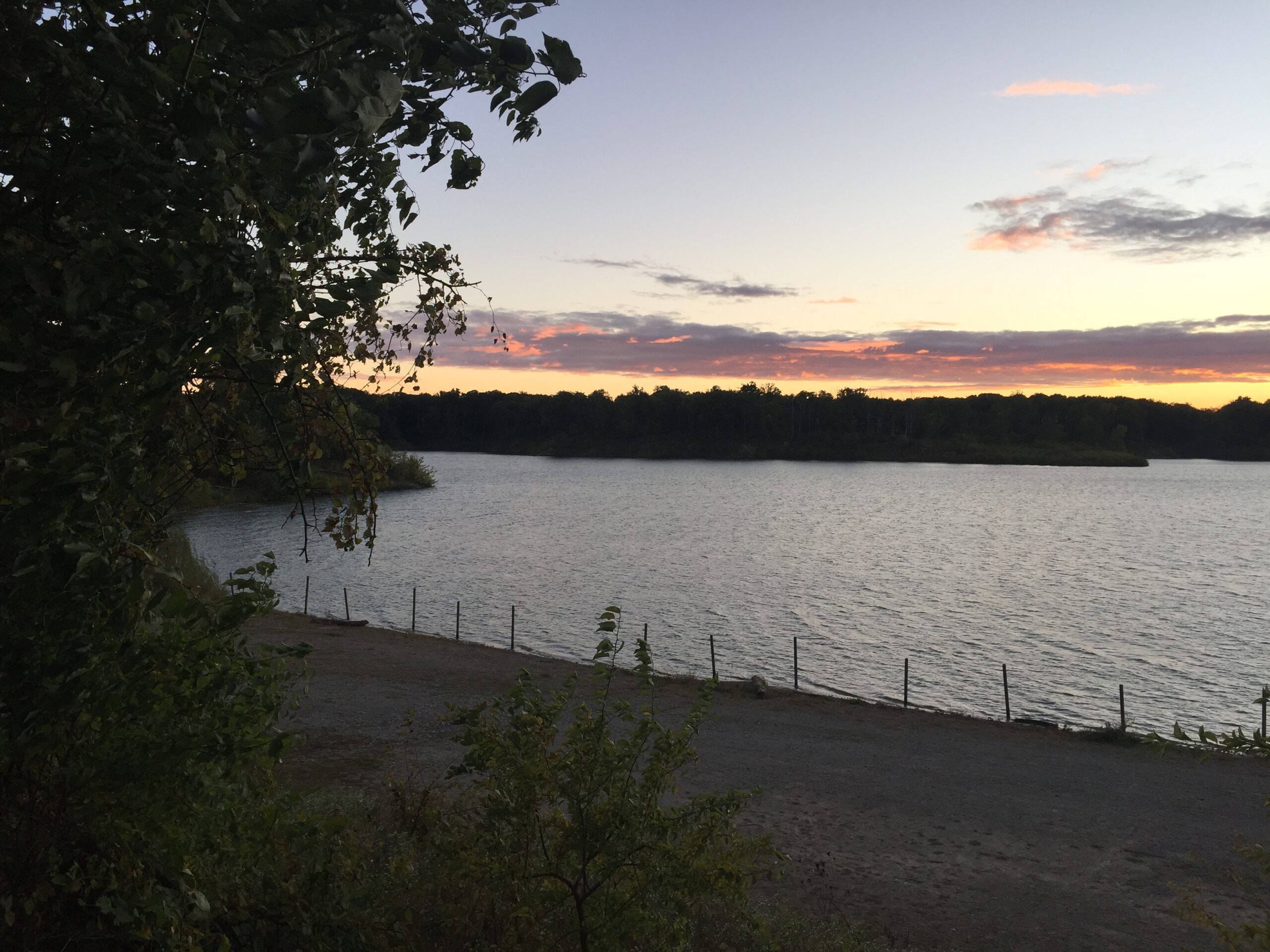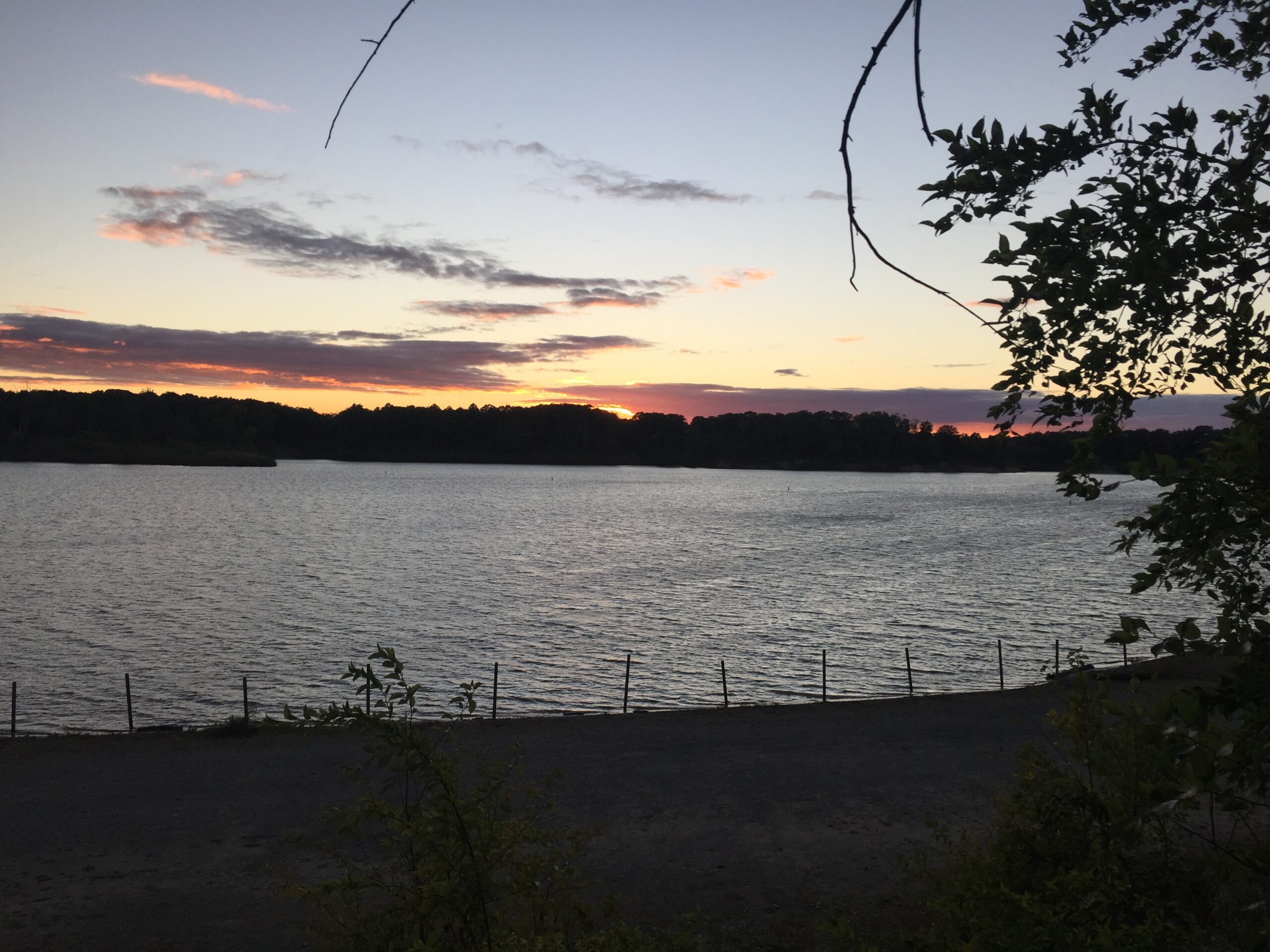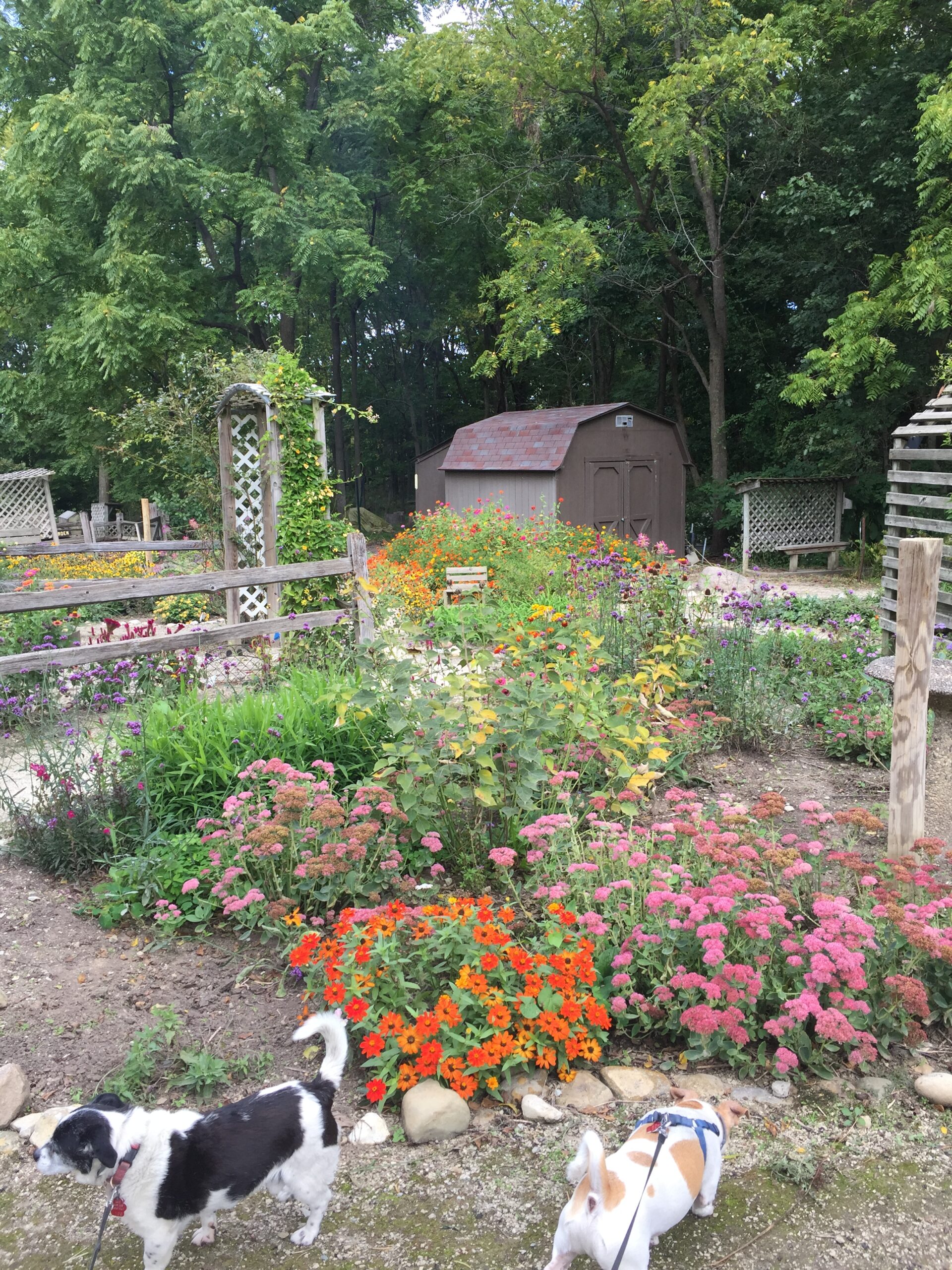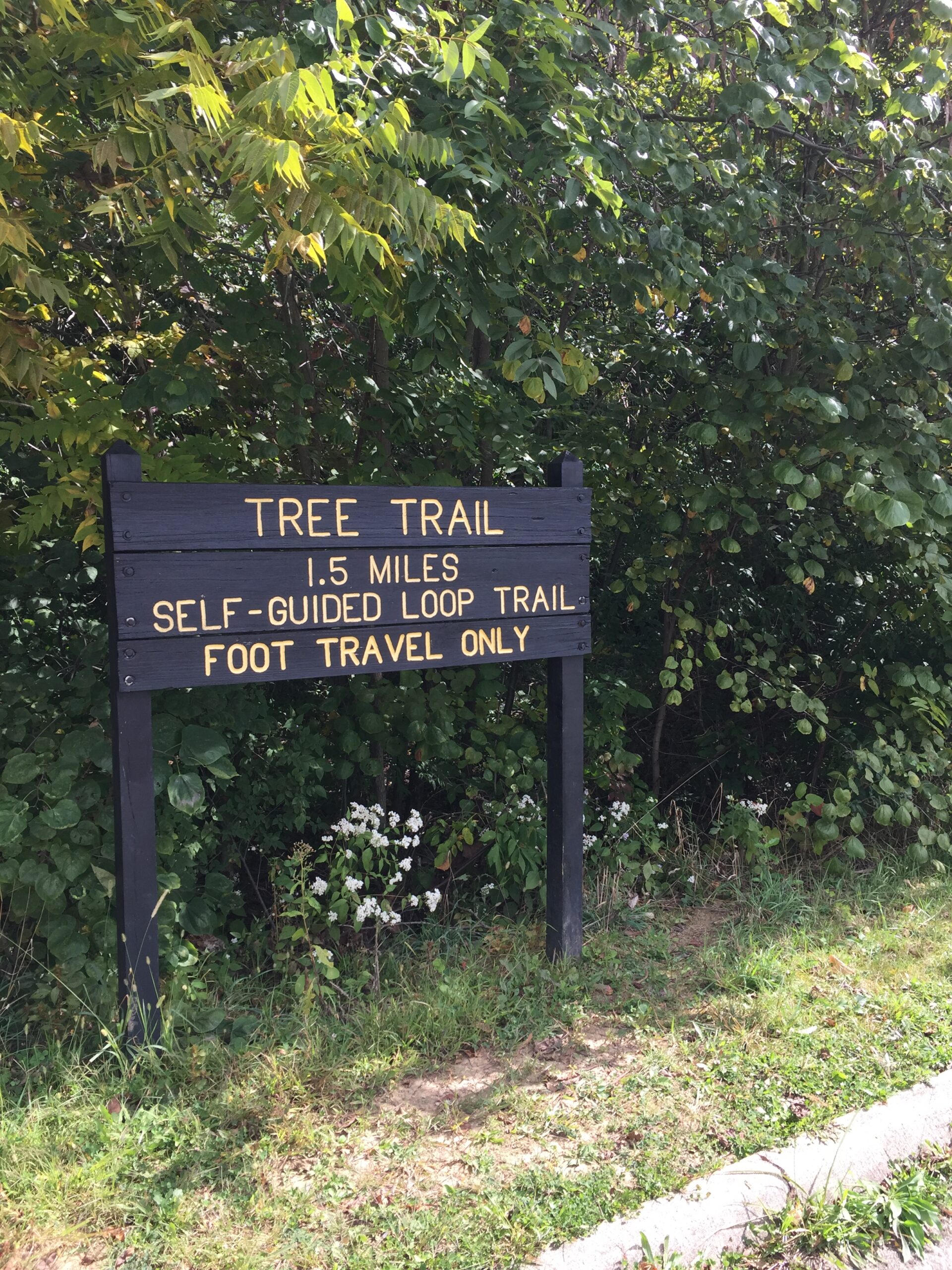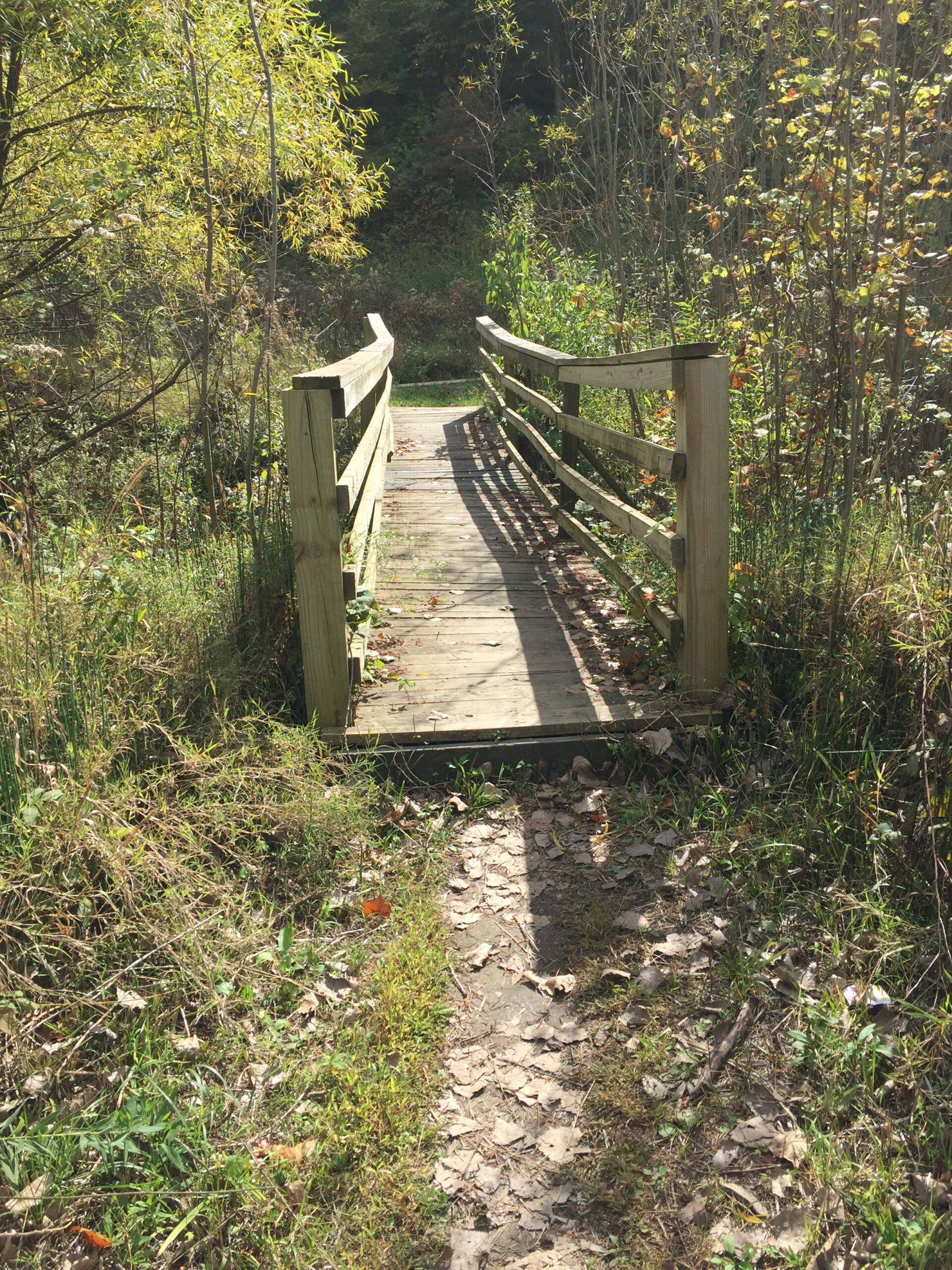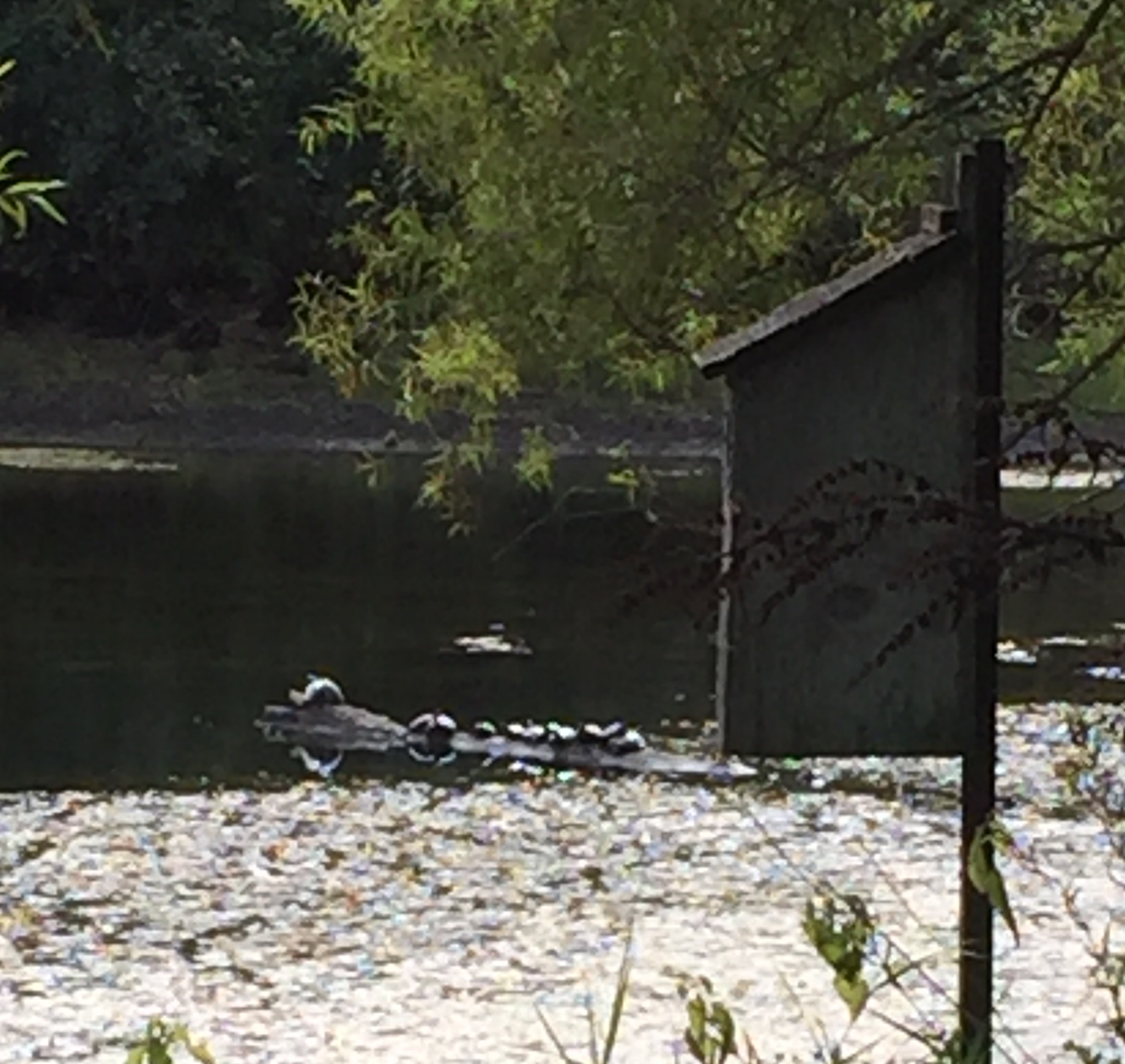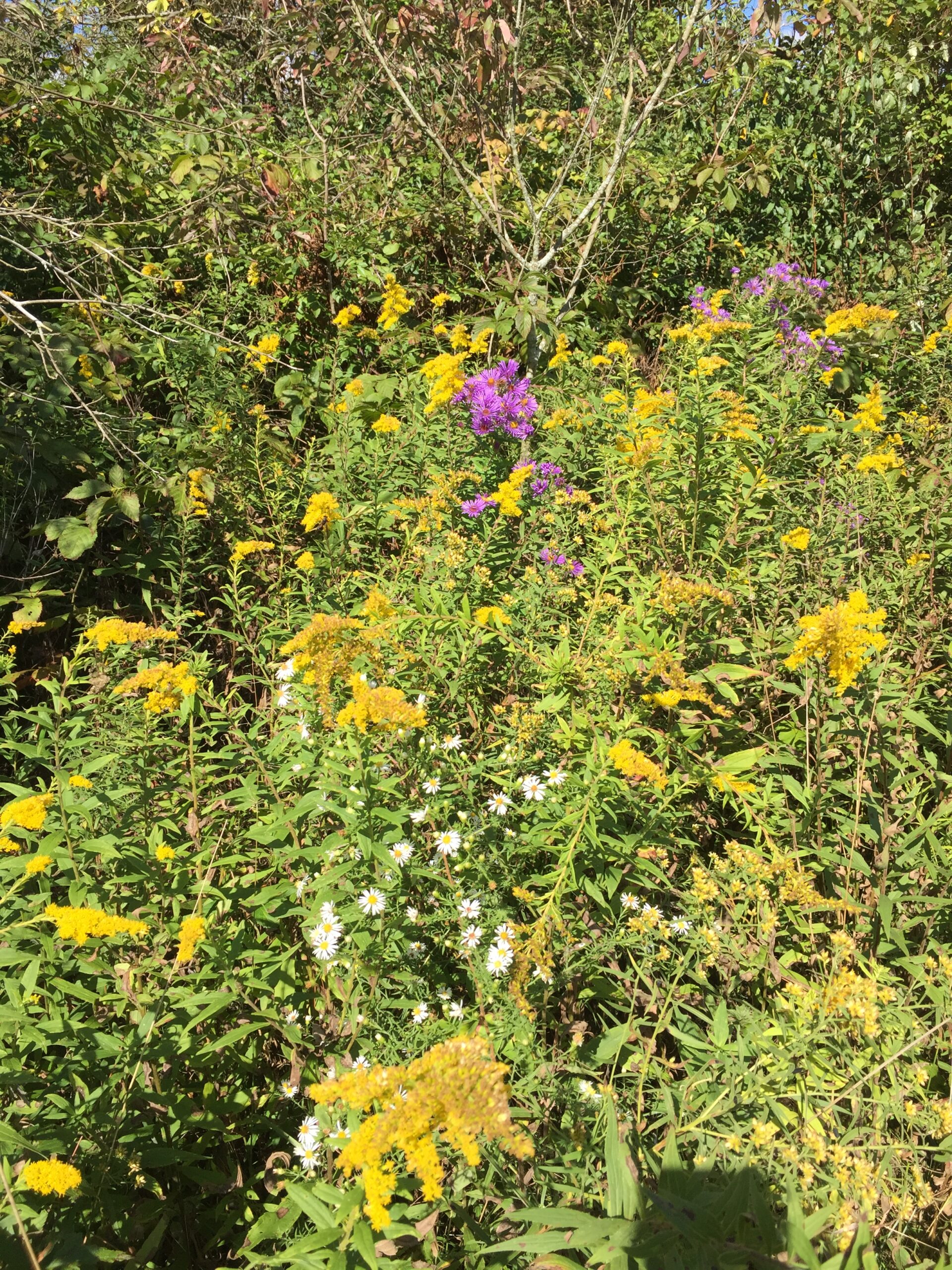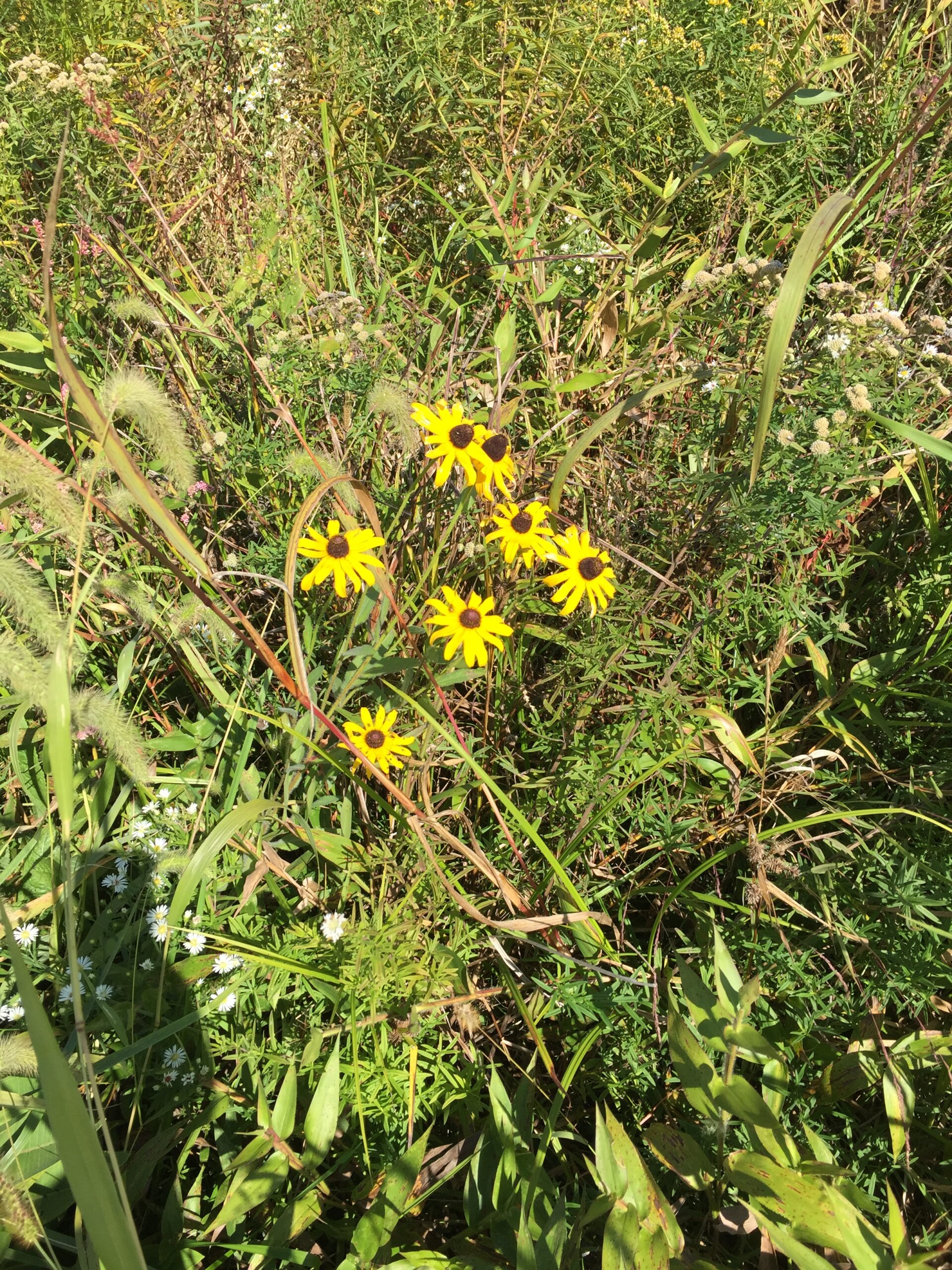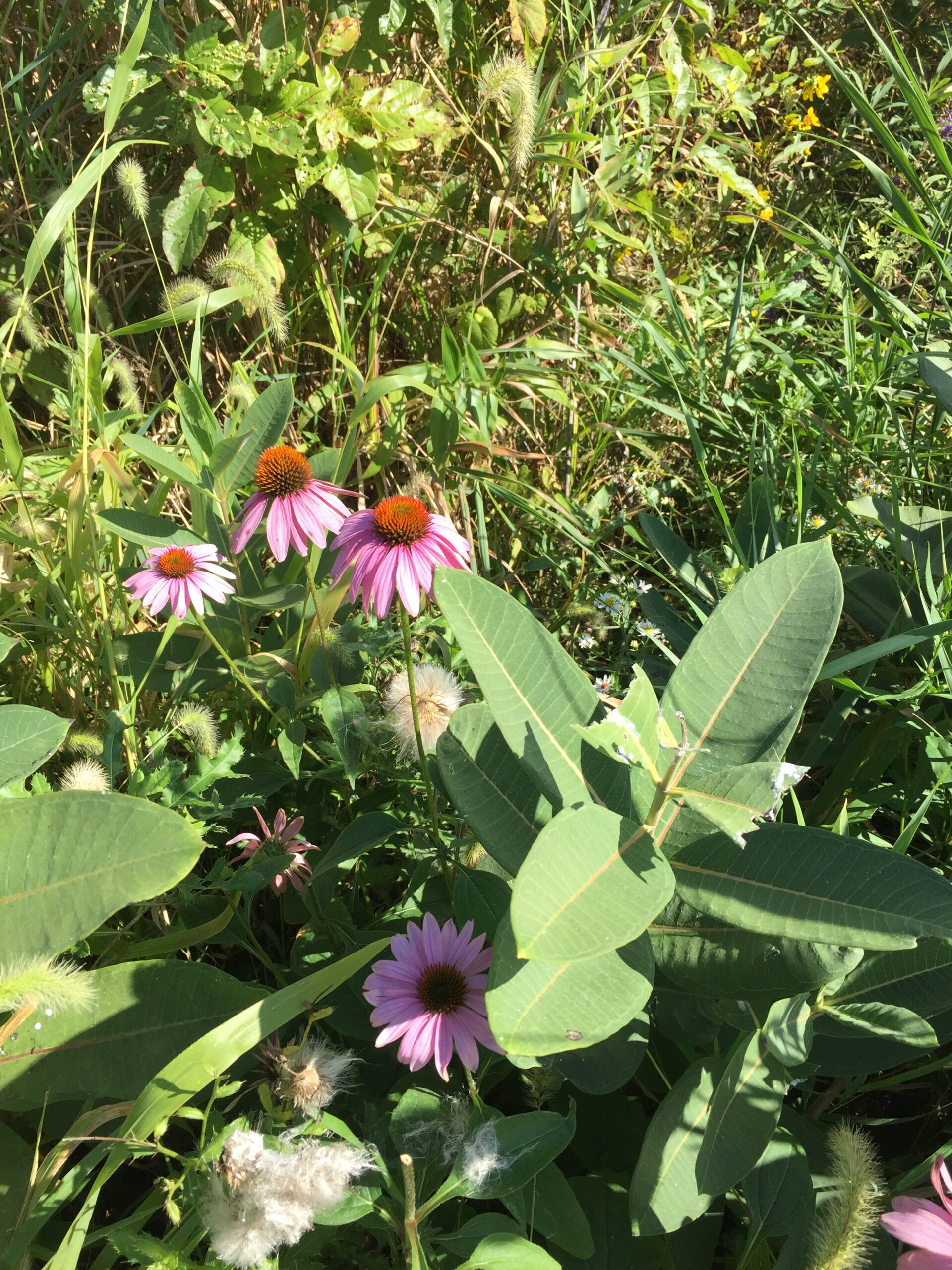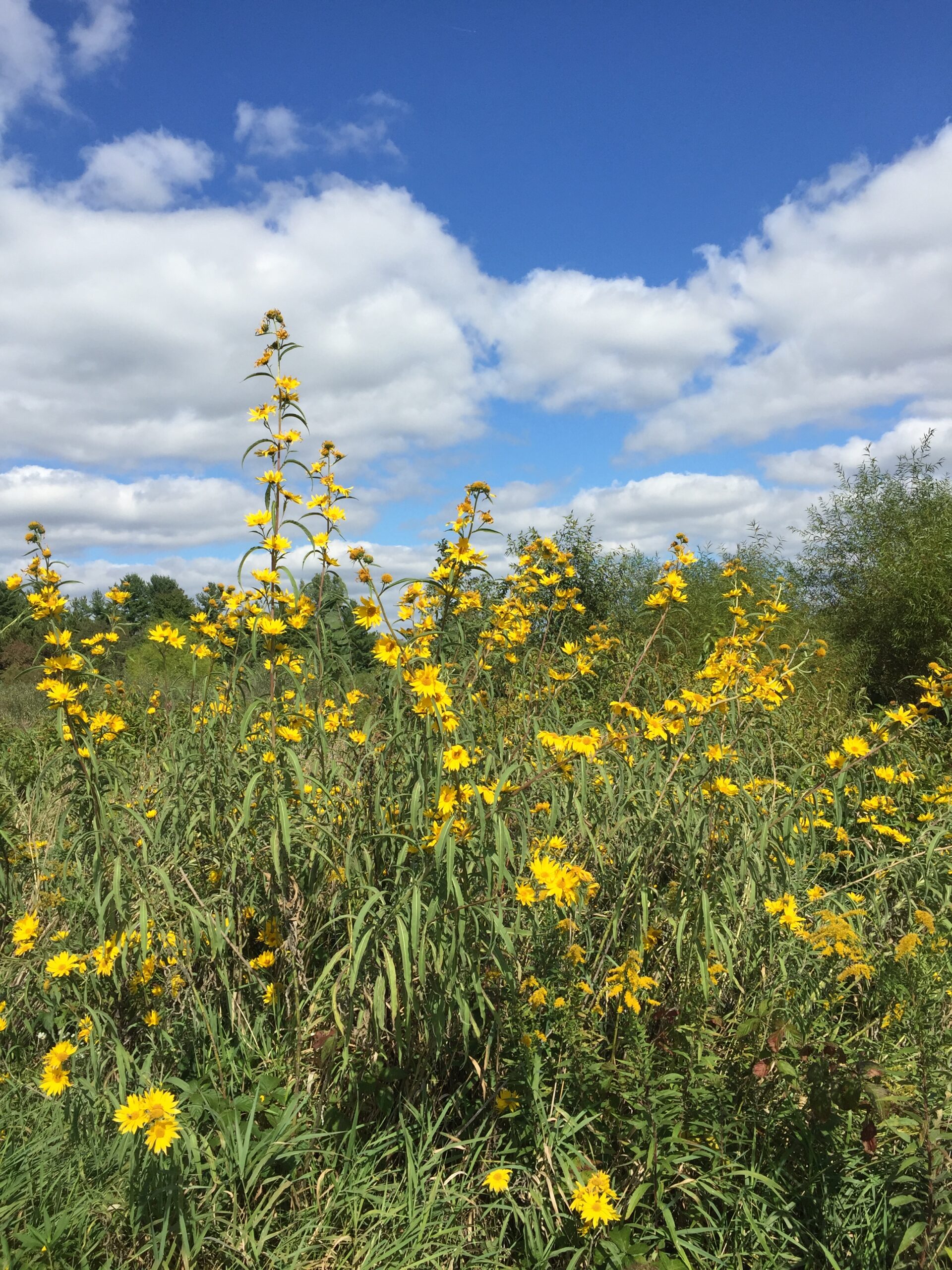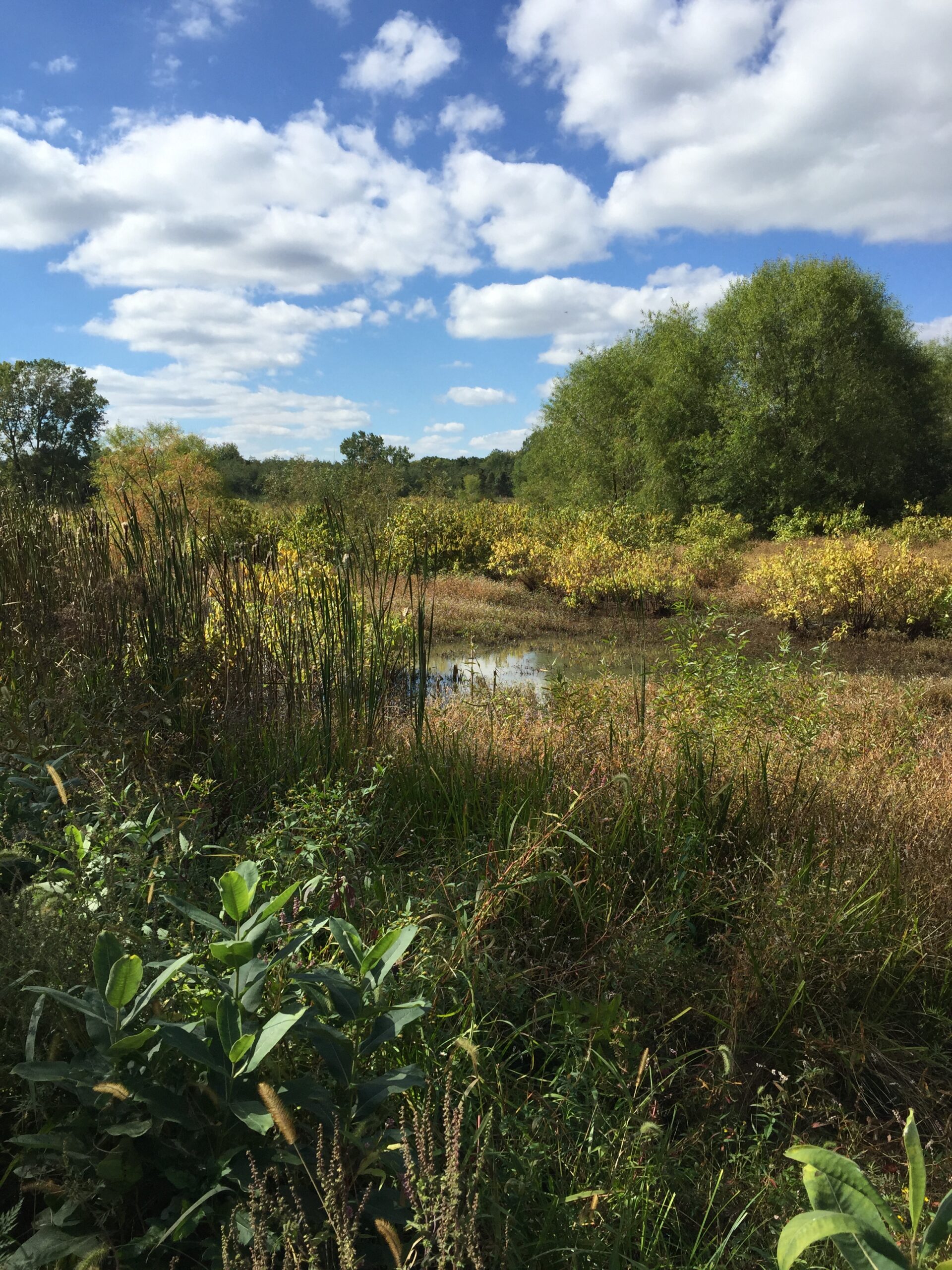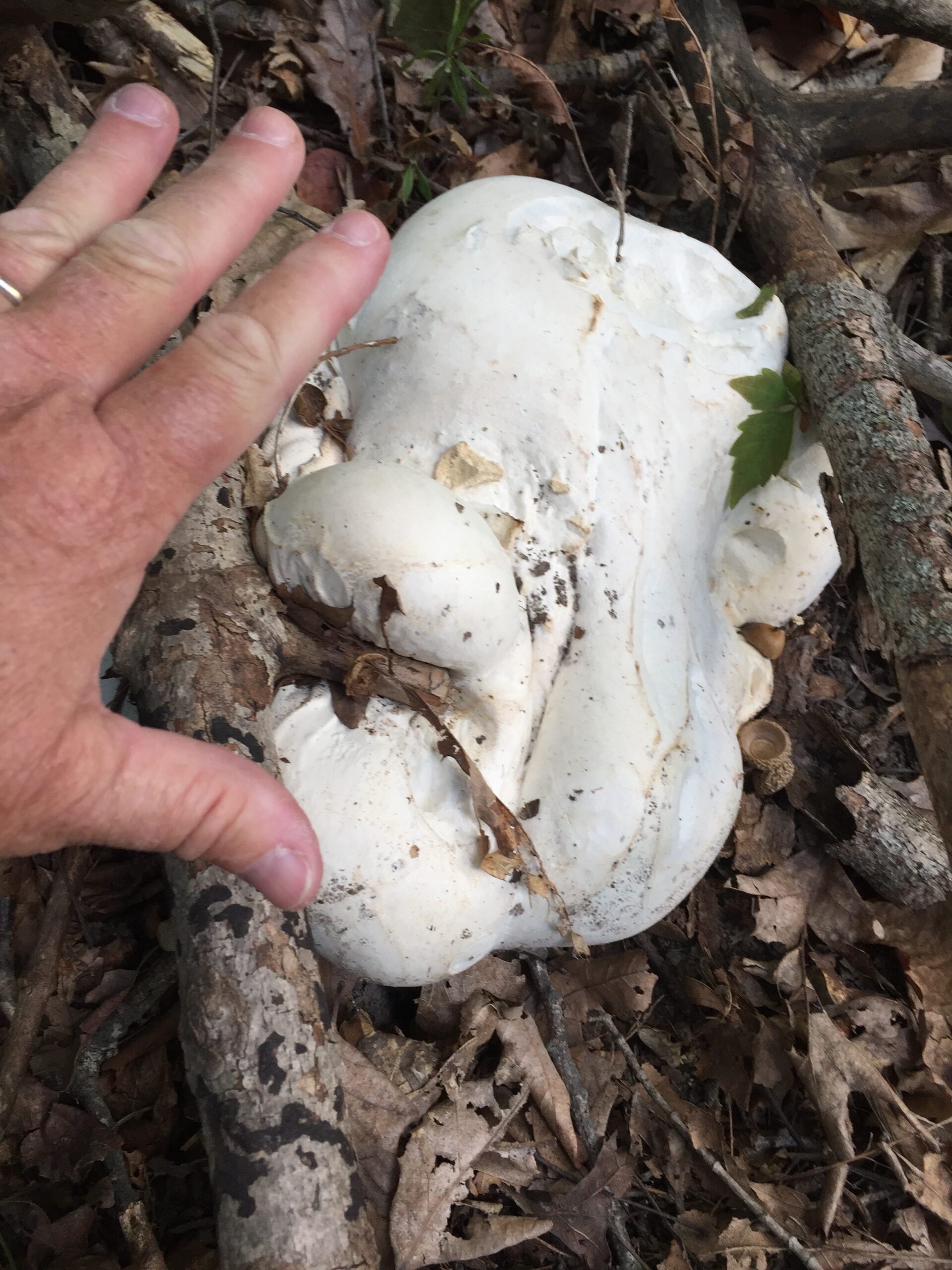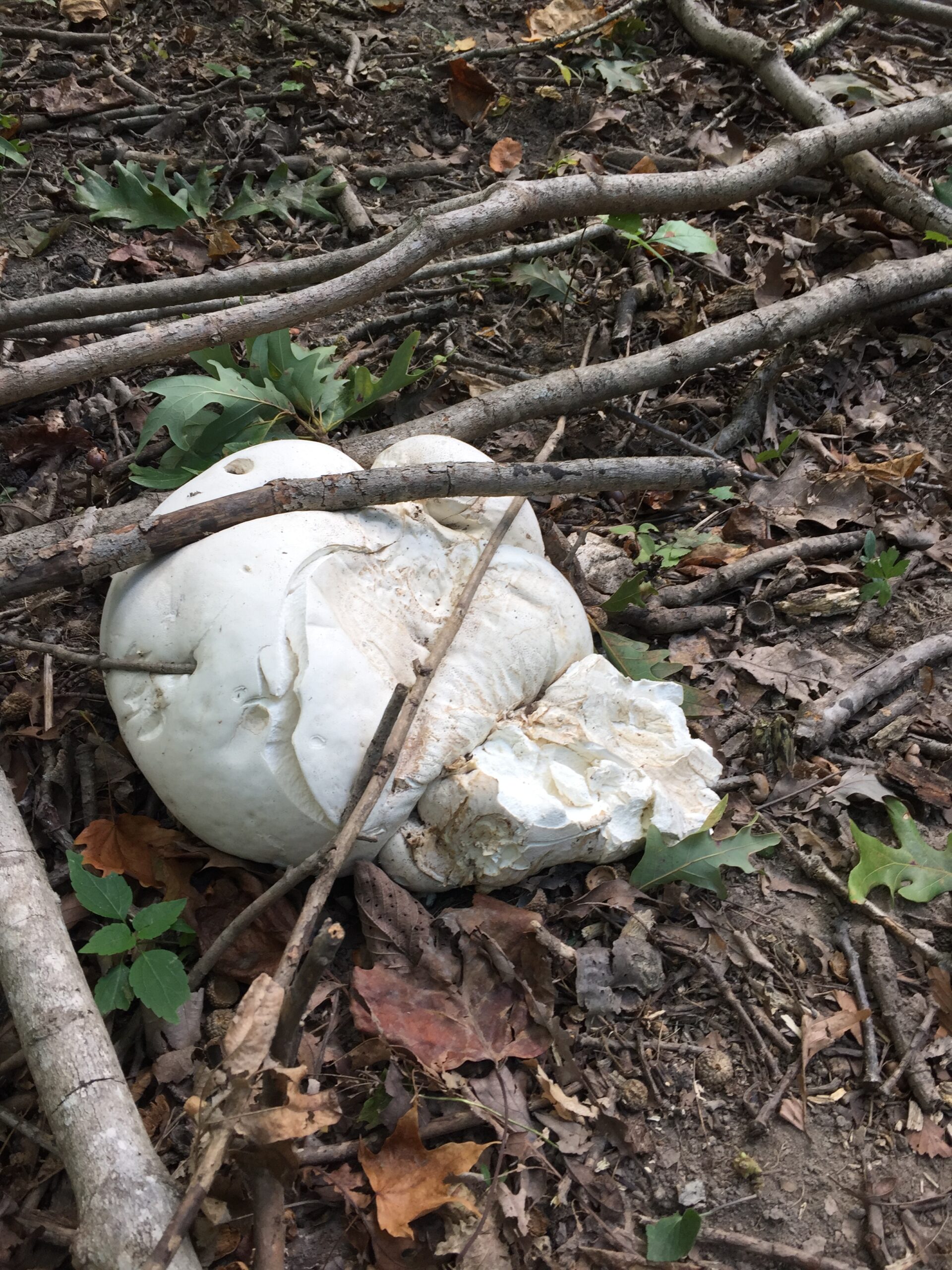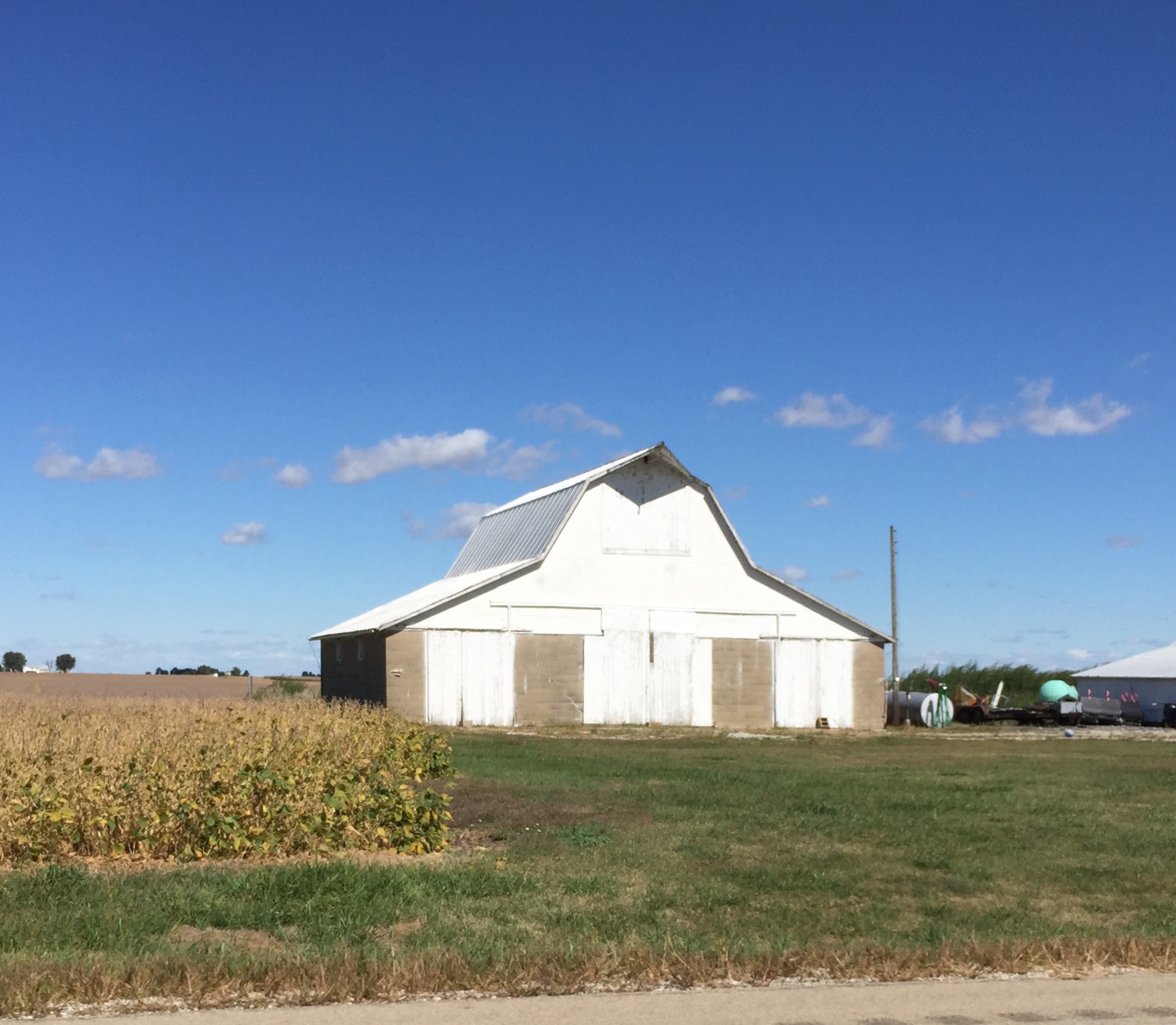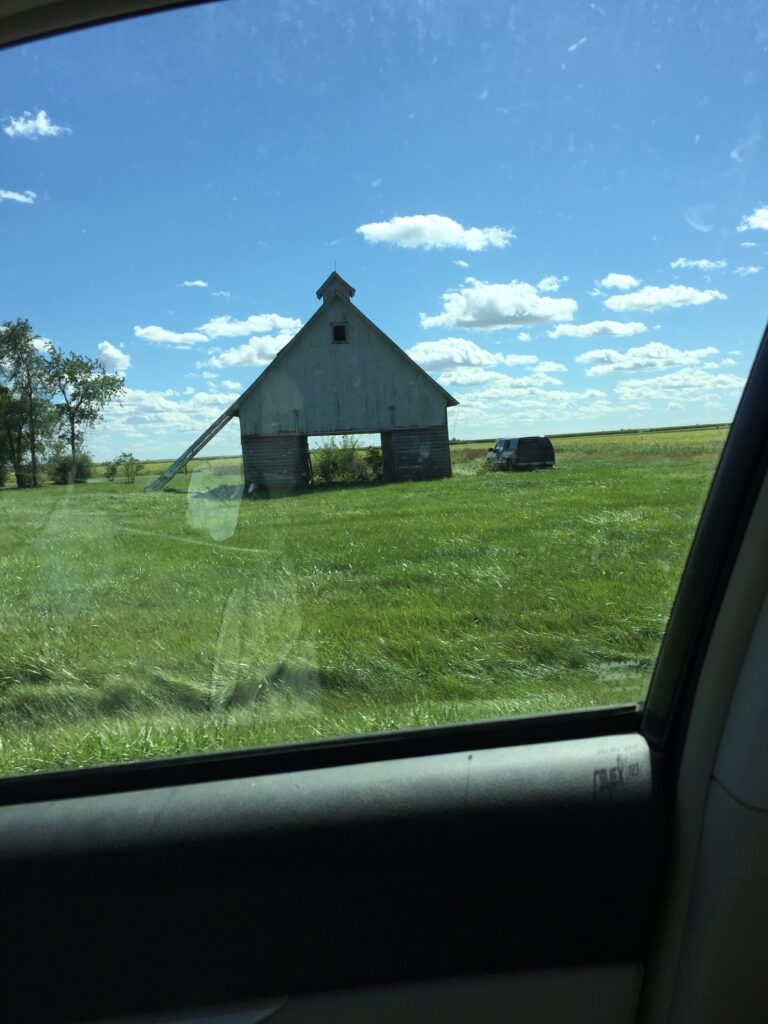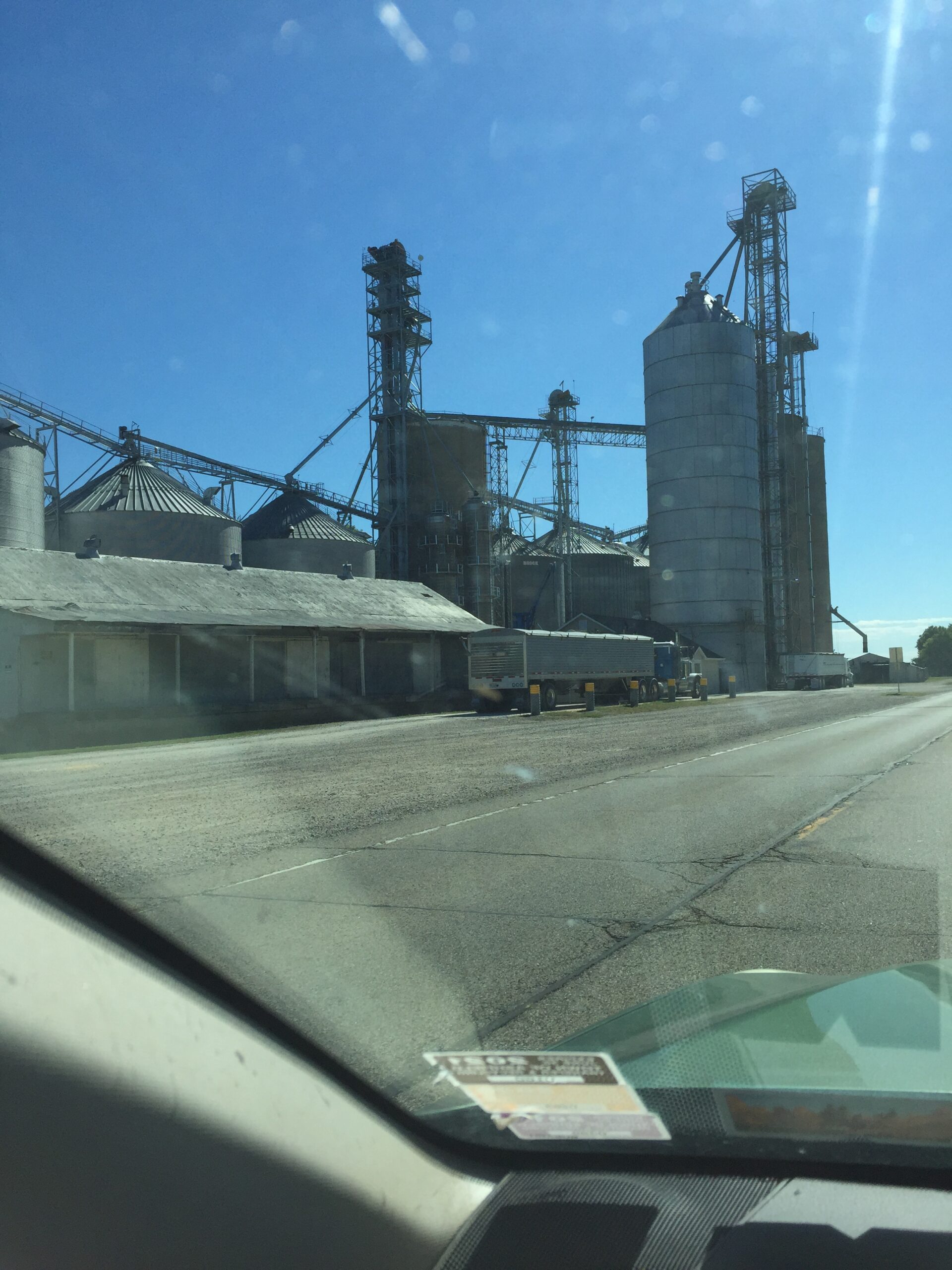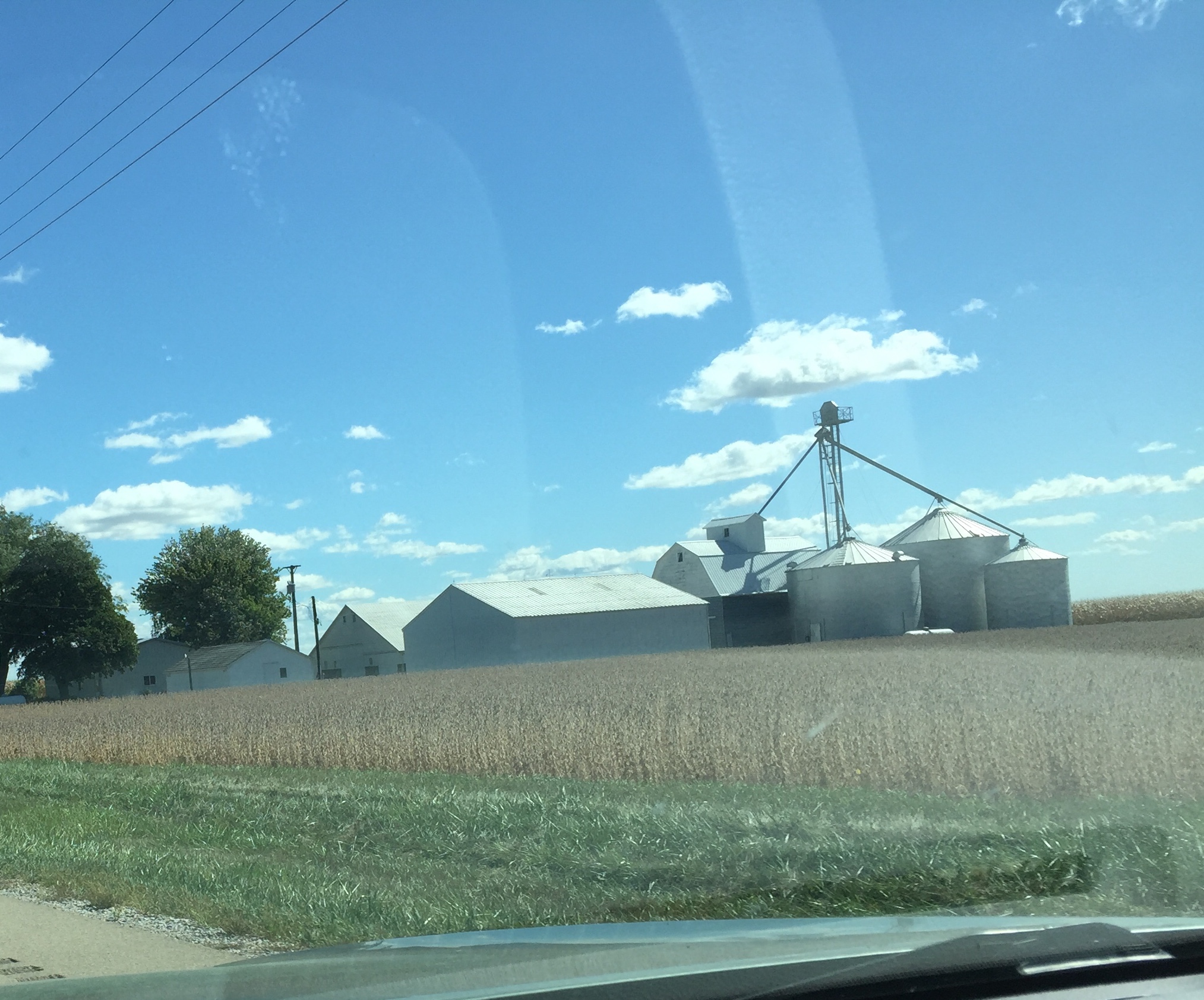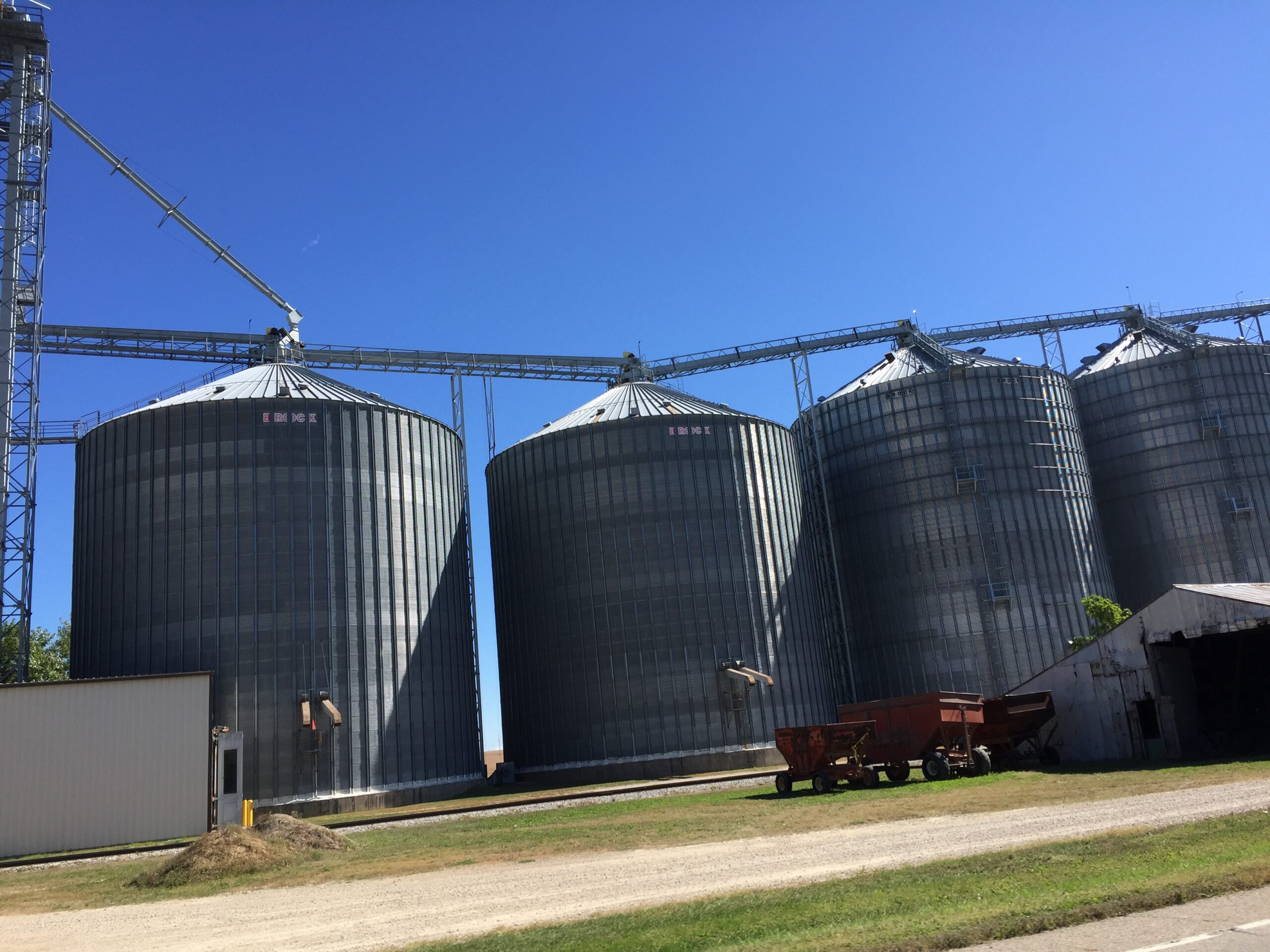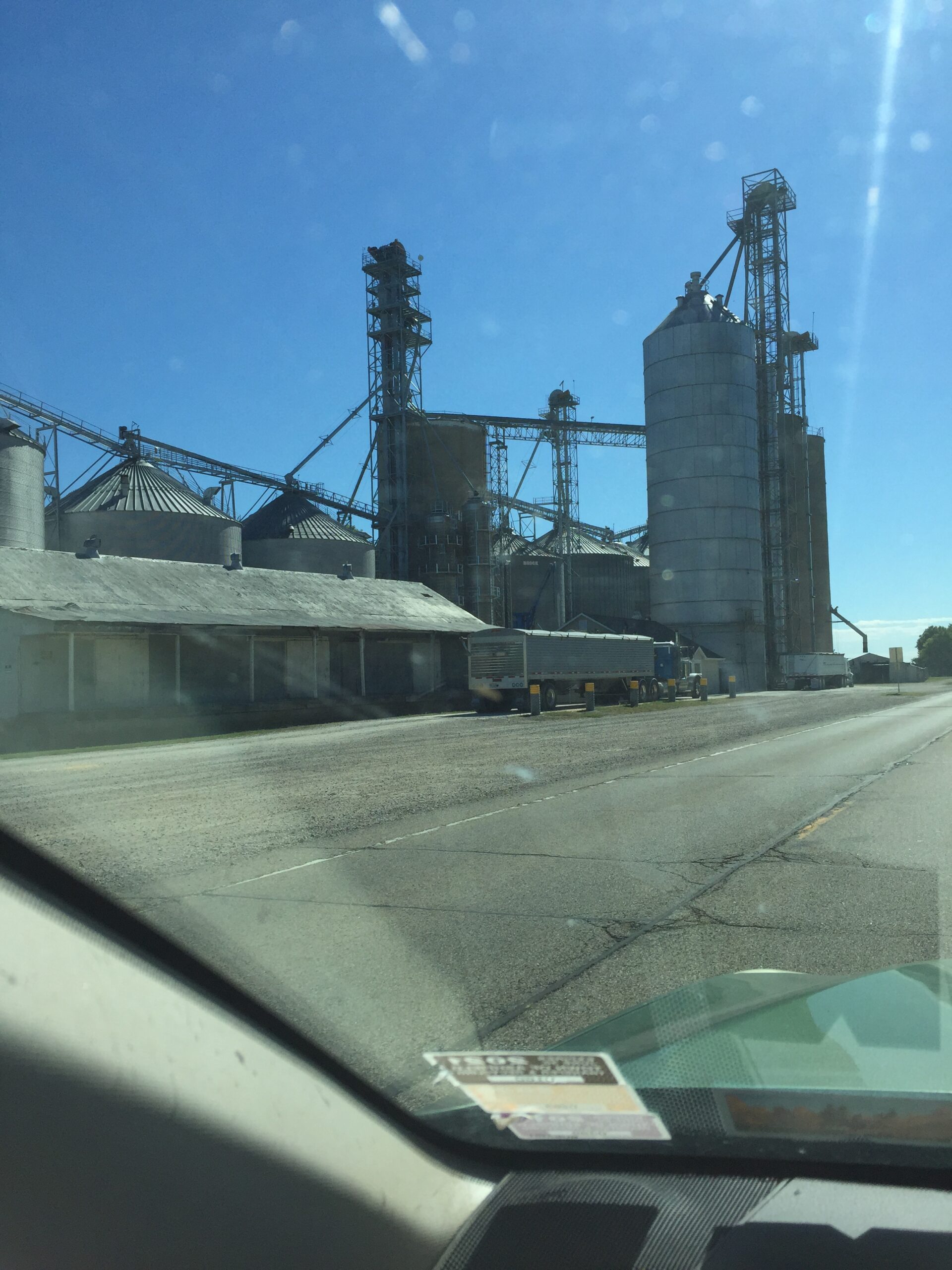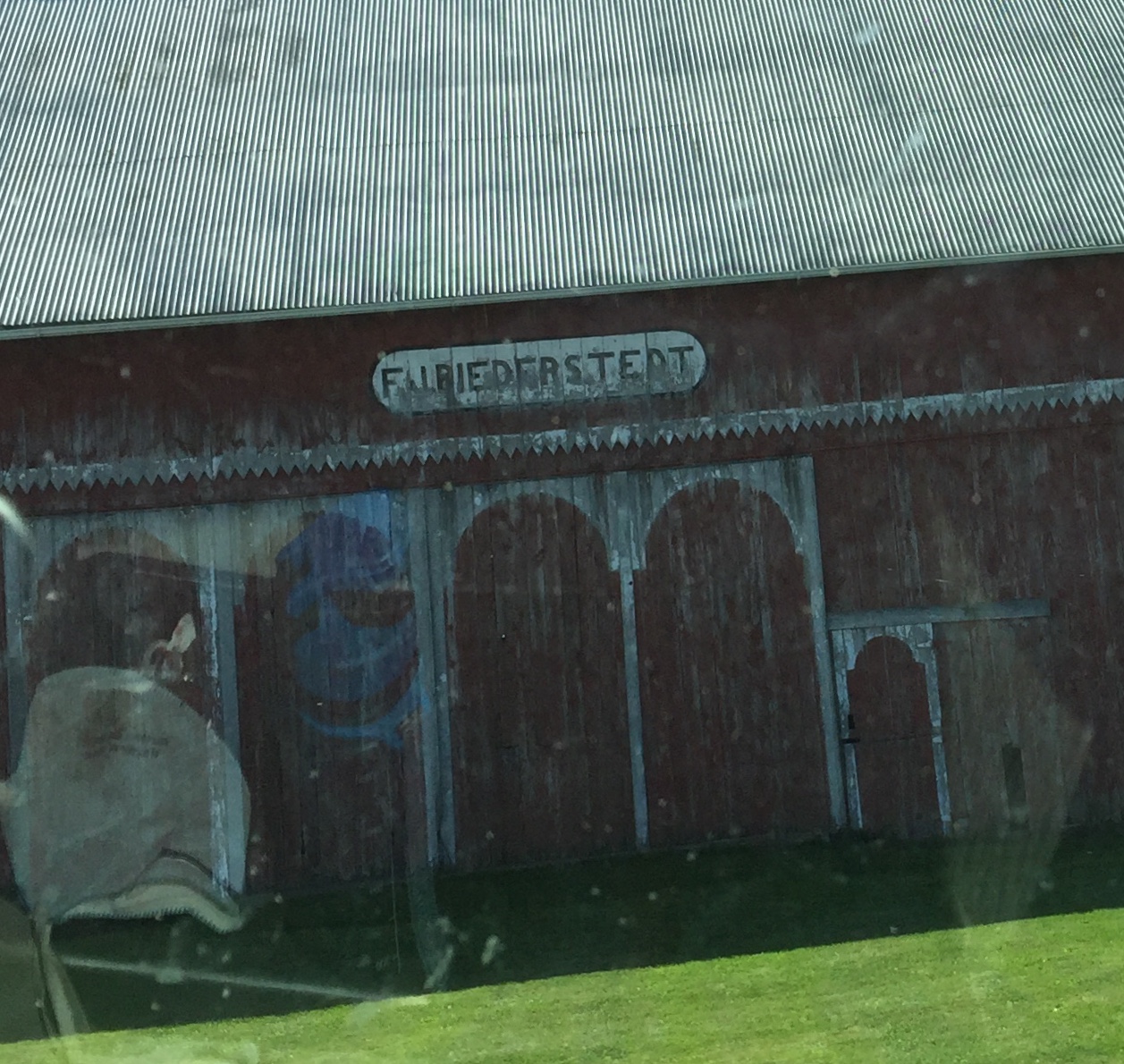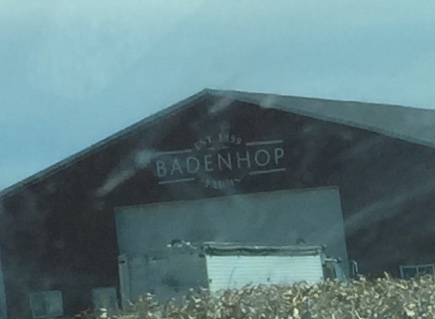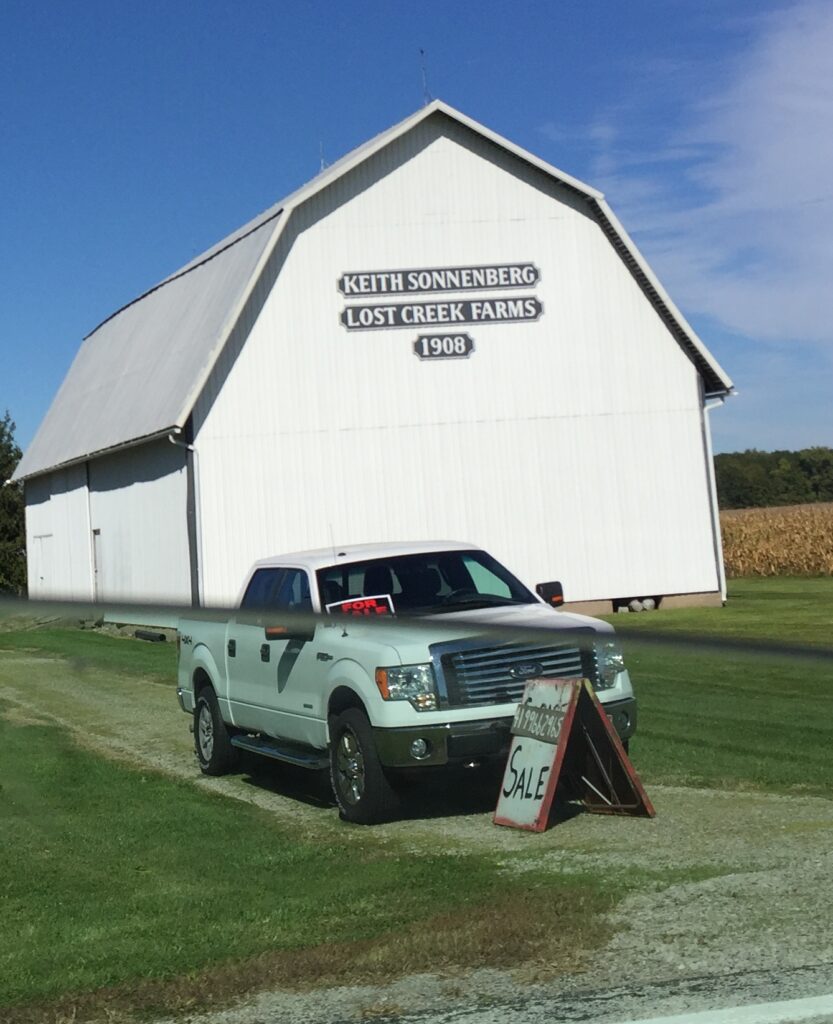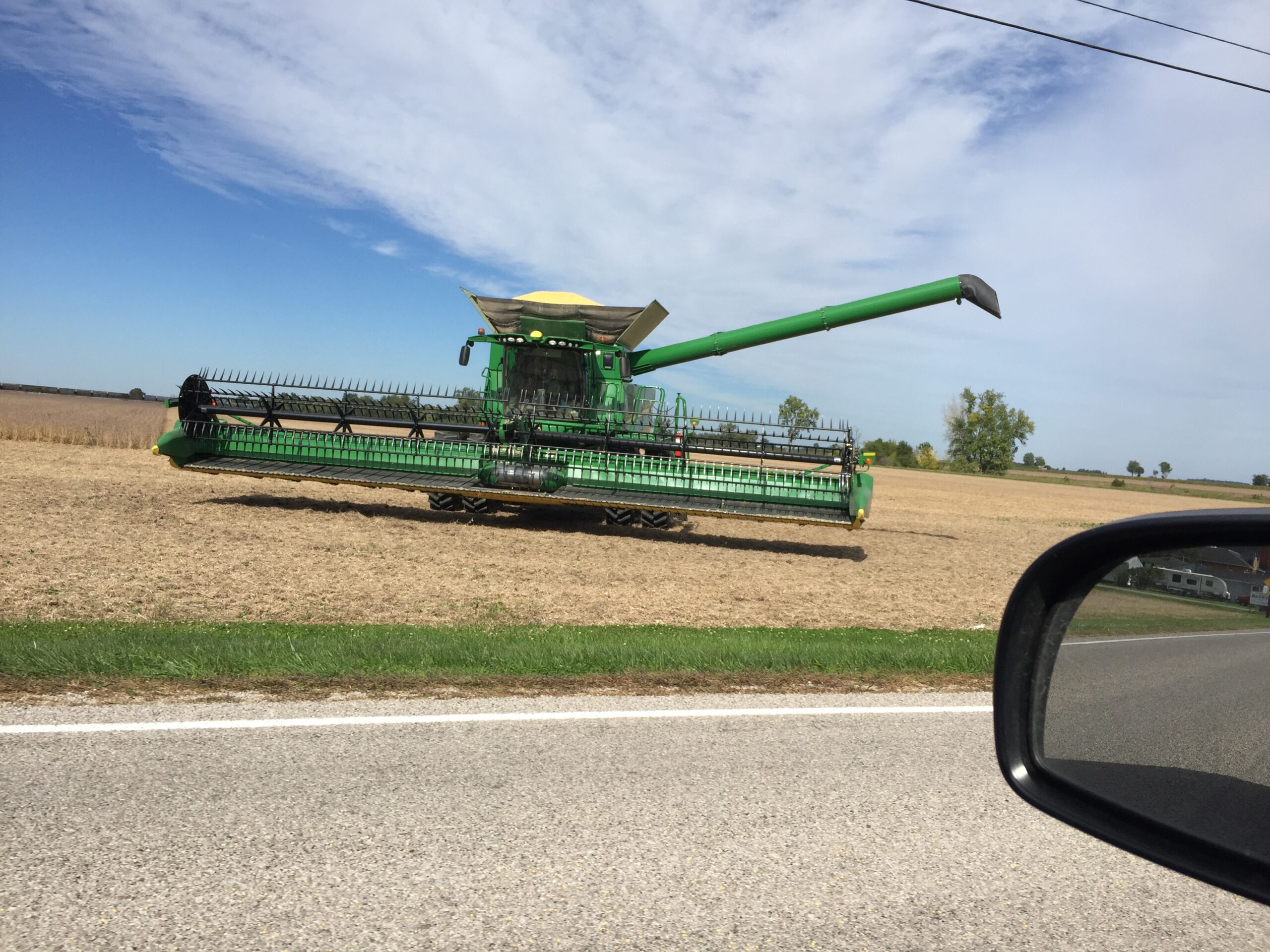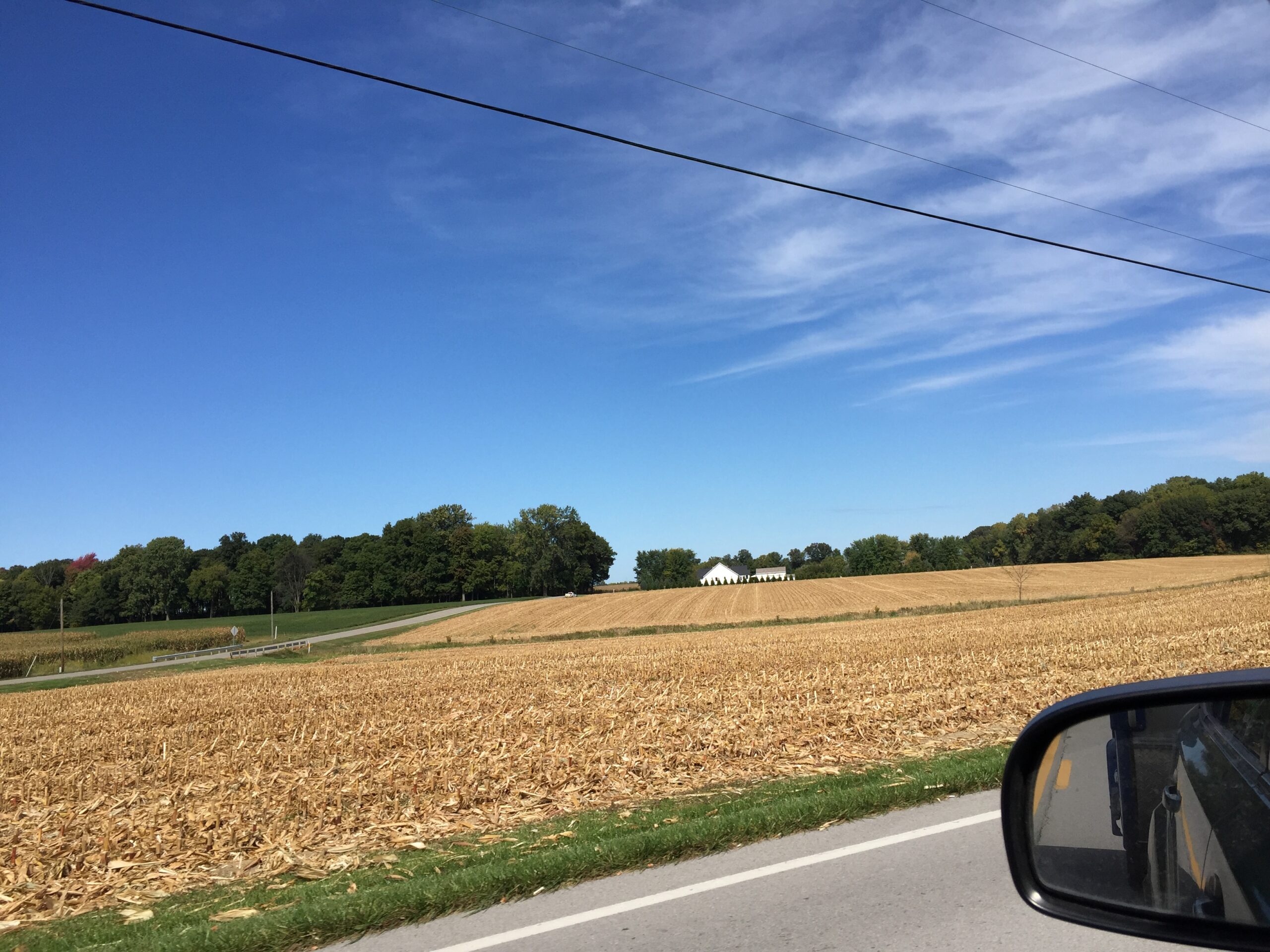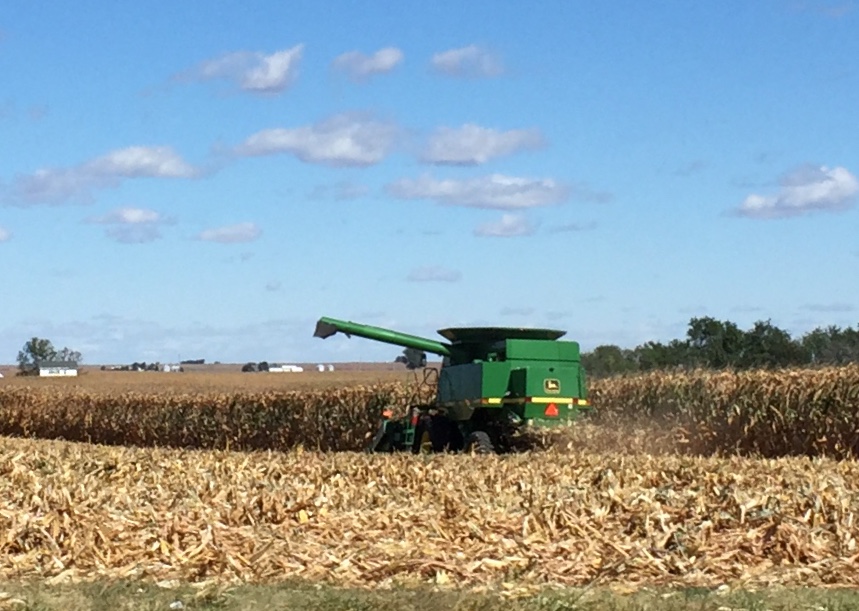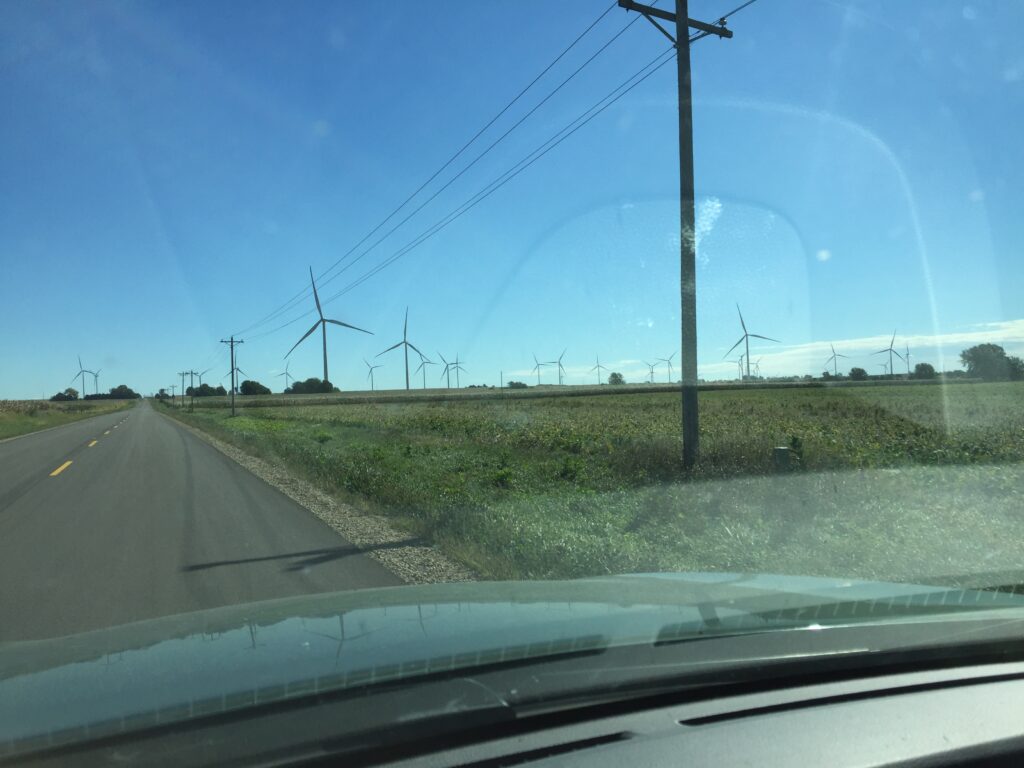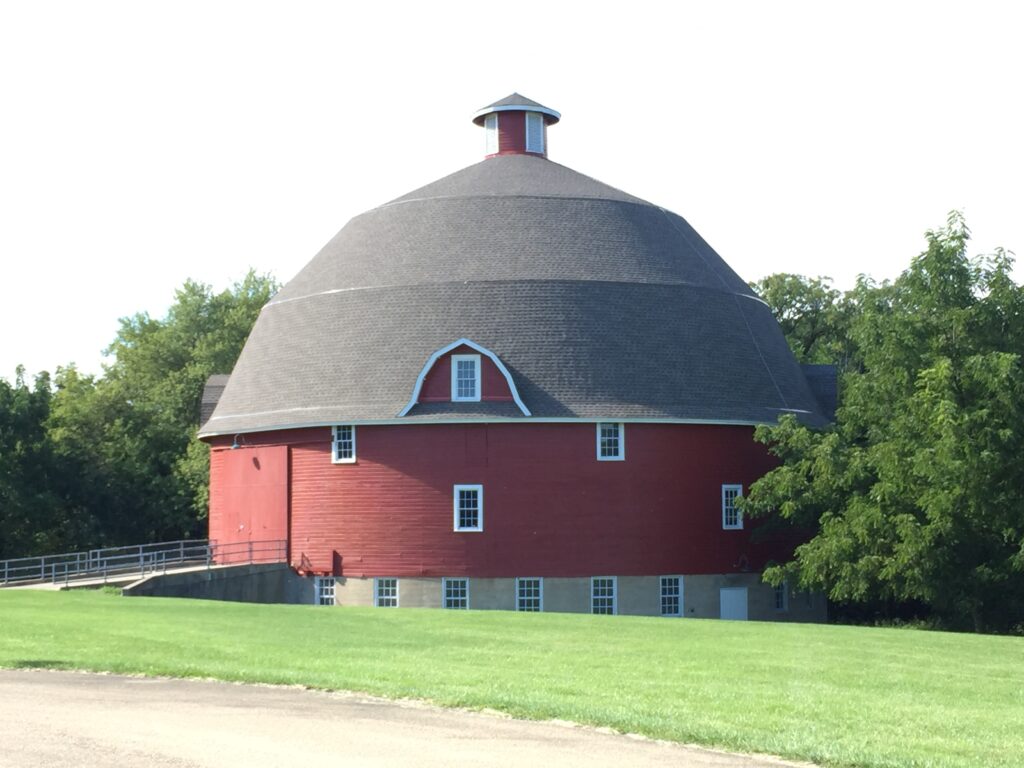Sorry this took so long to write: I may be having a harder time dealing with the end of the trip than Russ (friends warned Russ that he would feel depressed after finishing the tour, but nobody warned me).
Anyway, after leaving Waterford, we headed to Dalton, MA where we stayed one final night with a good friend (thanks, Bill!). His stepson, an executive chef, was in town and eager to meet us and hear about our trip. He cooked us a gourmet dinner, and even made breakfast the next morning with eggs and french toast, before heading off to work!
On the way to Bill’s I had some time to kill, so I stopped at Hancock Shaker Village just outside of Pittsfield, MA. I’d been there before, but as Russ’s helper at an art and crafts show, so had never really explored the place. The whole history and culture of the Shakers is fascinating to me, as is their very spare aesthetic, and I was lucky to catch an interactive talk on their music.
The day was beautiful:



I could not resist the picture of the dairy house and matching tree in fall foliage!
There are presently three art installations by contemporary Asian artists at Hancock, part of an annual program where Hancock invites artists to make new work in response to the historic site. One in particular, a series of large murals and some smaller works incorporating reproductions of Shaker gift drawings, drew me in. The artist, Yusuke Asai of Japan, created all of his pigments from nearby natural sources, and drew on the biocentric spirituality of the Shakers and of Asian cultures for his imagery. His works were visually stunning and deeply moving.



I urge anyone who can to see these installations, on view through November 14, and to read the excellent article about them by Chadd Scott in the July 18, 2022 issue of Forbes Magazine (“Hancock Shaker Village Welcomes Artists From Asia”).
The next day, we returned home to an overgrown lawn and an intact (but mouse-infested) house. I took off the next weekend to retrieve my cat, Inky. My brother and sister very generously cared for him while we were gone. They did a great job, as you can see!


One last look at the flowers of 2022: these were blooming amongst the overgrown weeds in our yard (on Nov. 1st, no less!):



So ends the Tentist and the Teapot Tour. Russ actually broke down and cried when he rode into our driveway on the last day. ”It’s over,” he sobbed. ”Now what?” I urged him to think of us as gardeners: we have reaped this year’s crop, and now we will dream and plan for next year. There will be future trips; we are already discussing them. Next year will be different, as Russ’s son is getting married in Massachusetts in July. Perhaps two shorter trips in spring and later summer; perhaps a very different adventure, like kayaking along the Erie Canal. Like the horizons in Montana, the possibilities are endless.
FOR ANYONE WHO IS INTERESTED: when we’re not touring, this website hosts my upcycled clothing business, Hermie Feyanna. Check future posts under the Hermie Feyanna heading to see what I’m up to.
